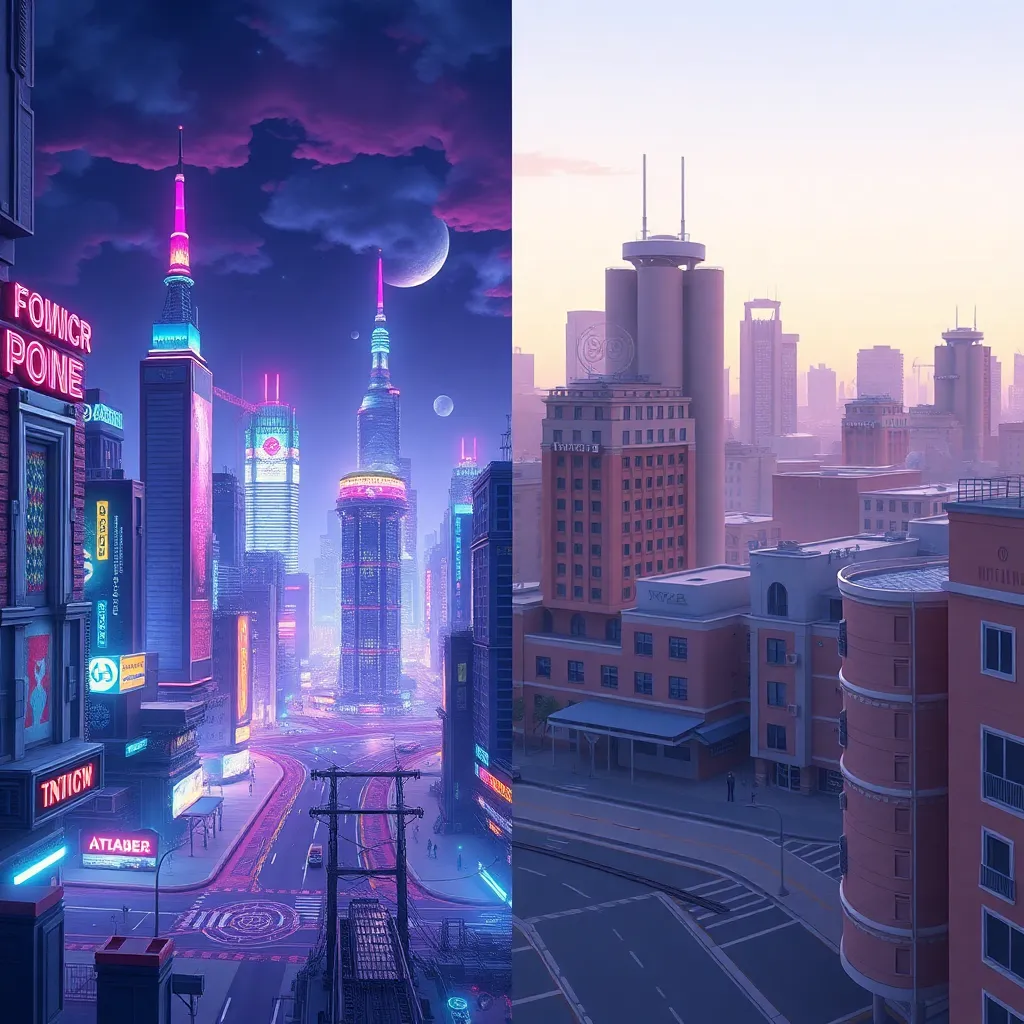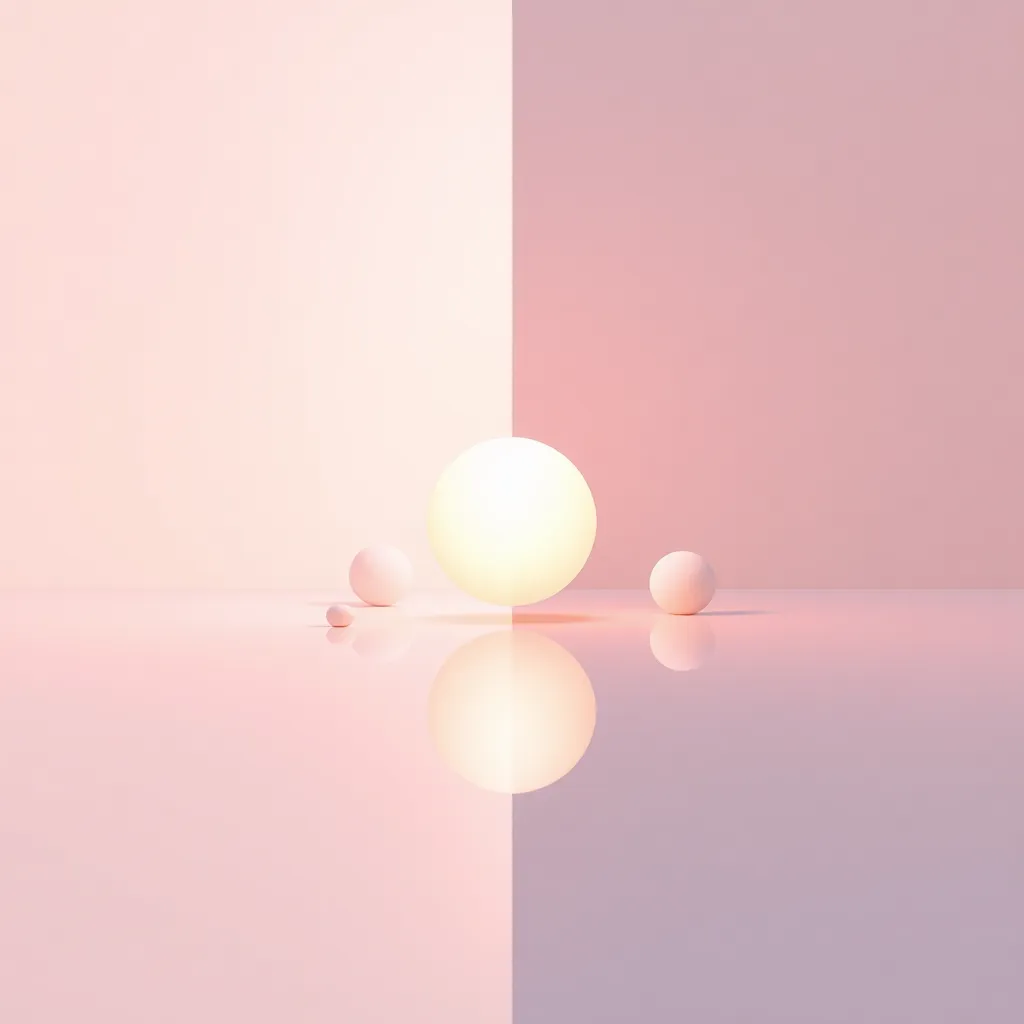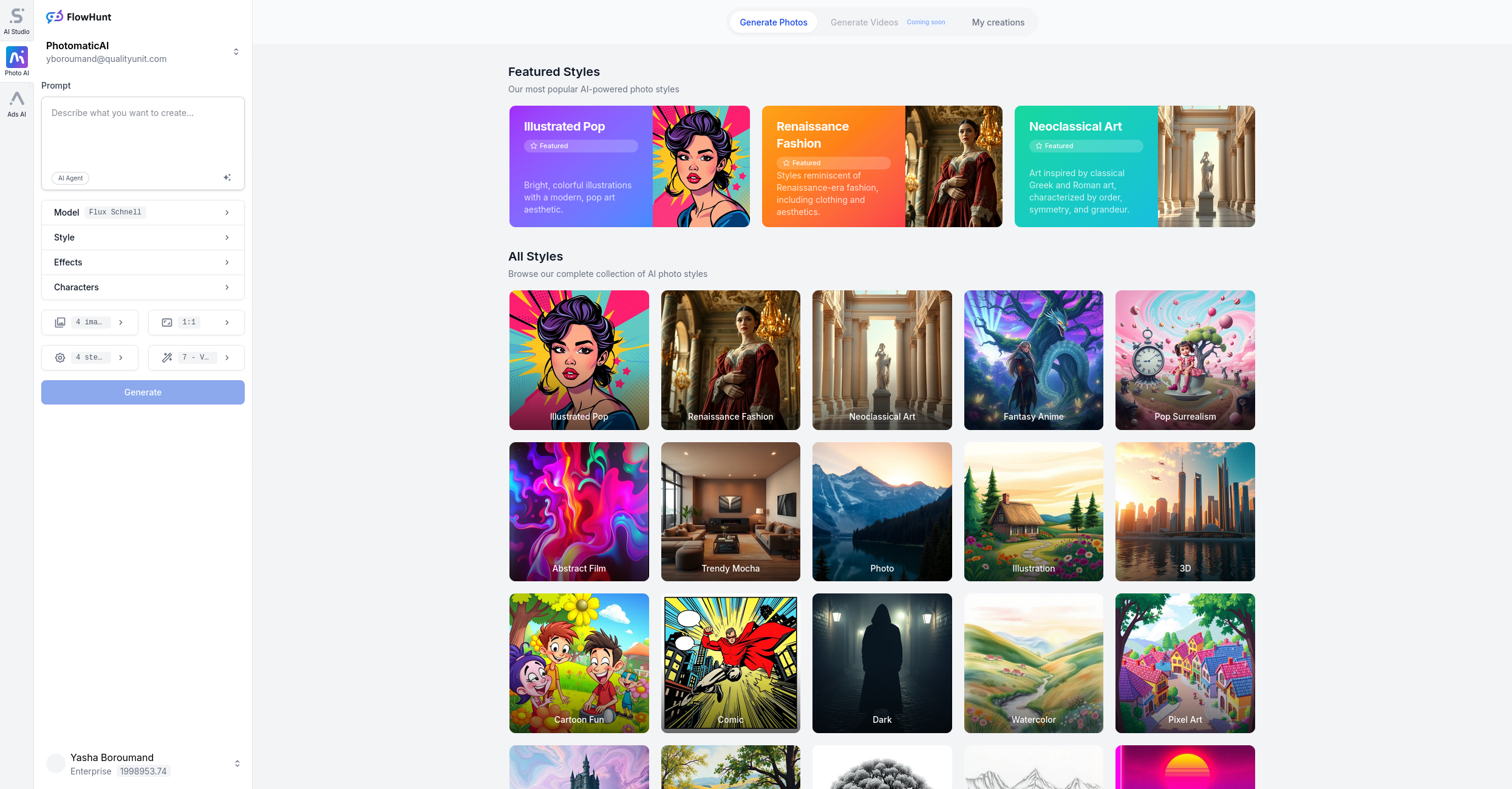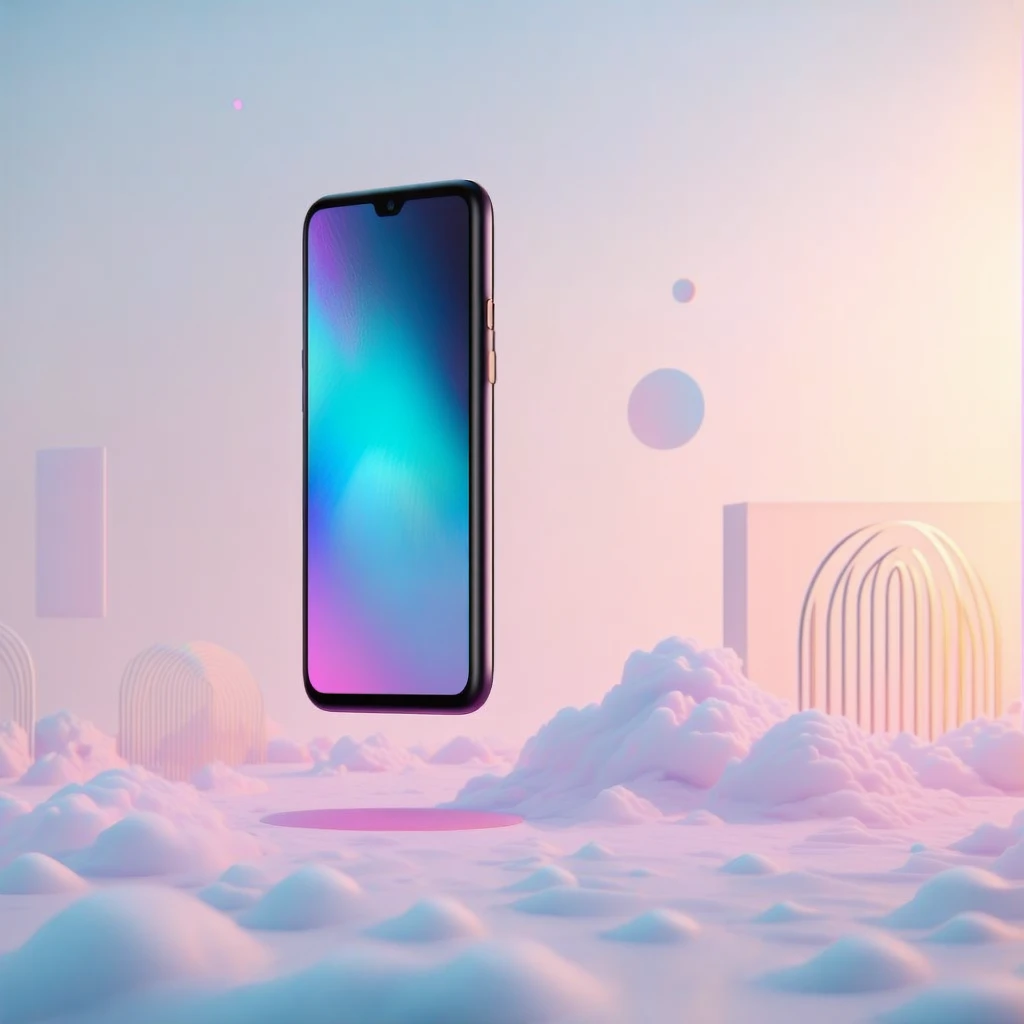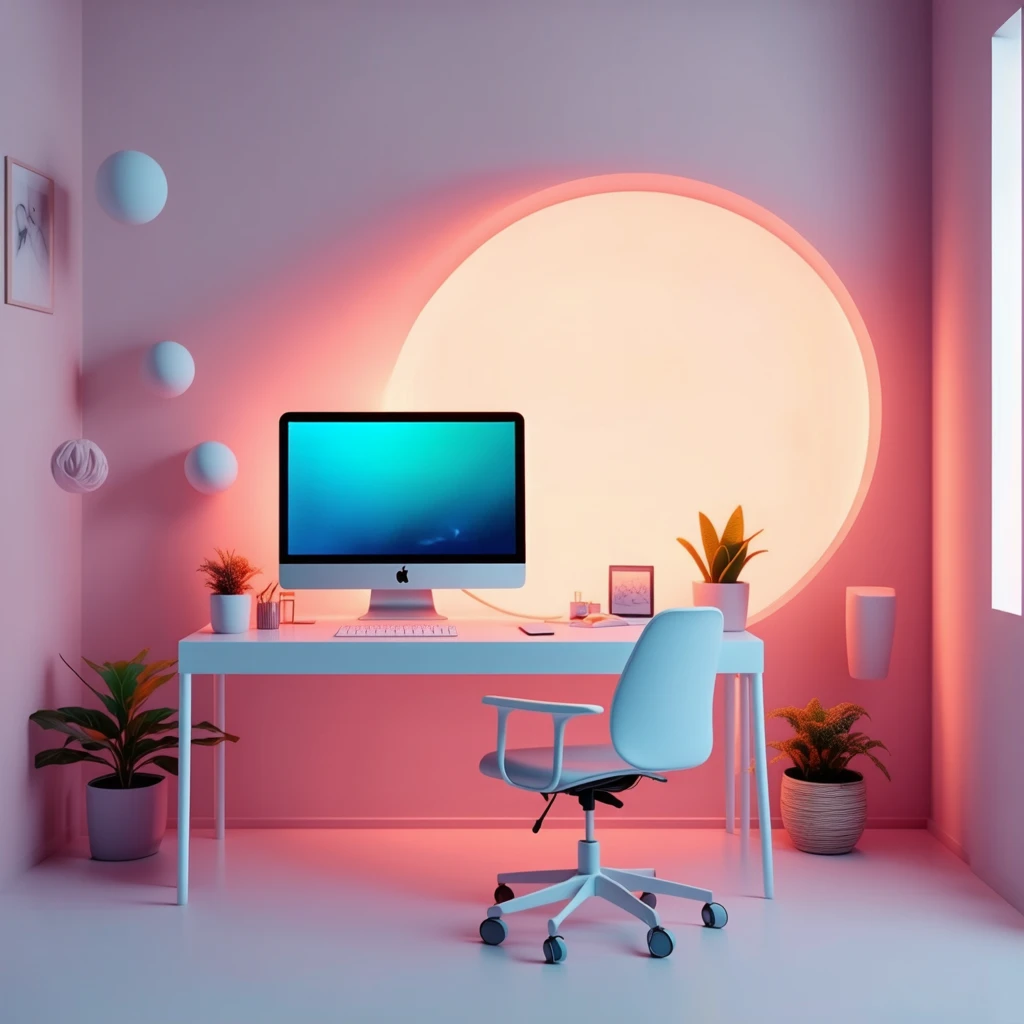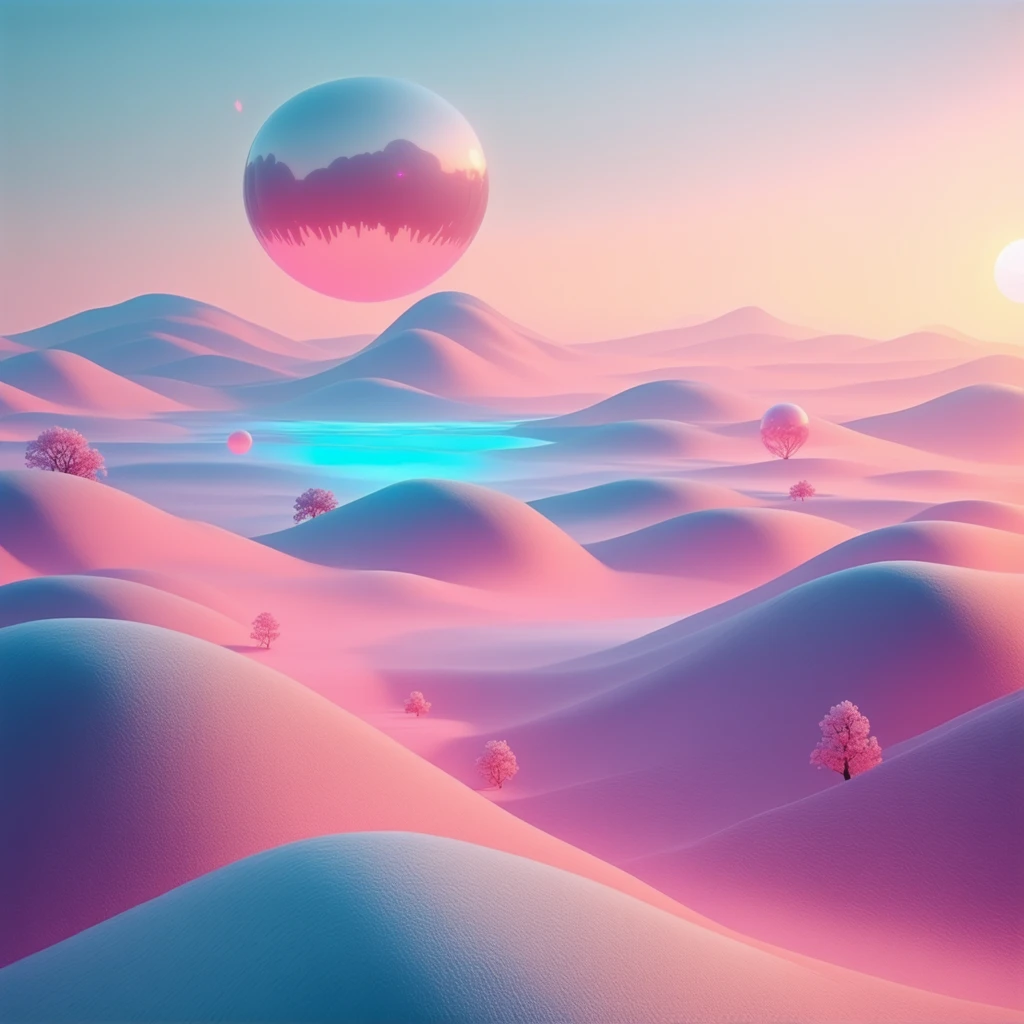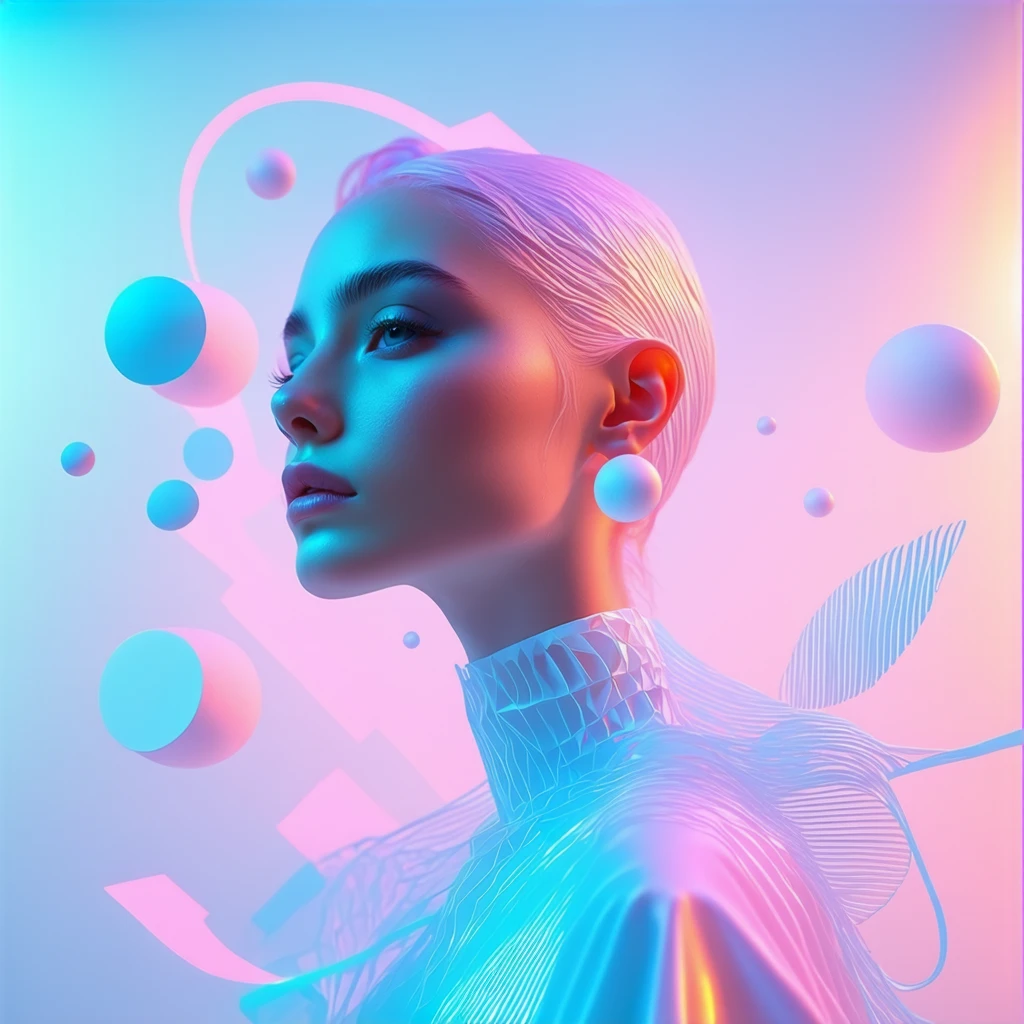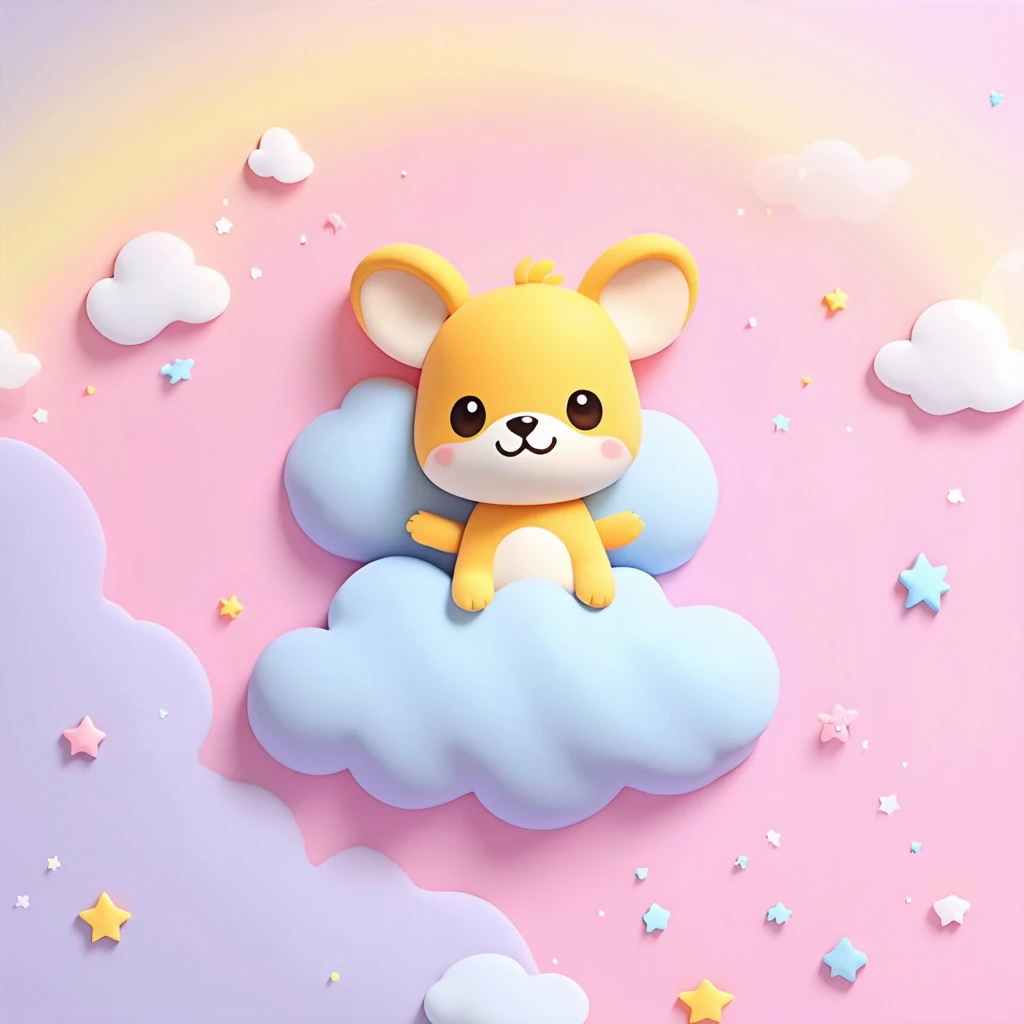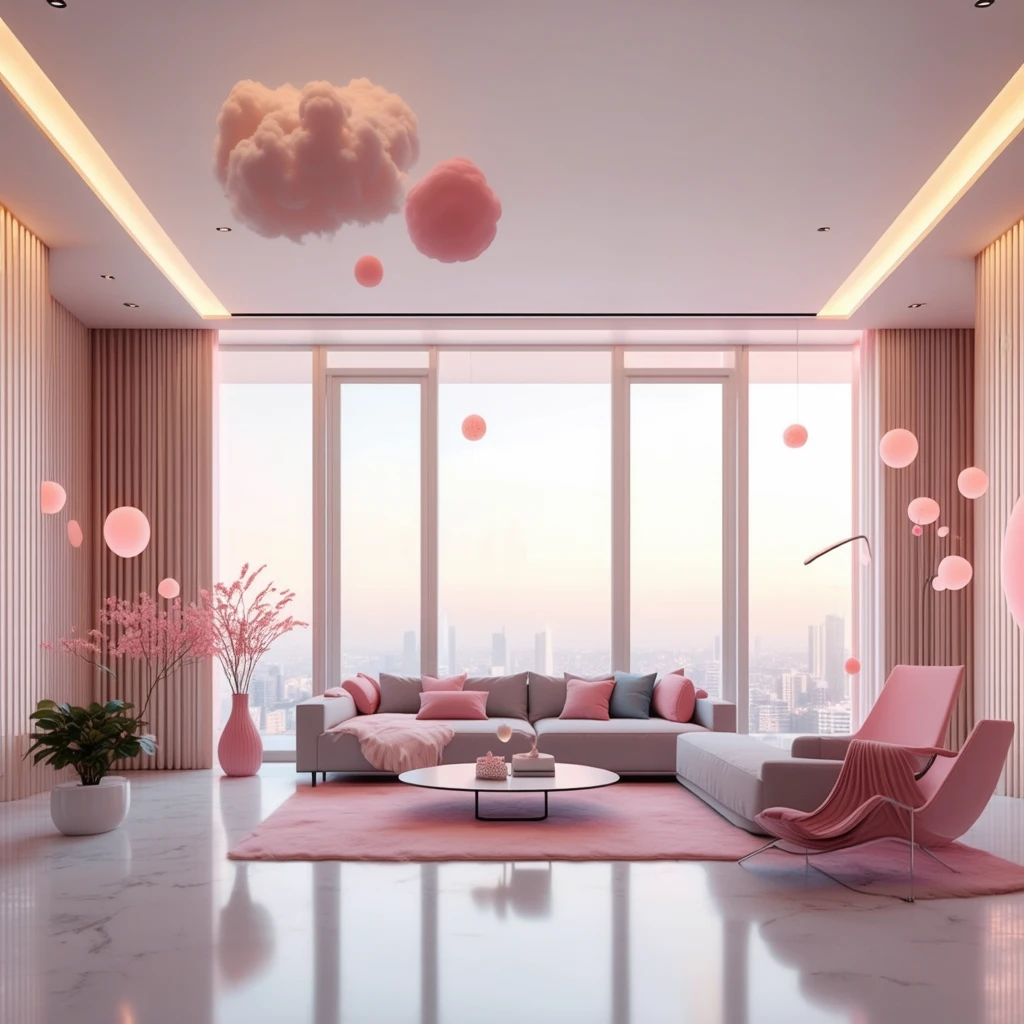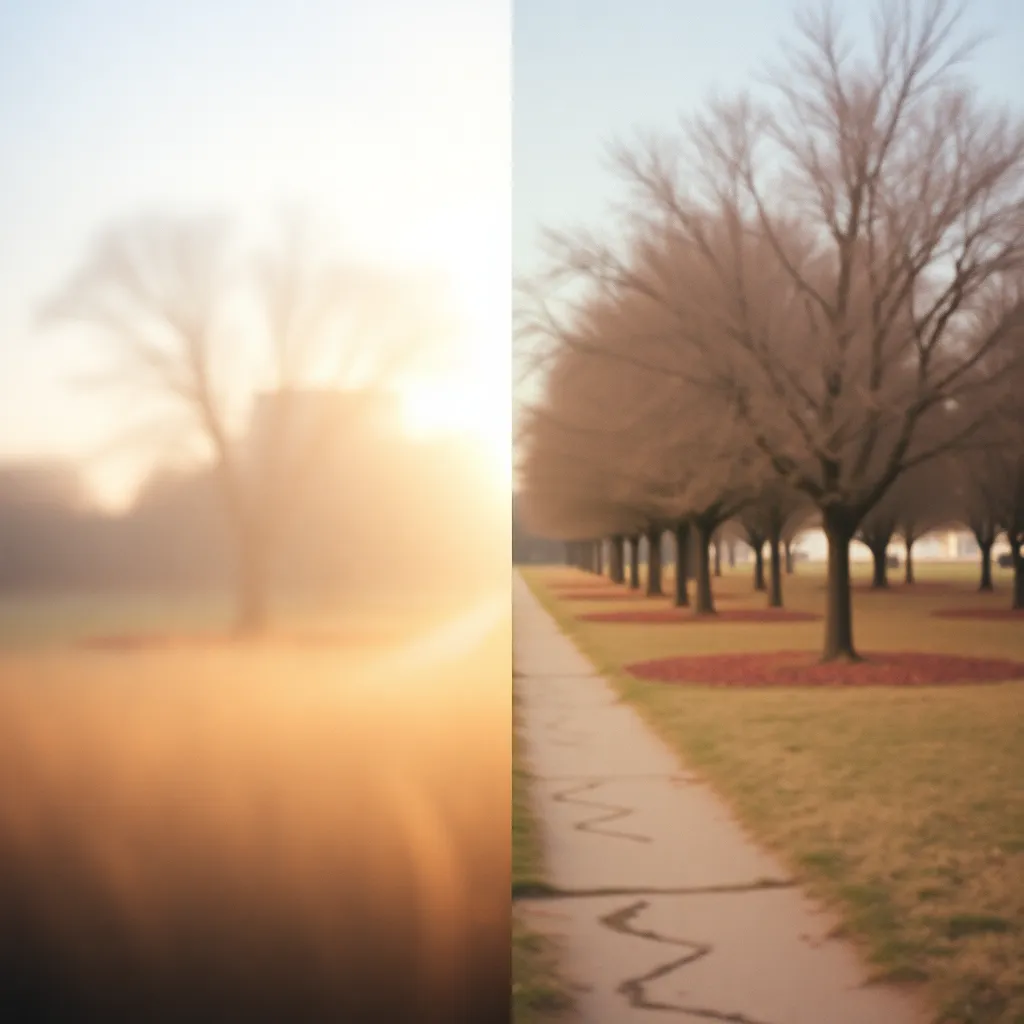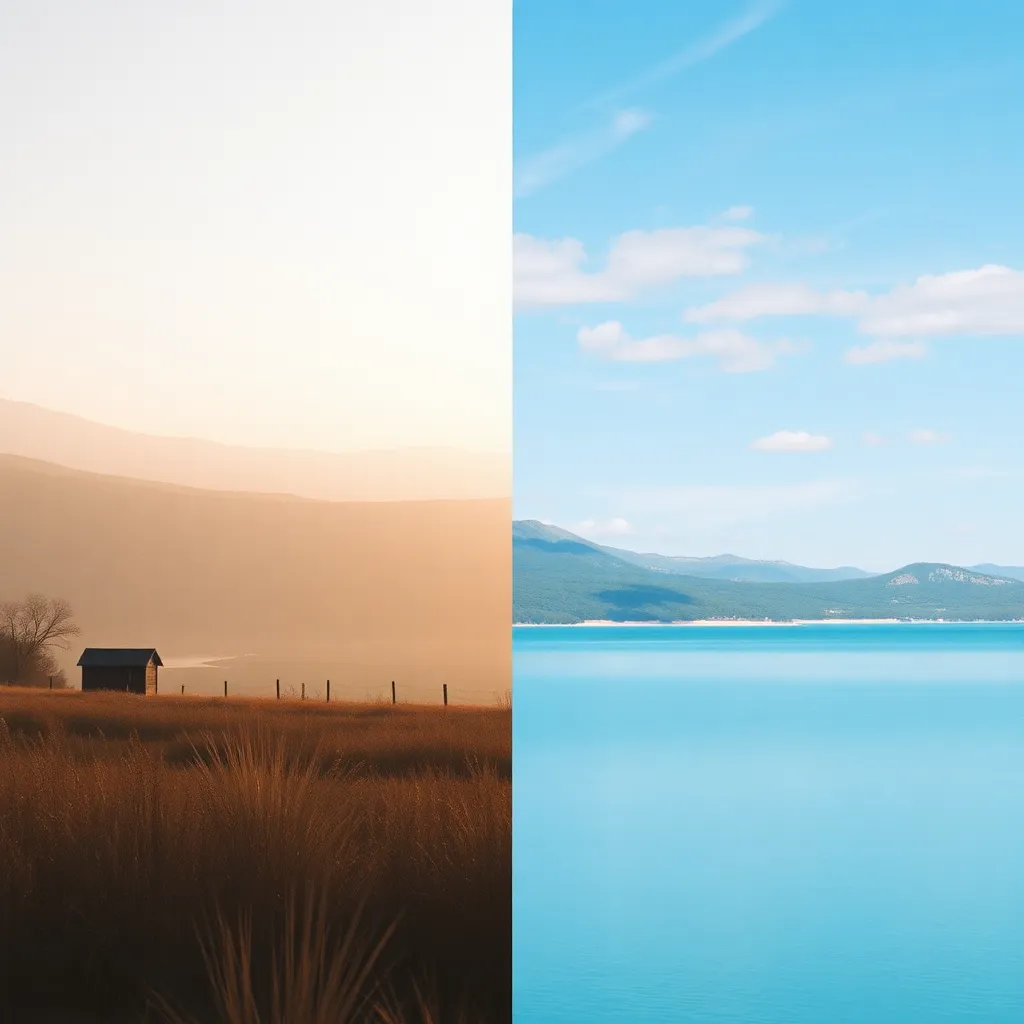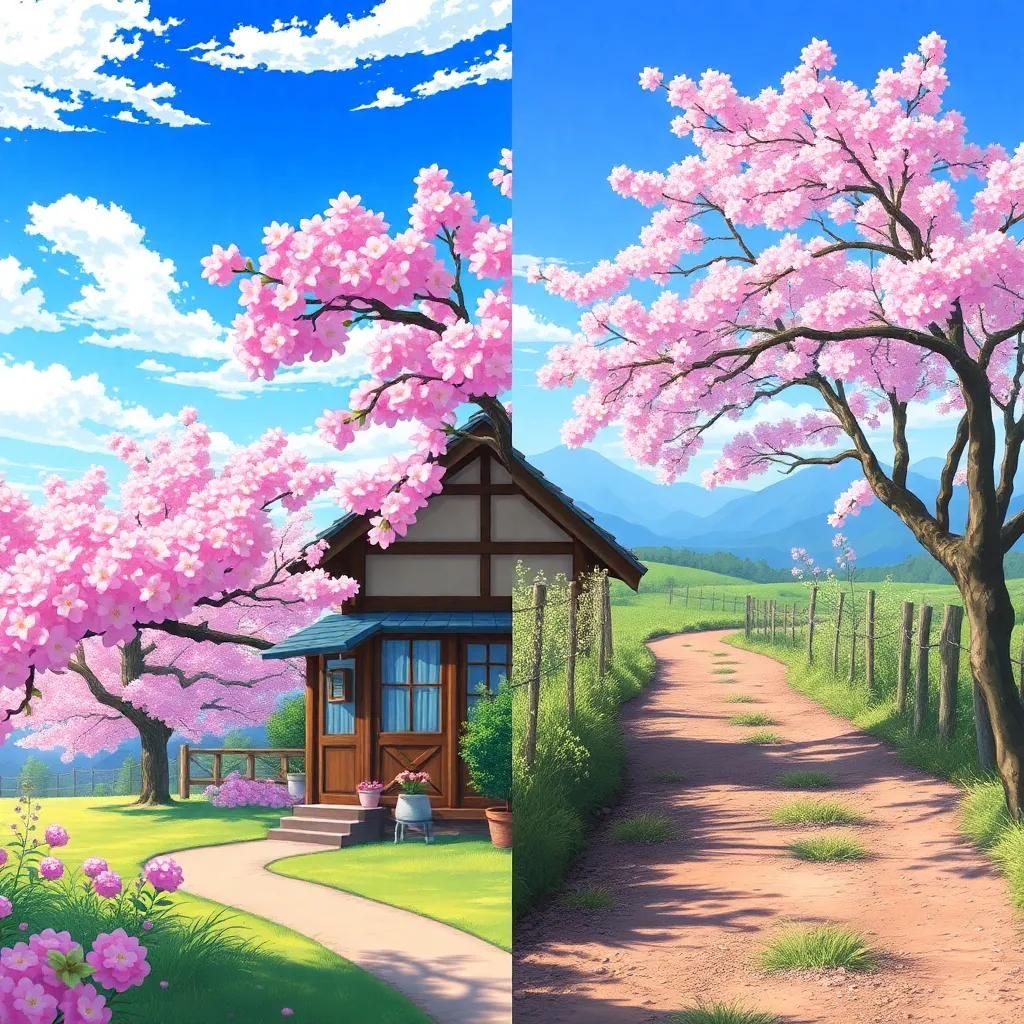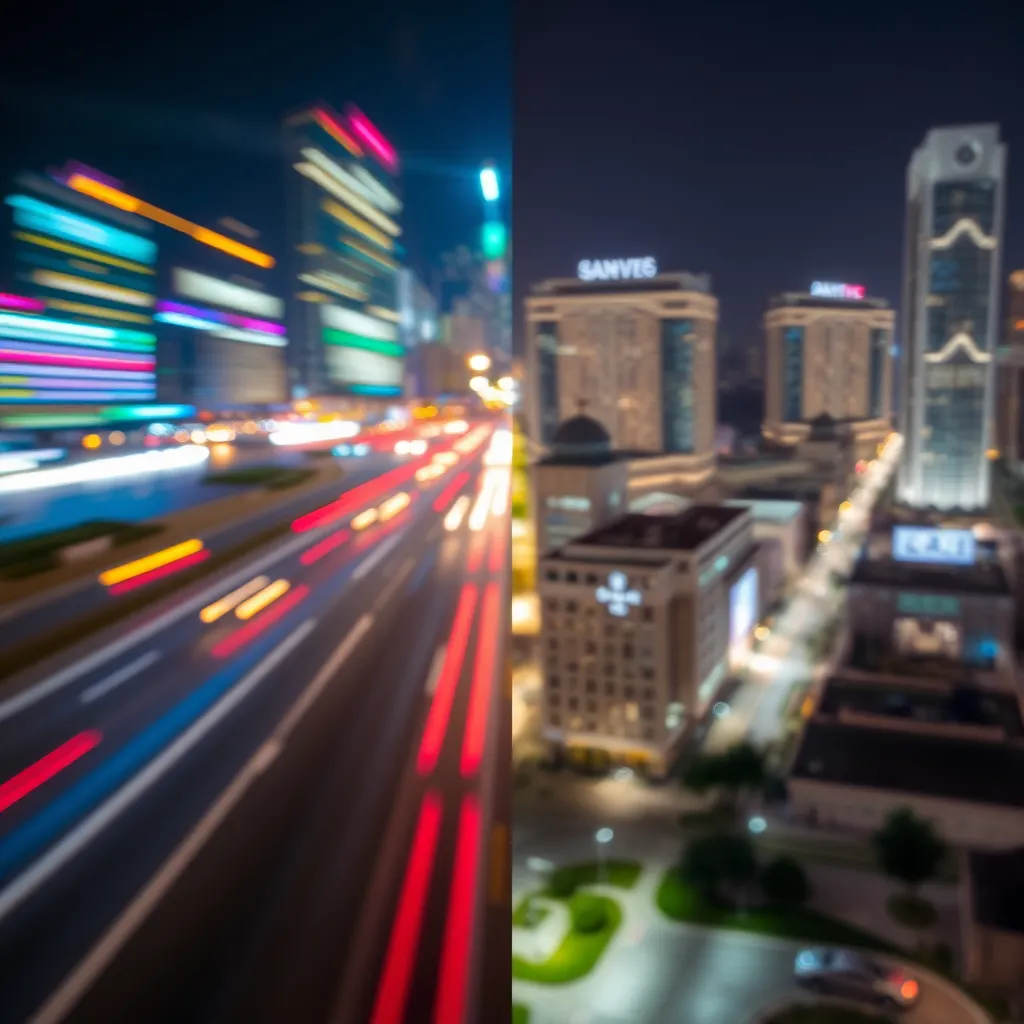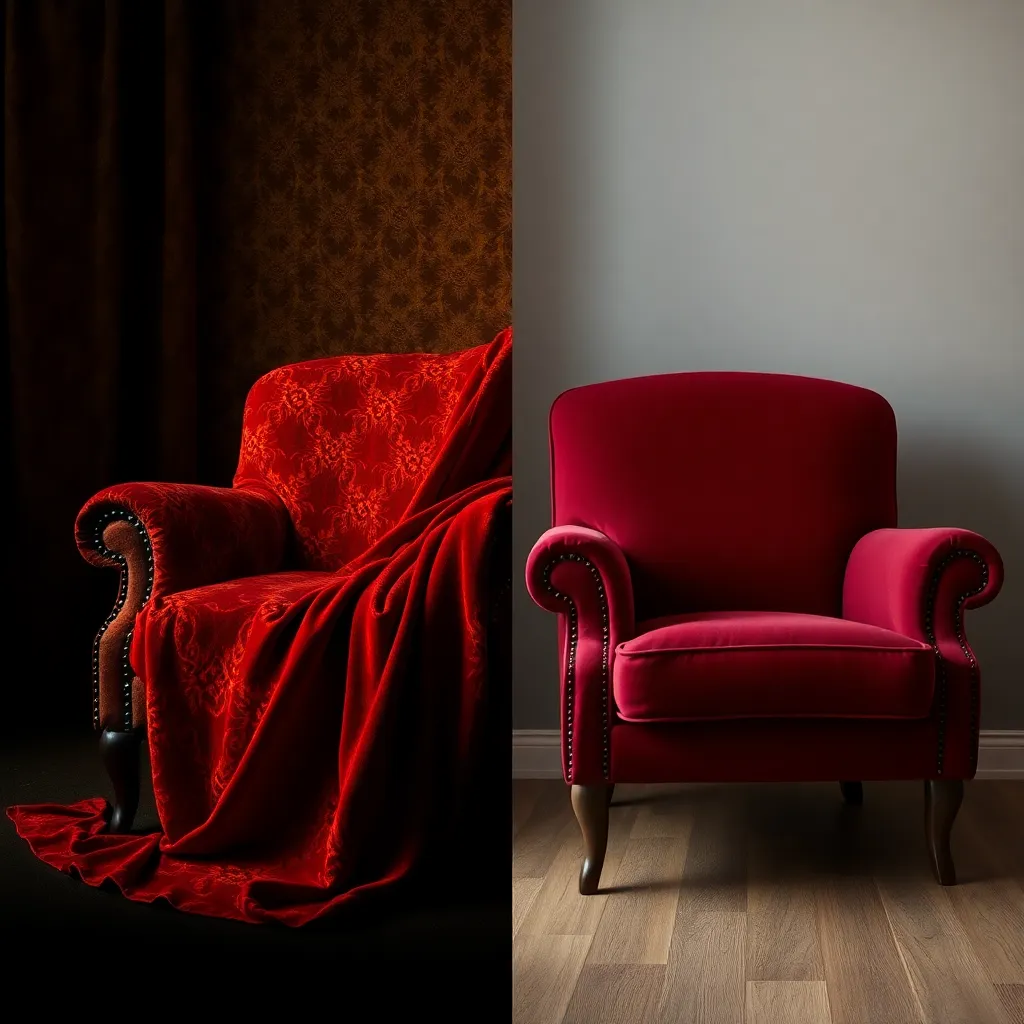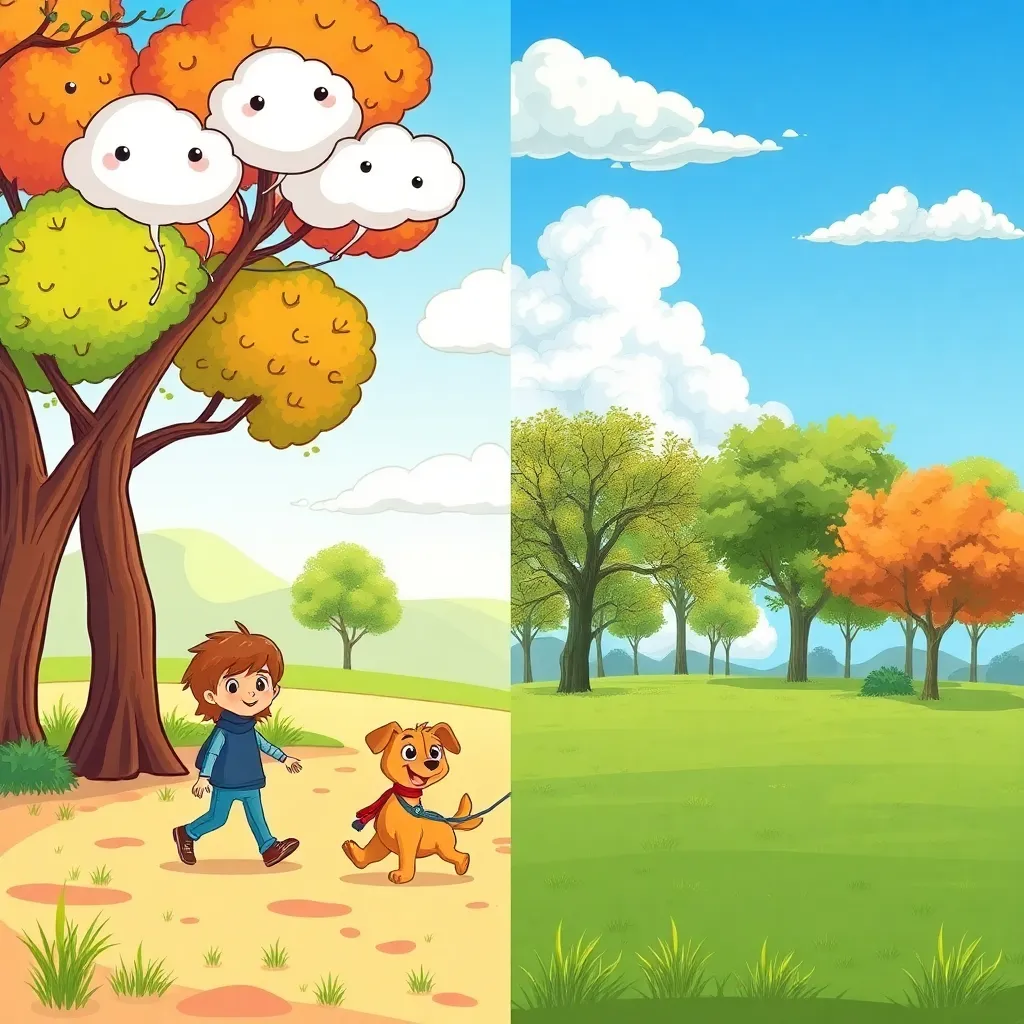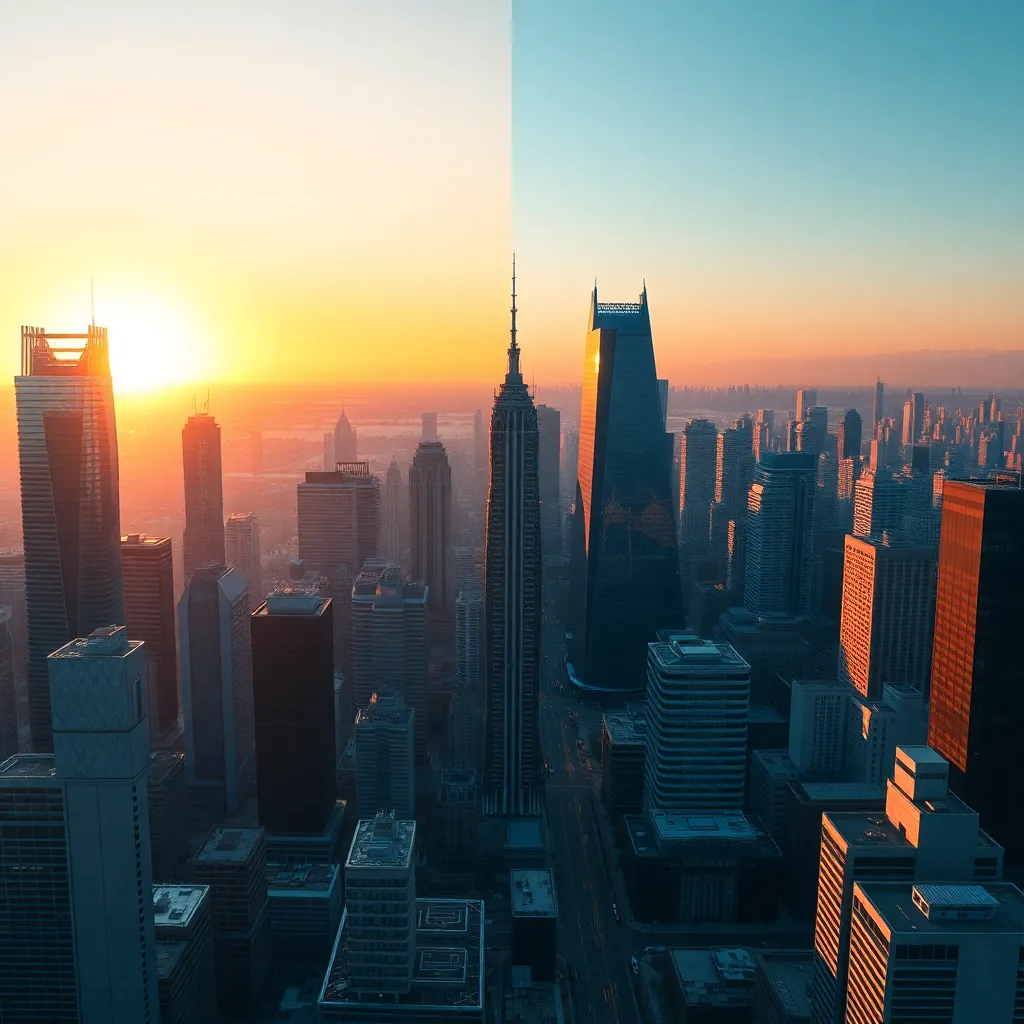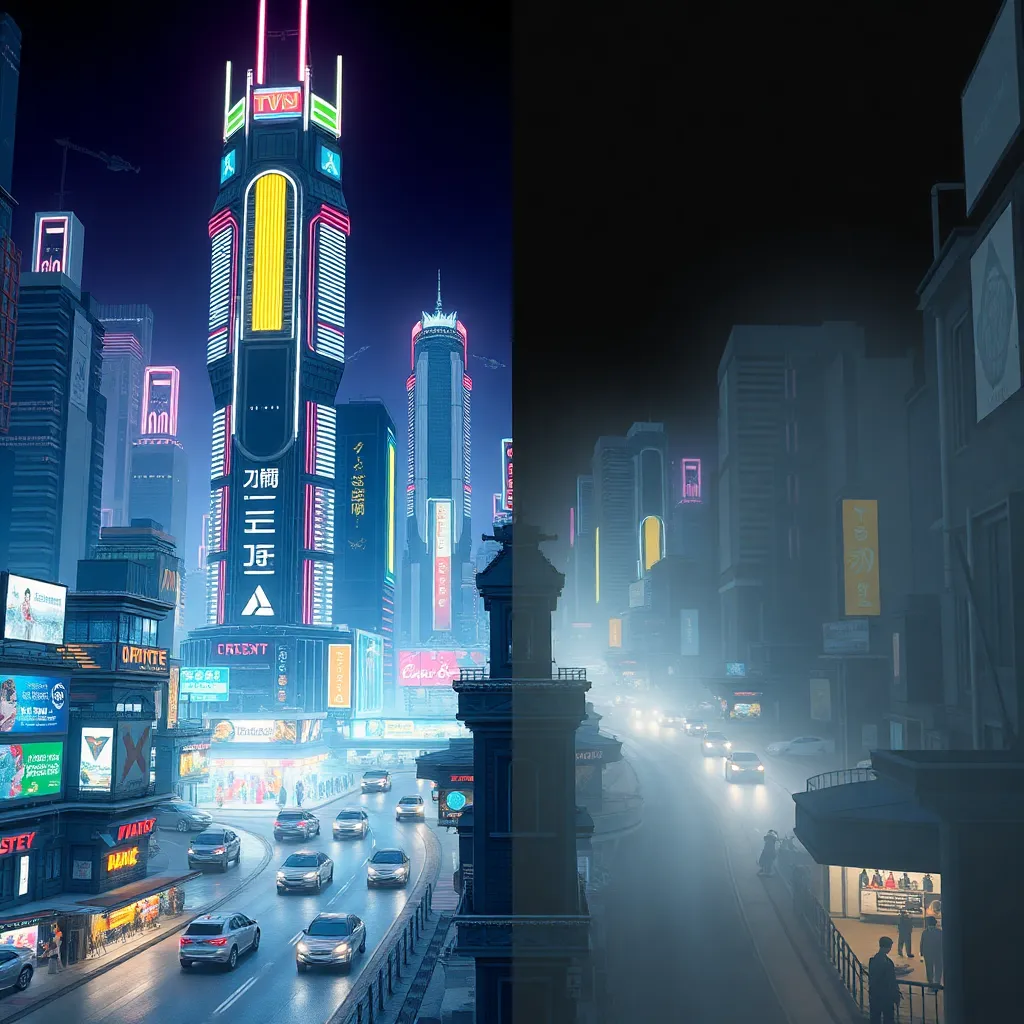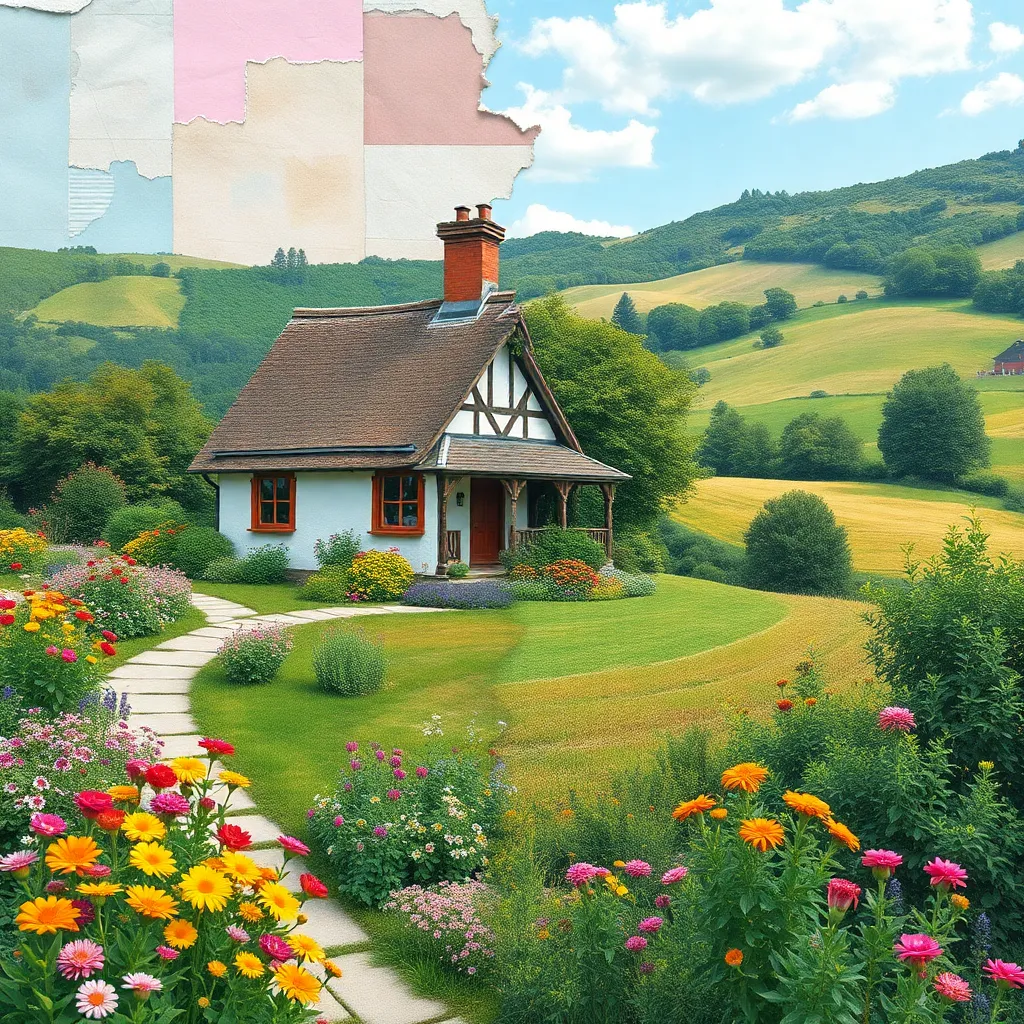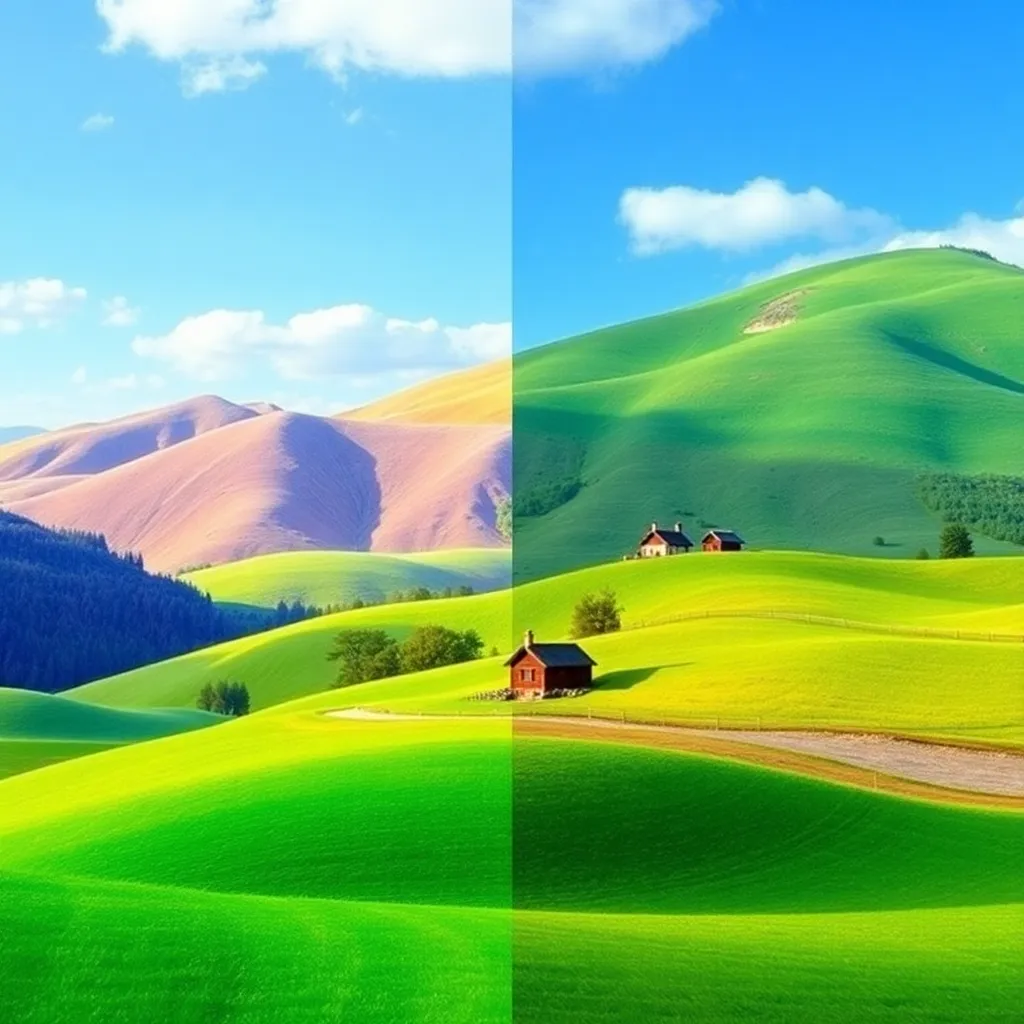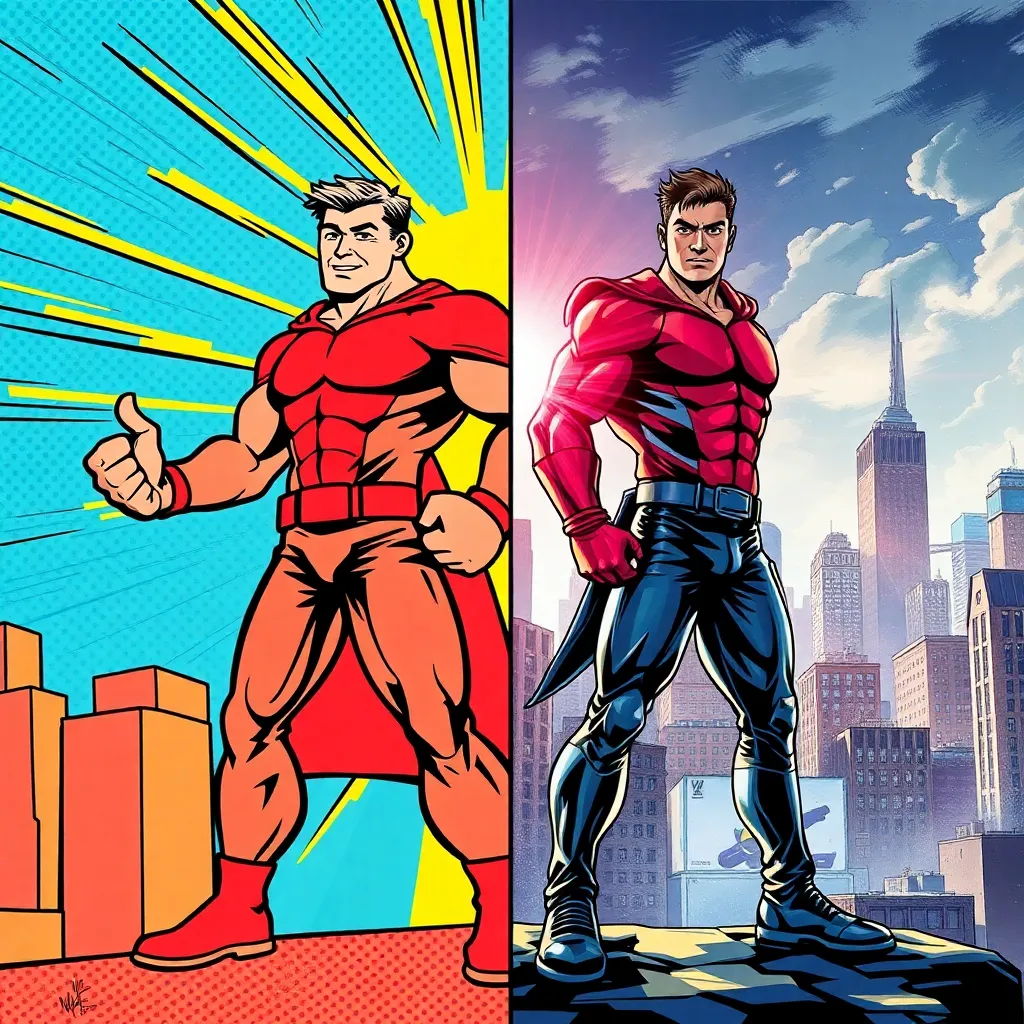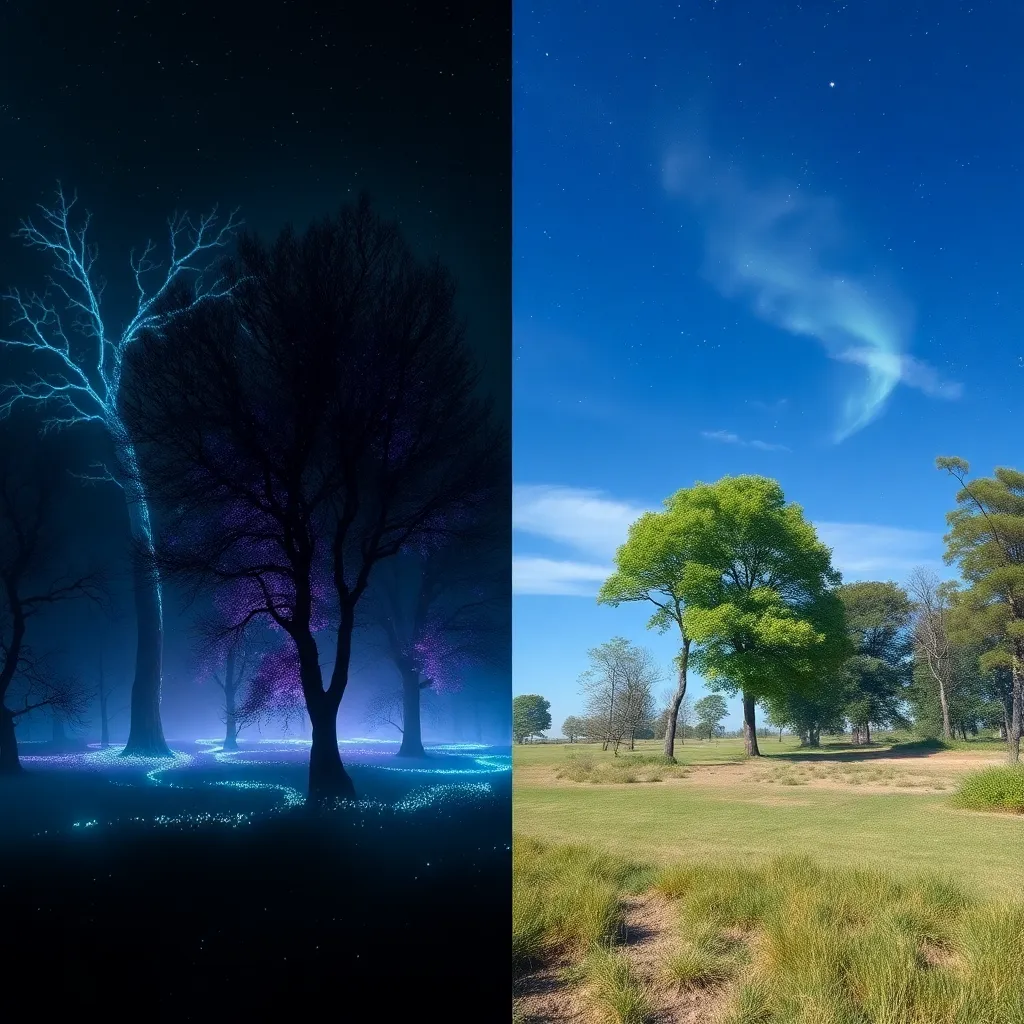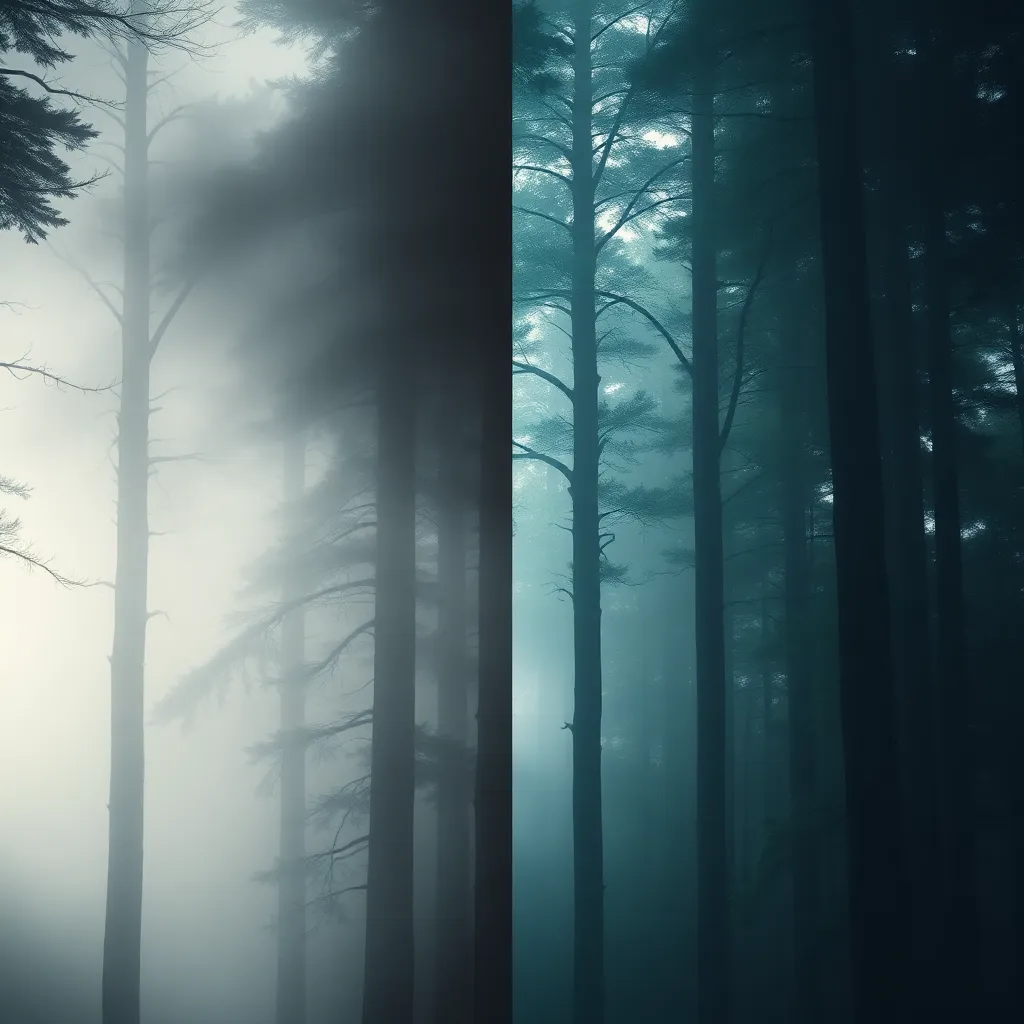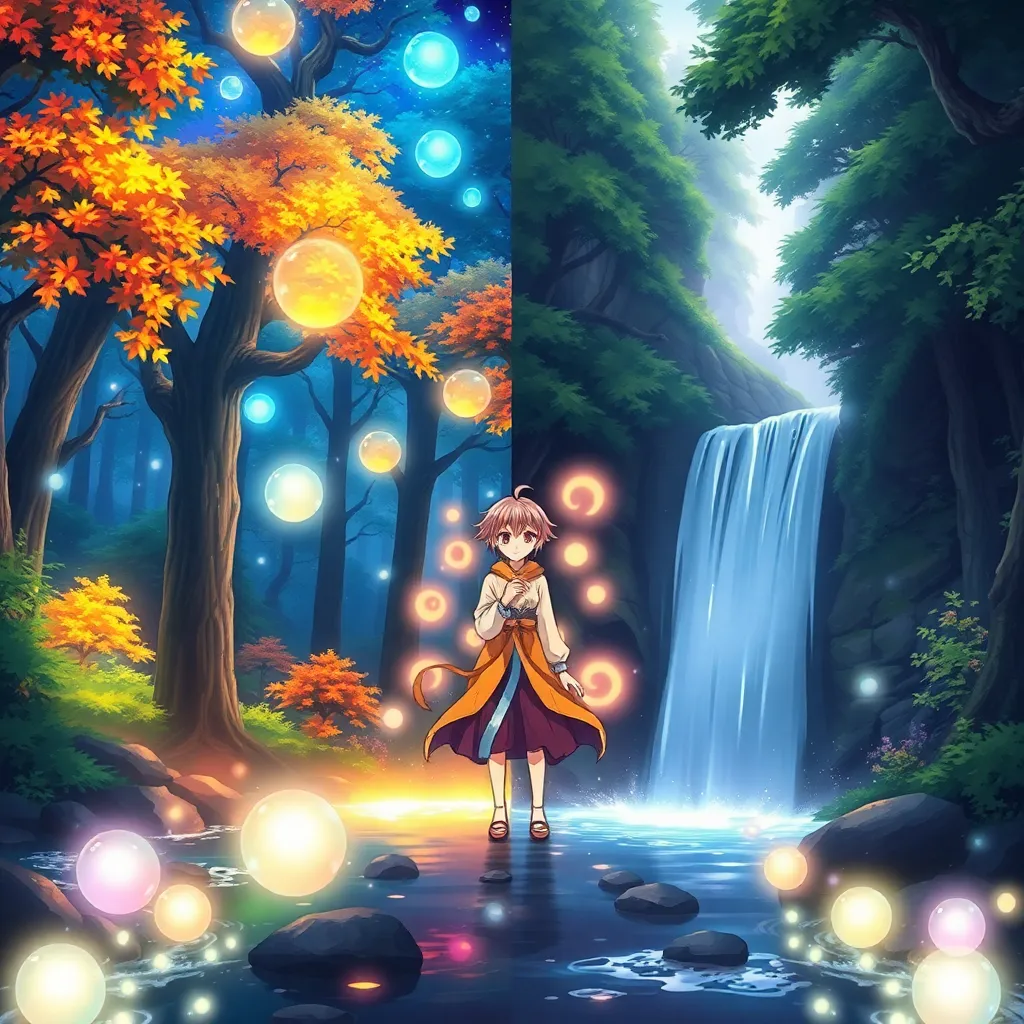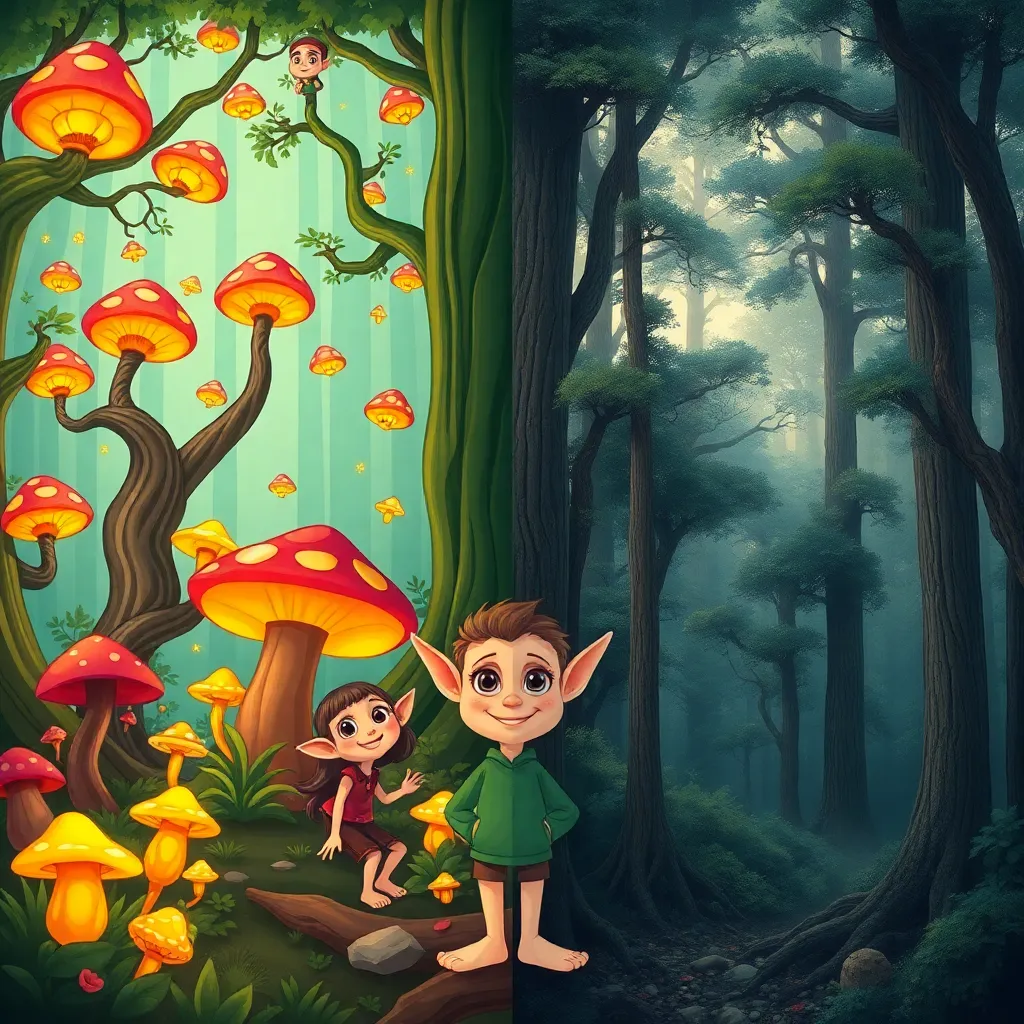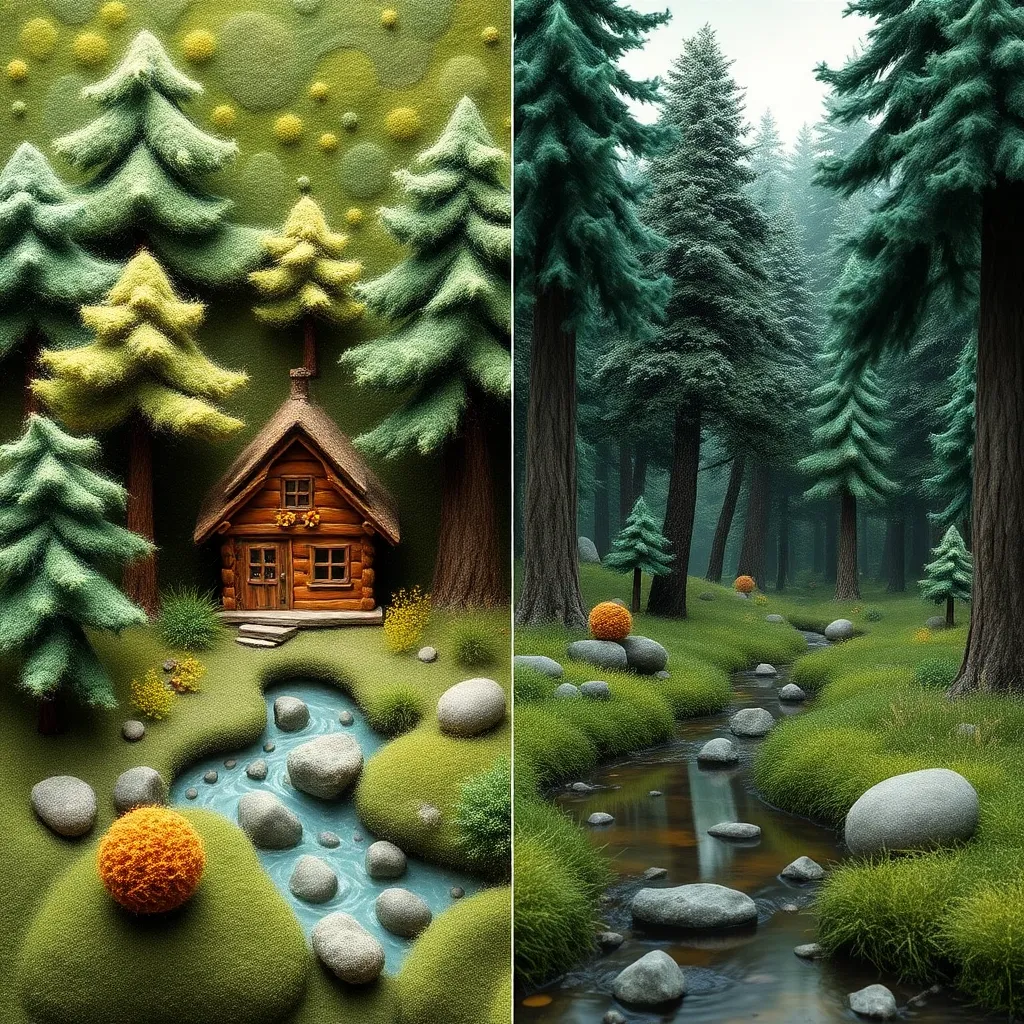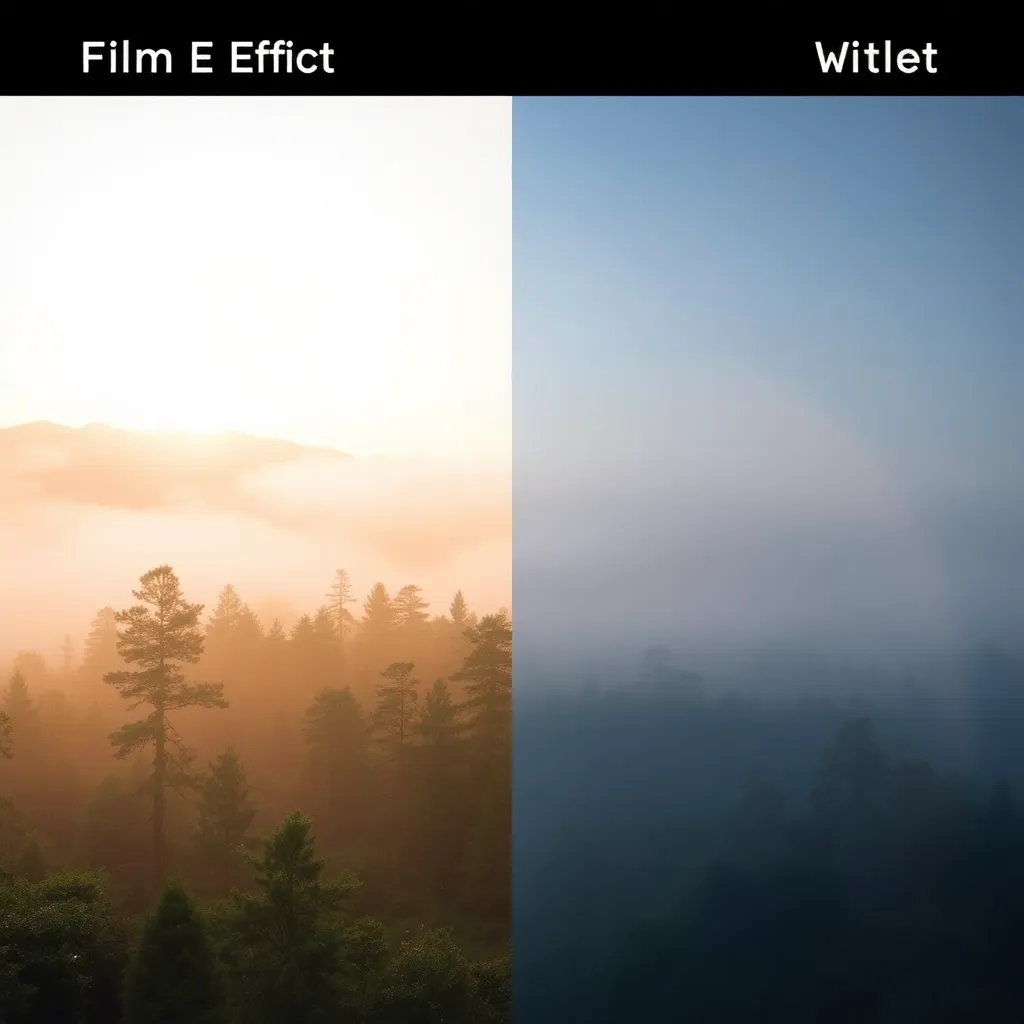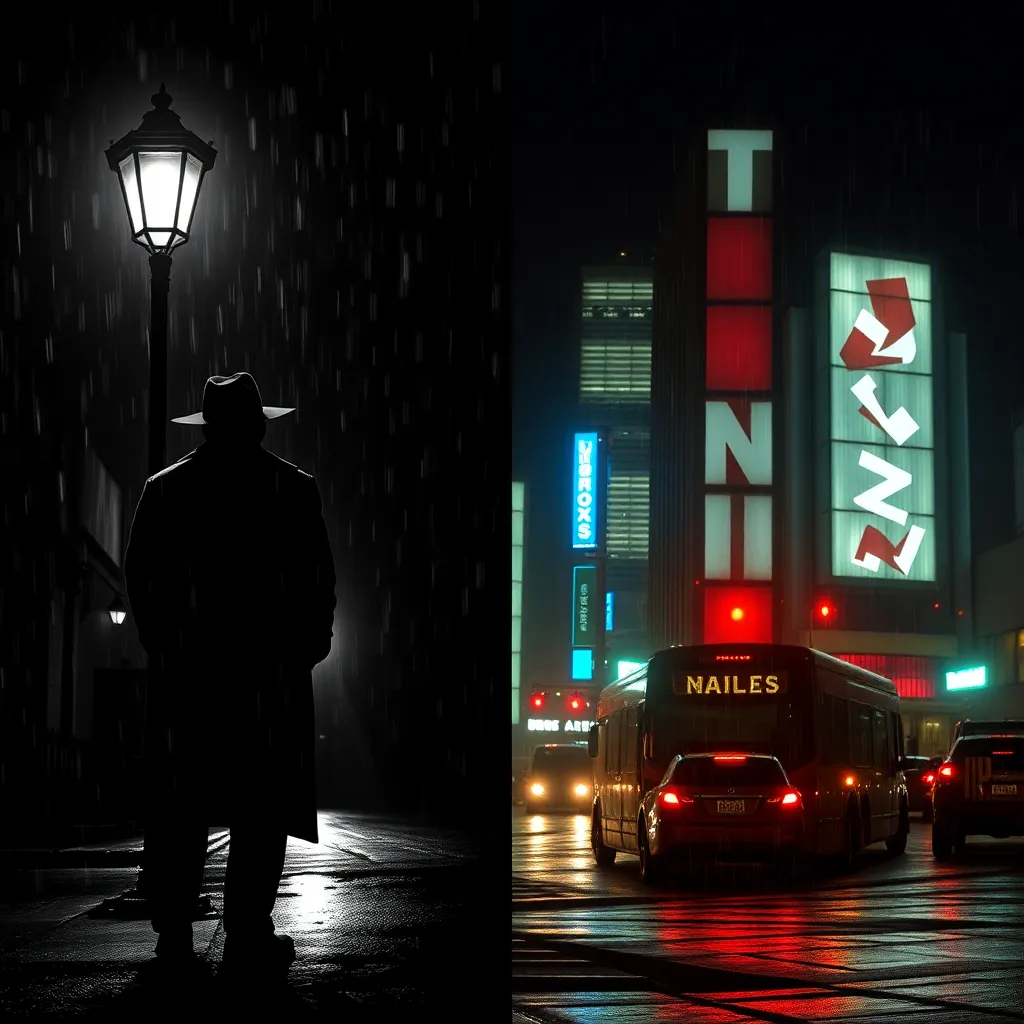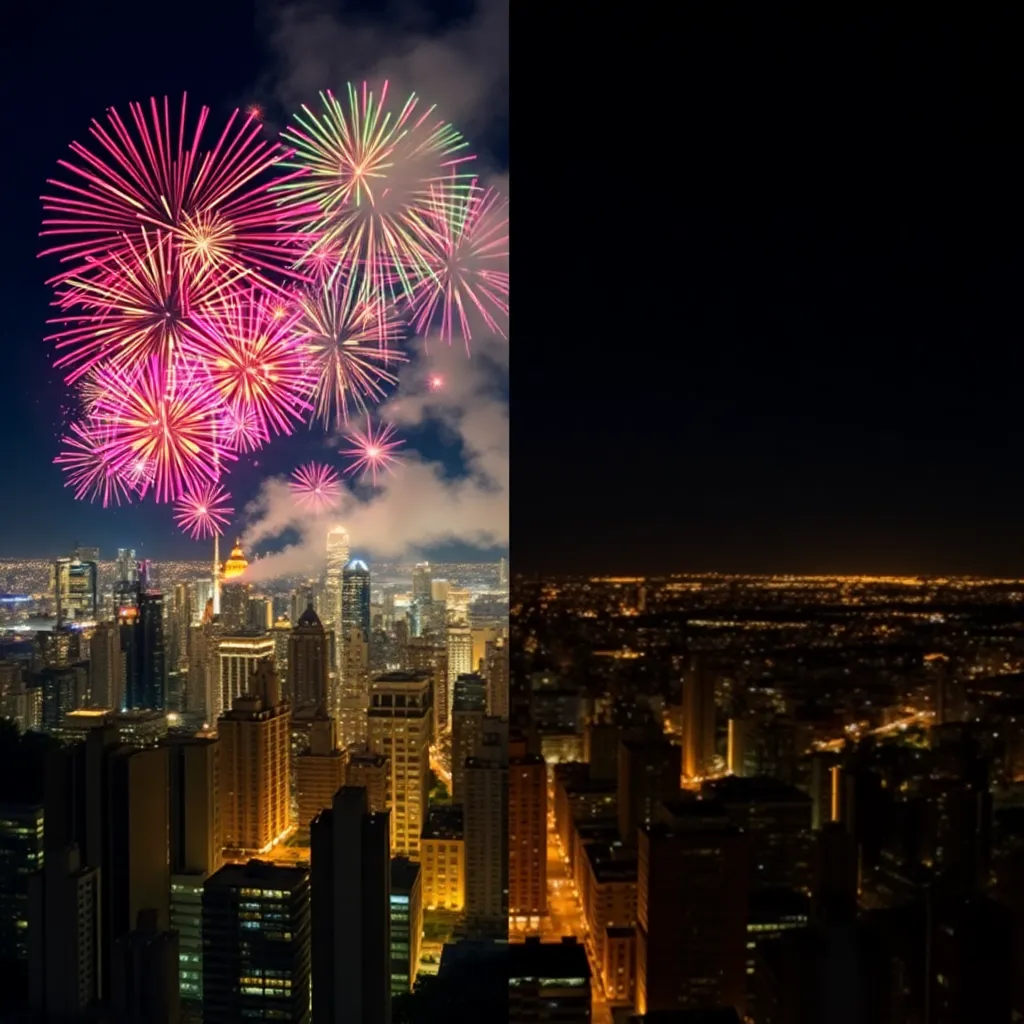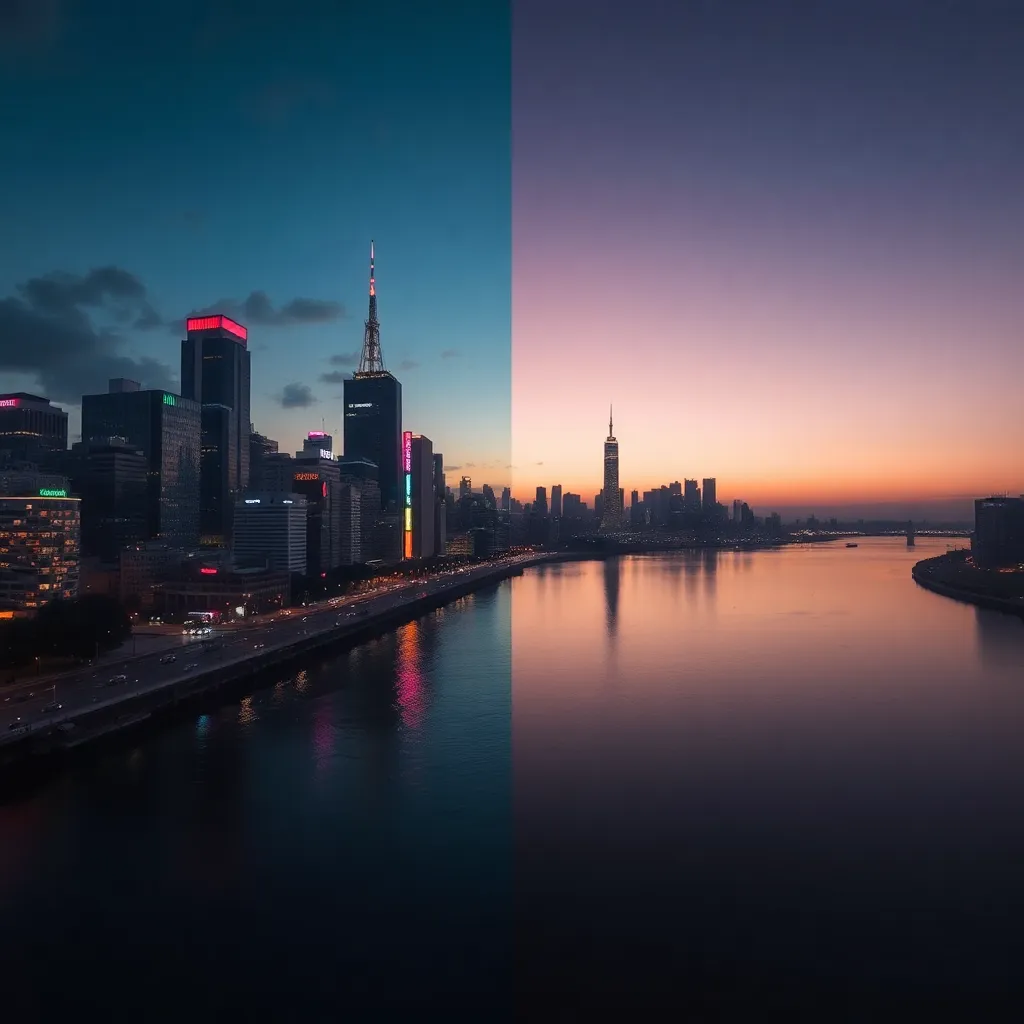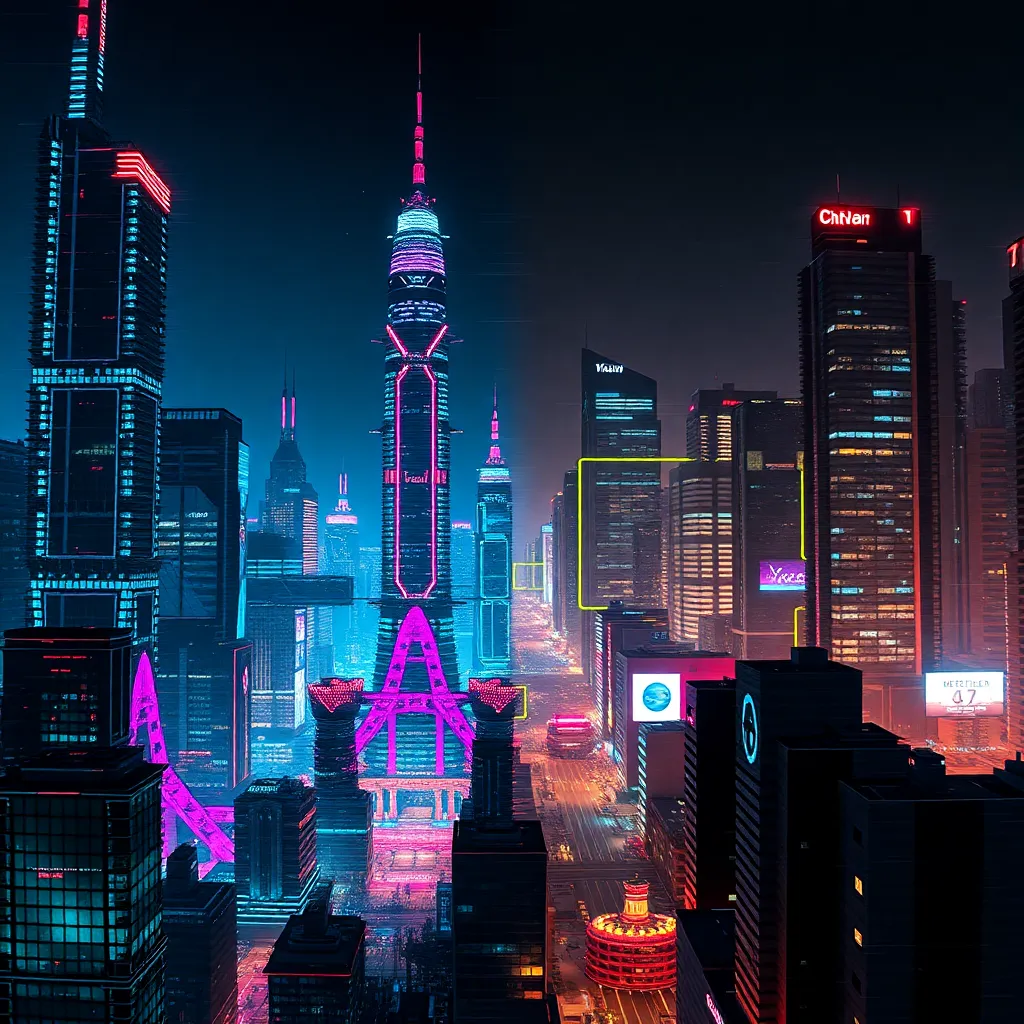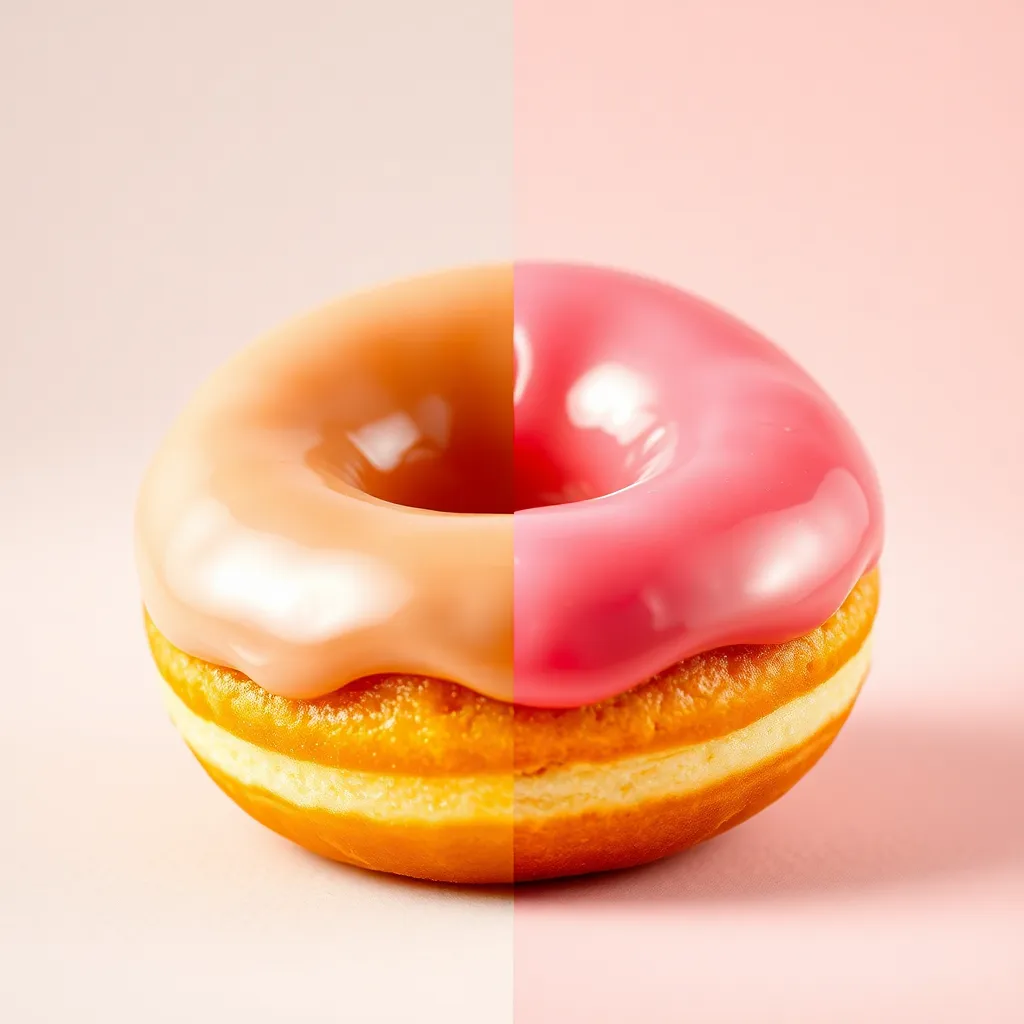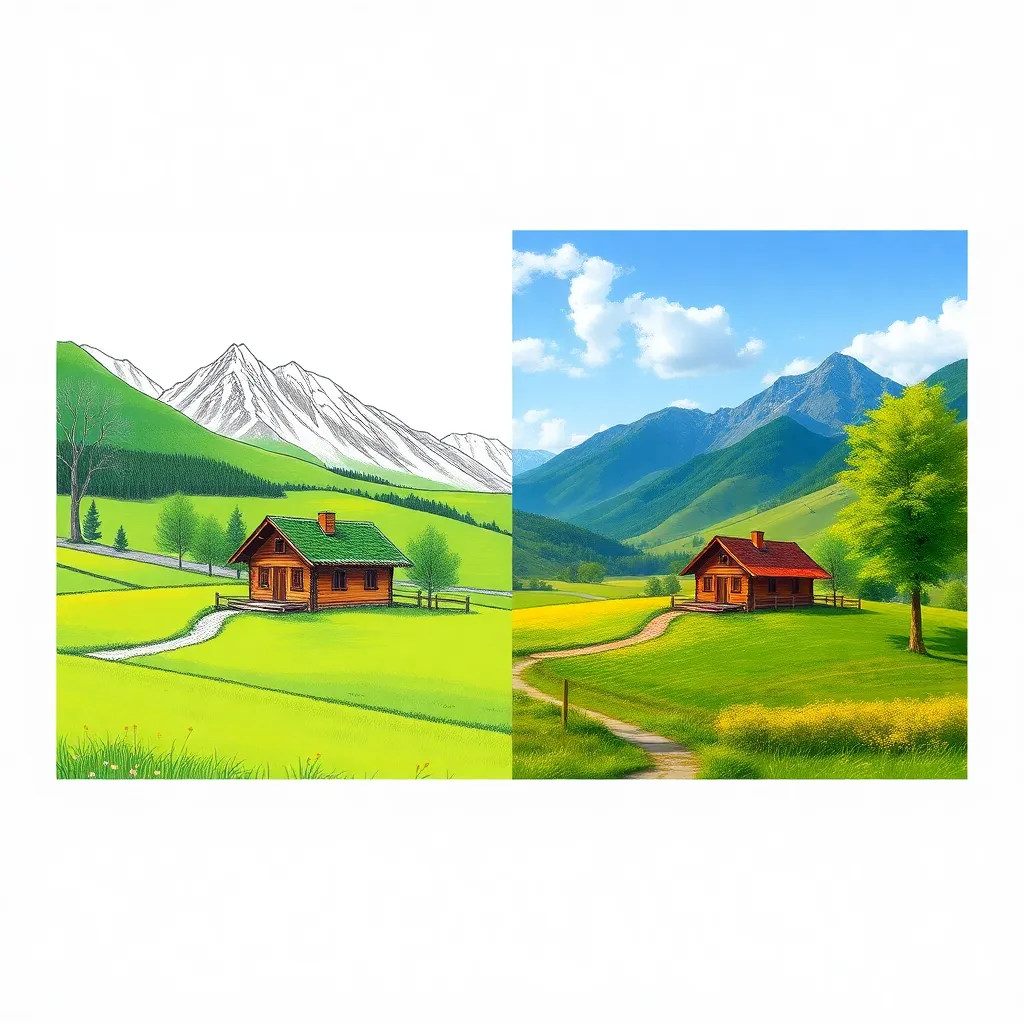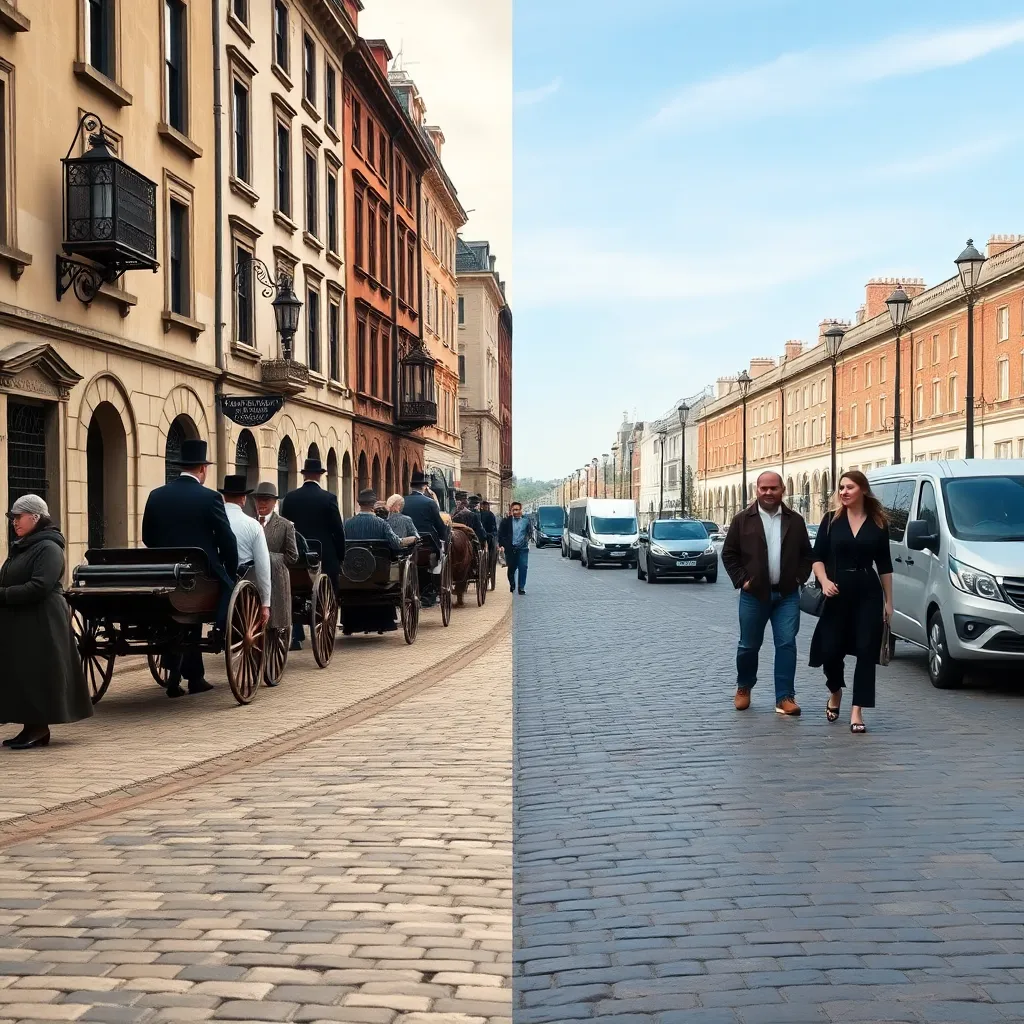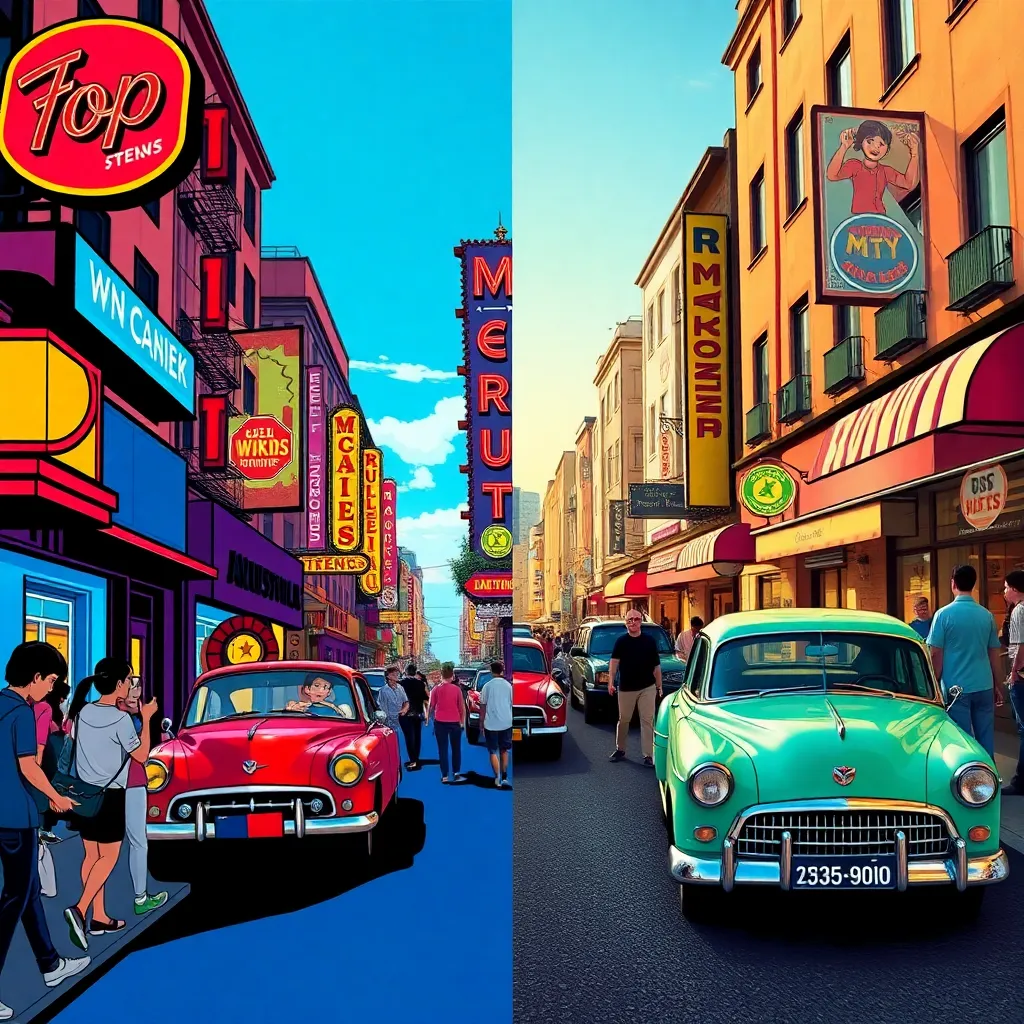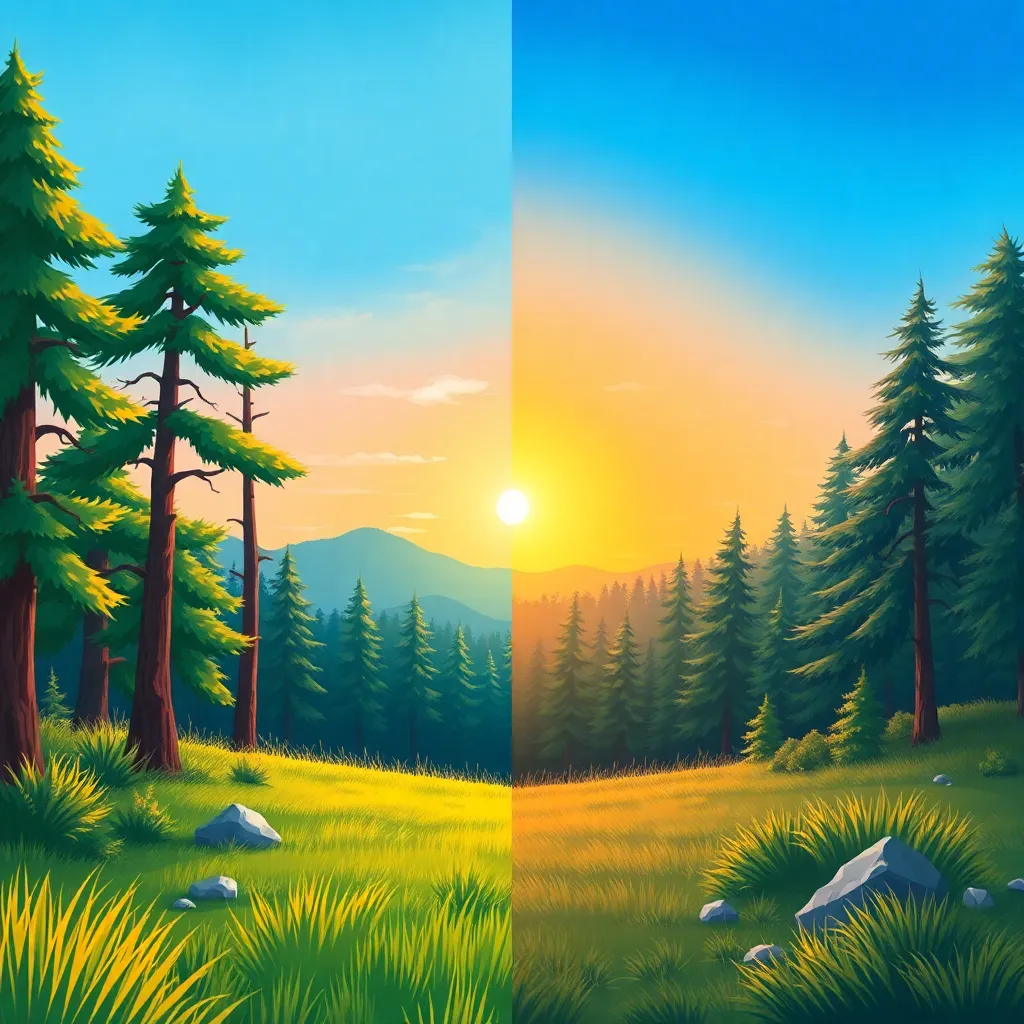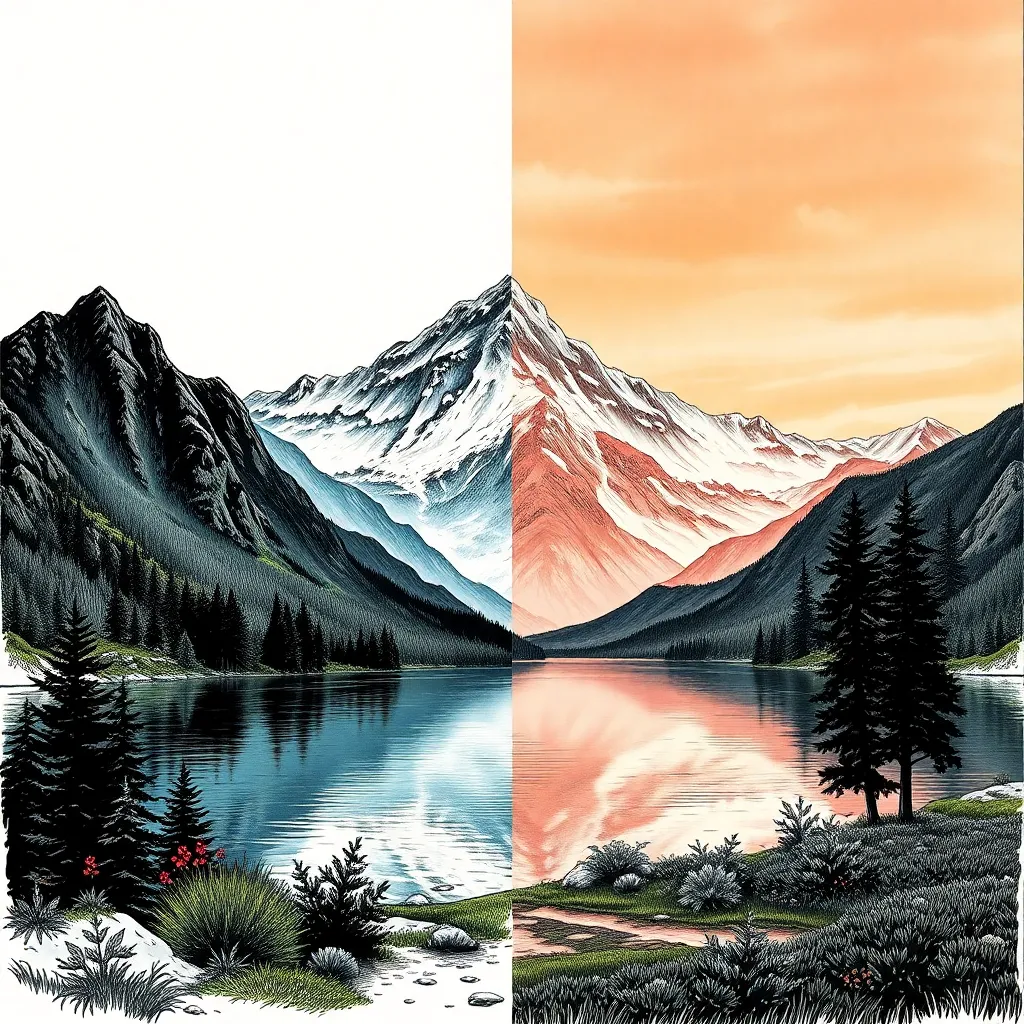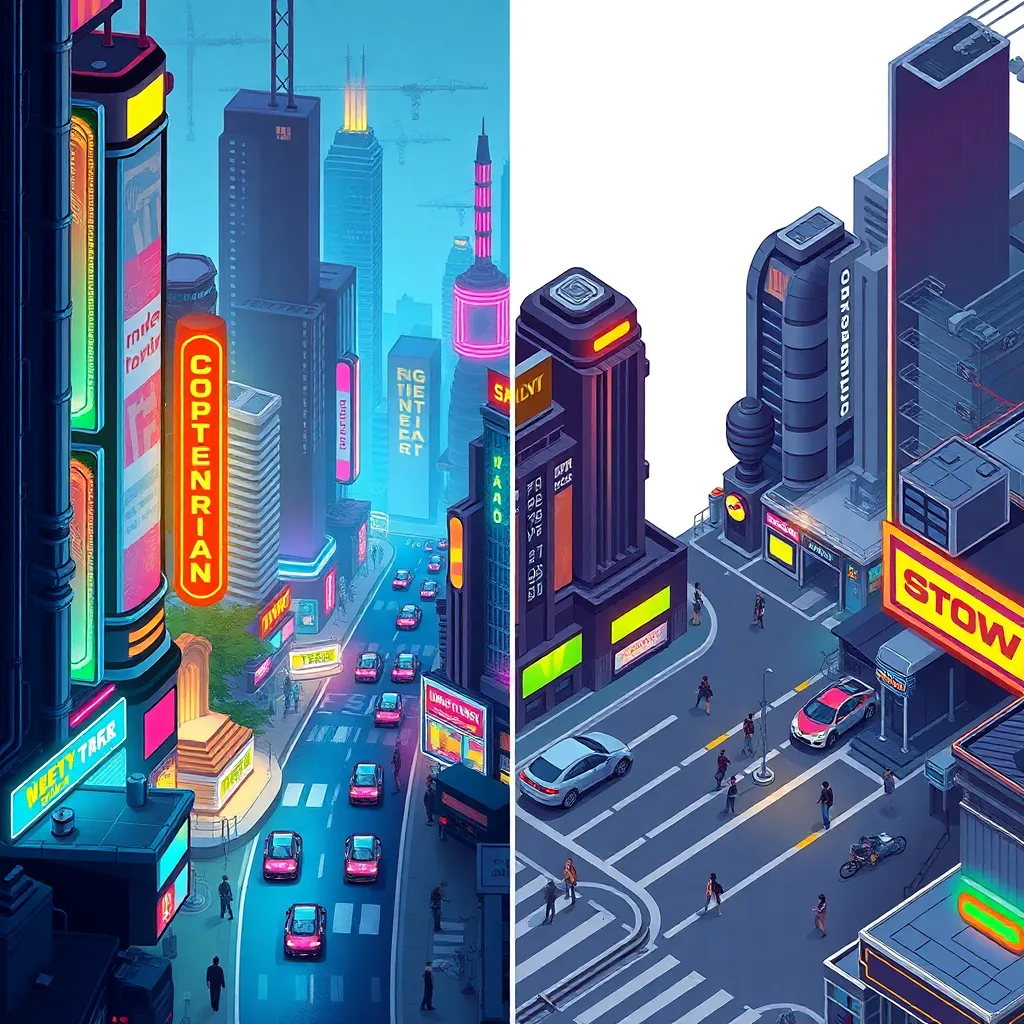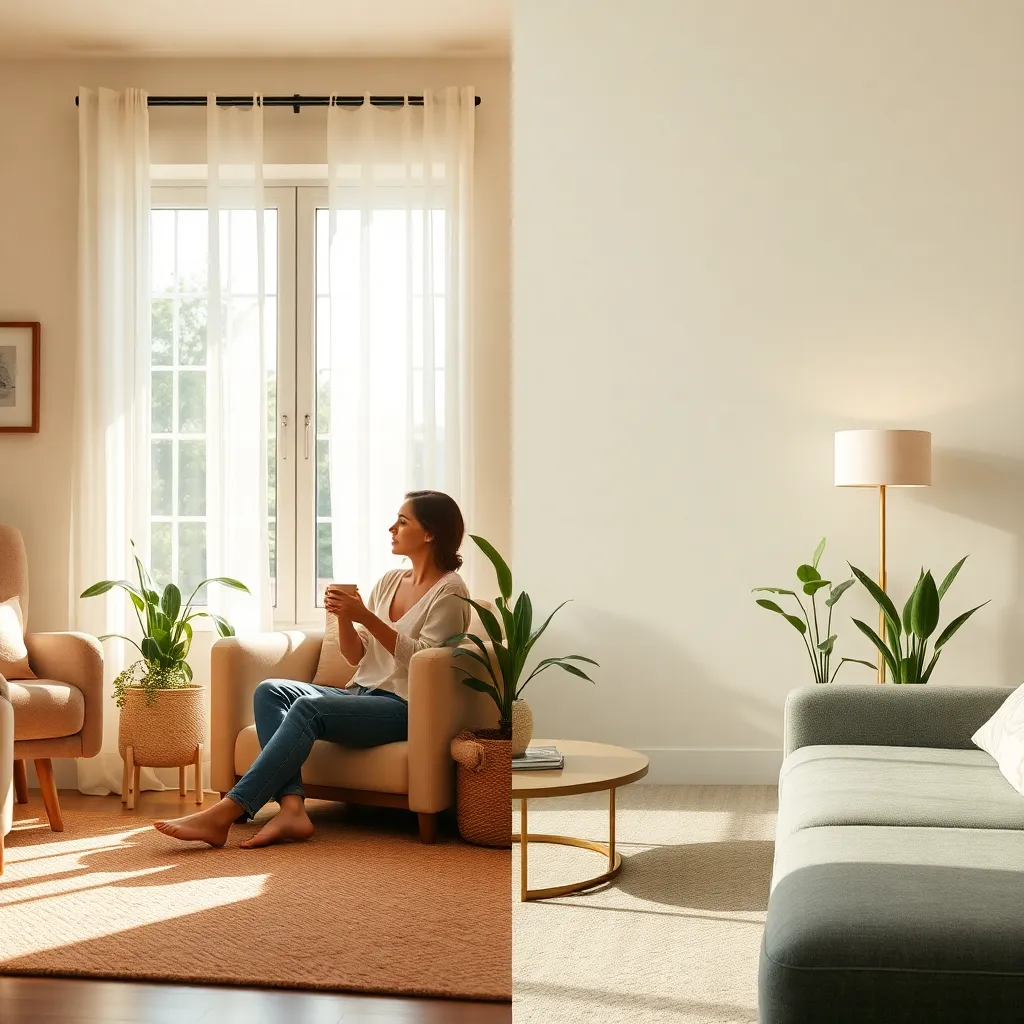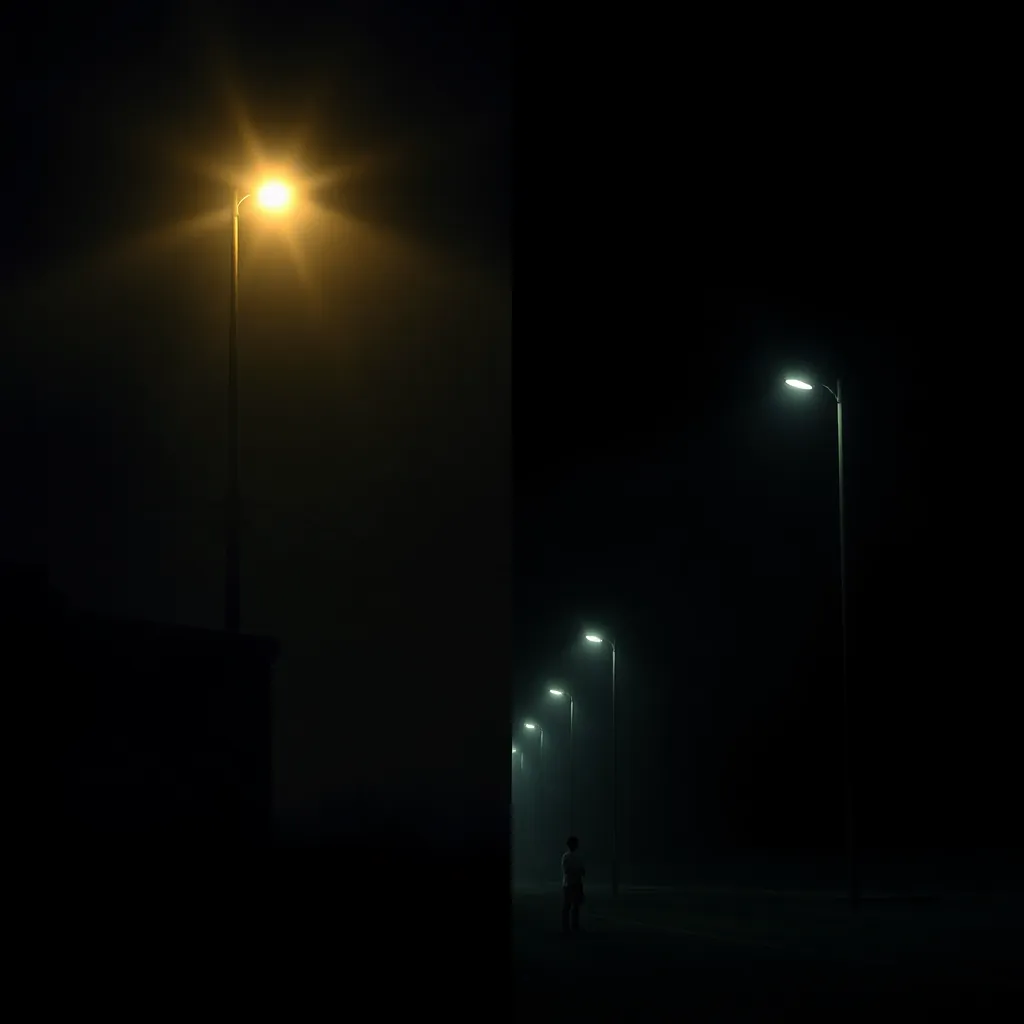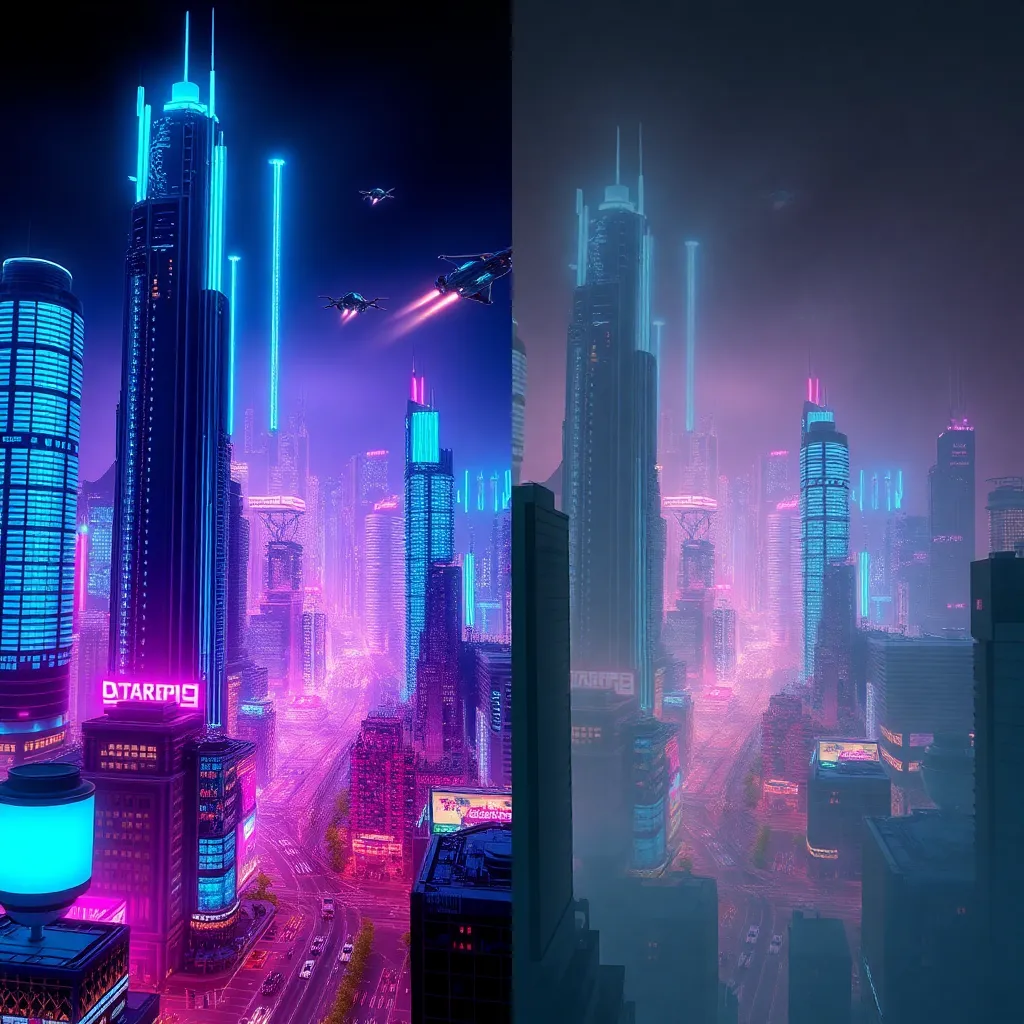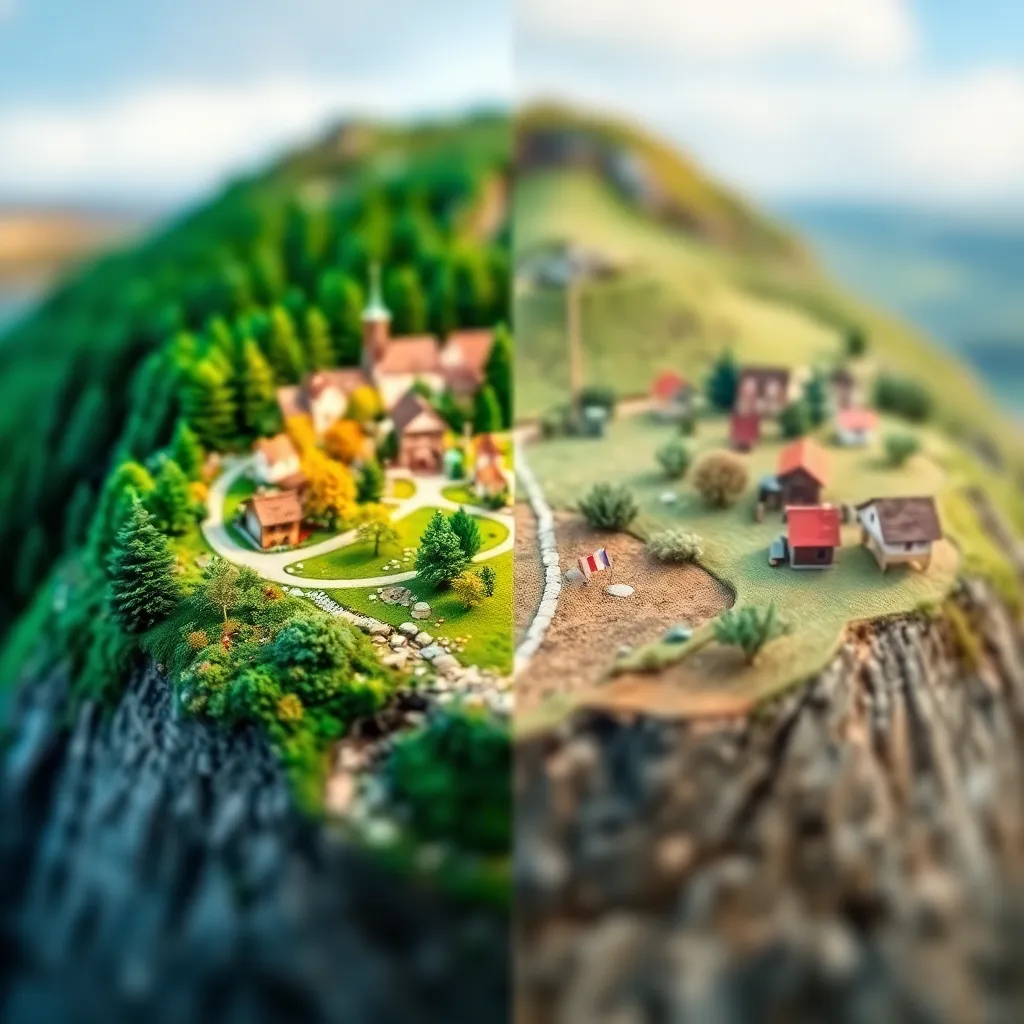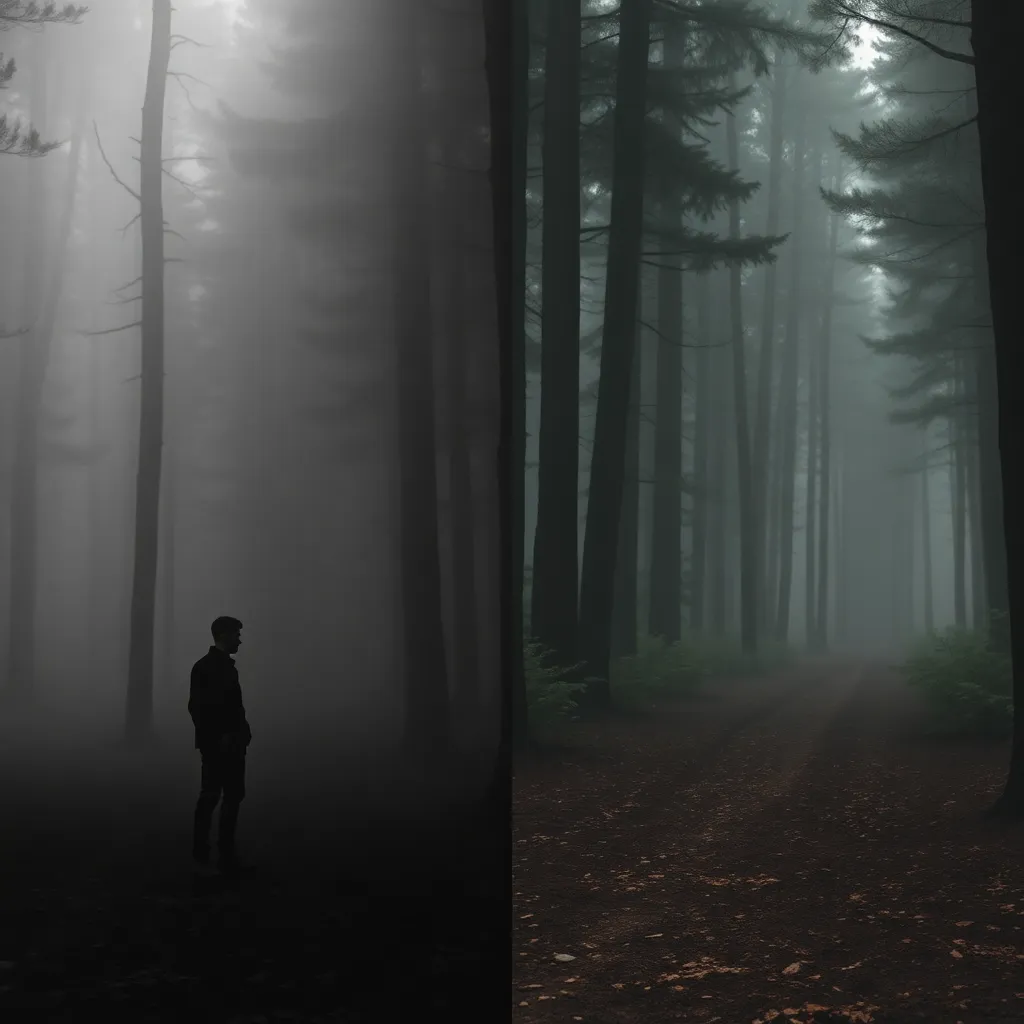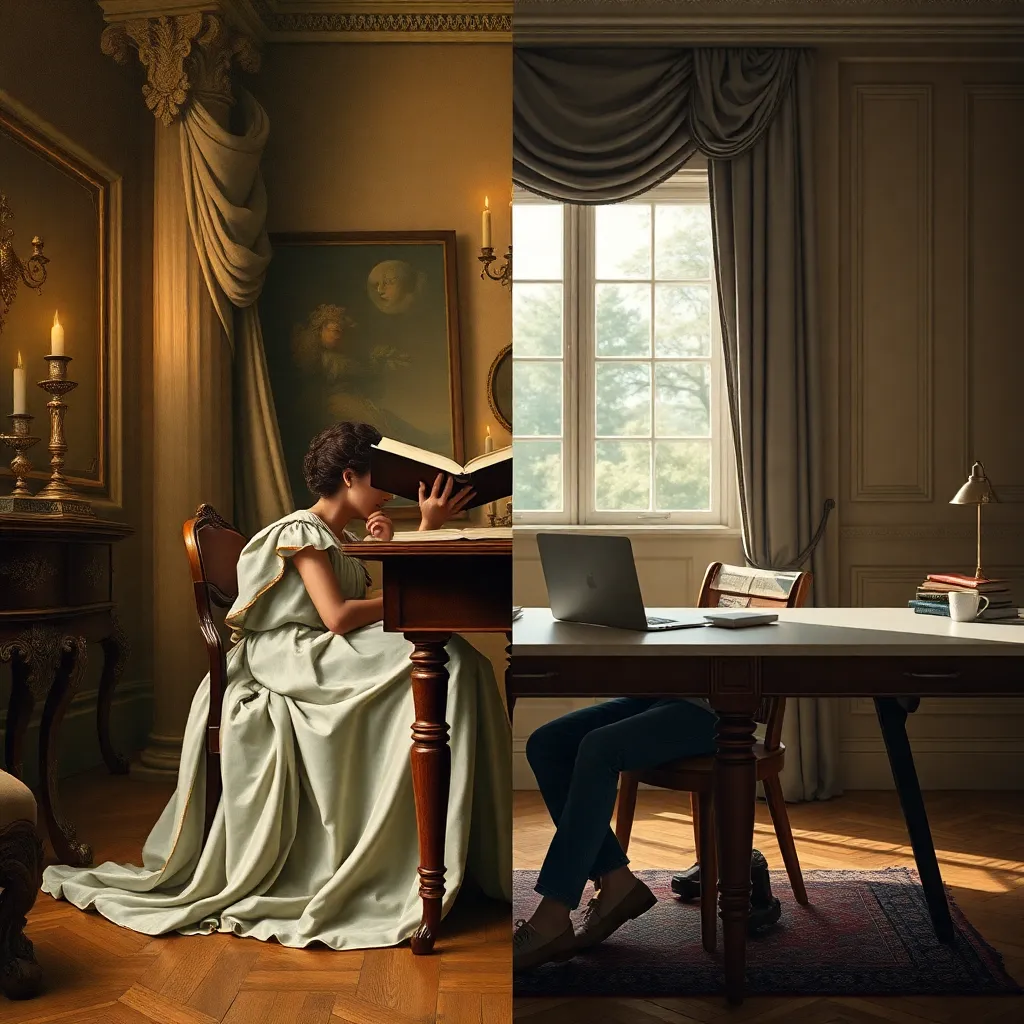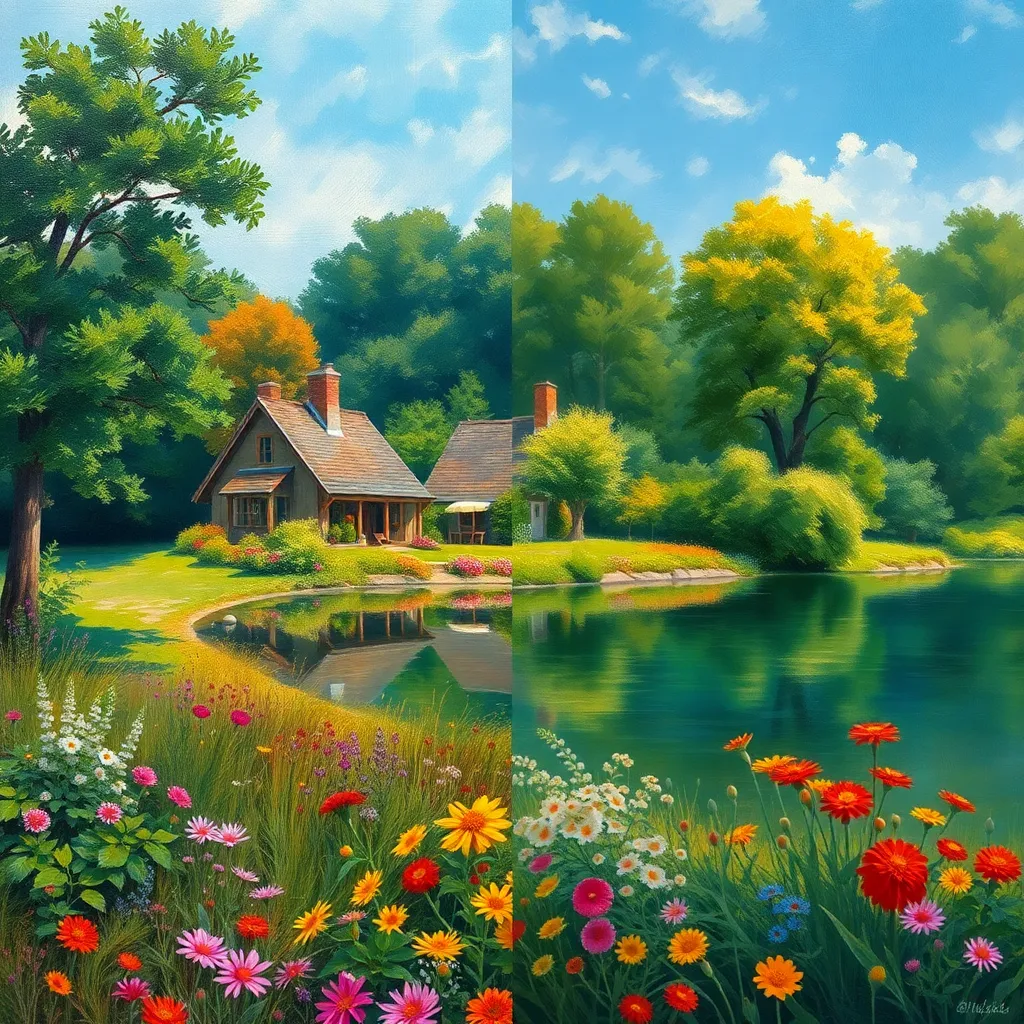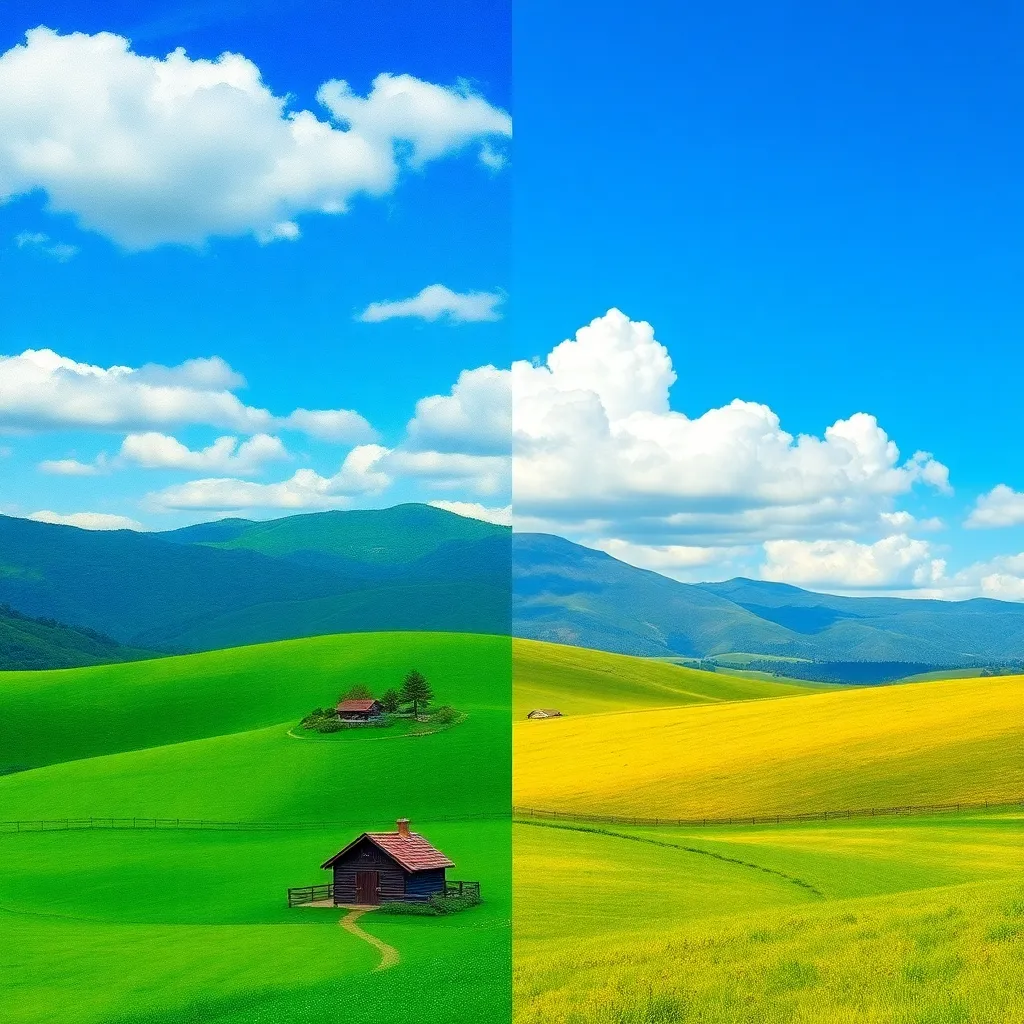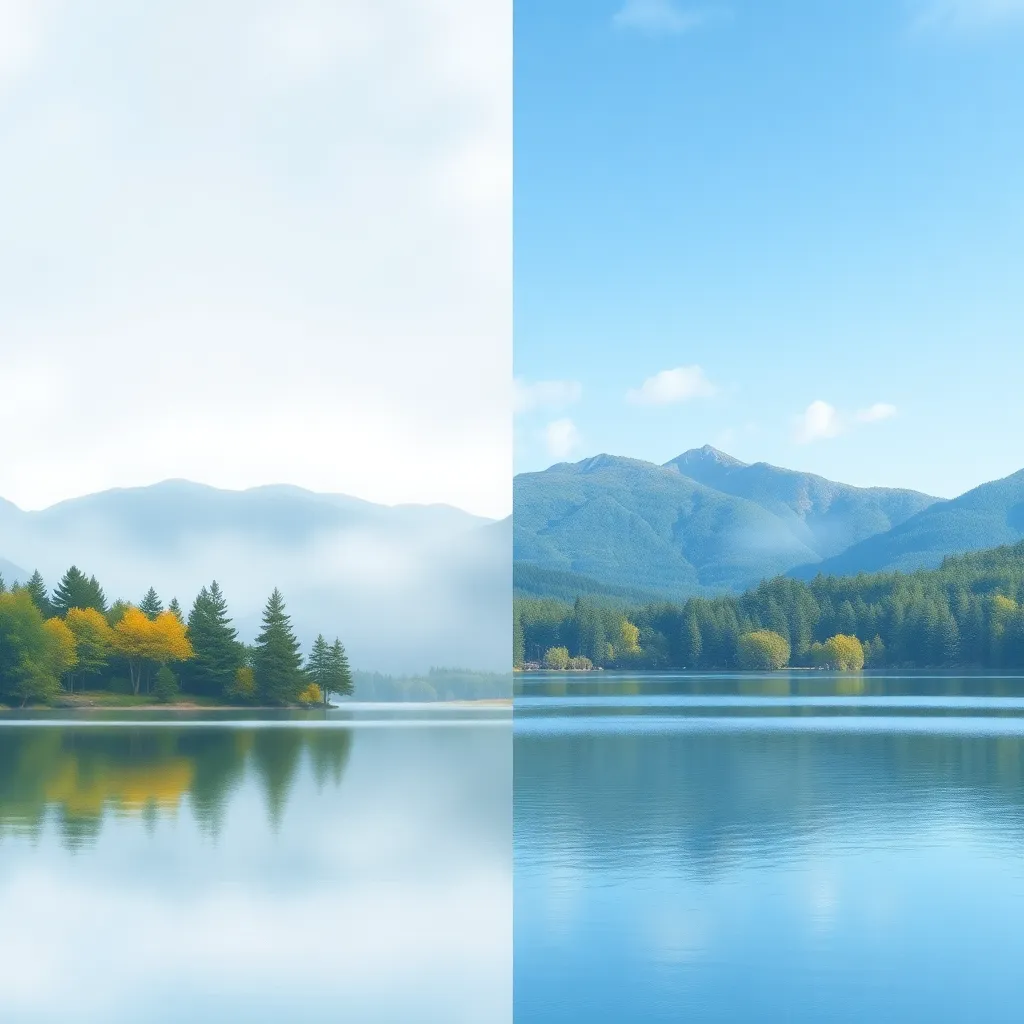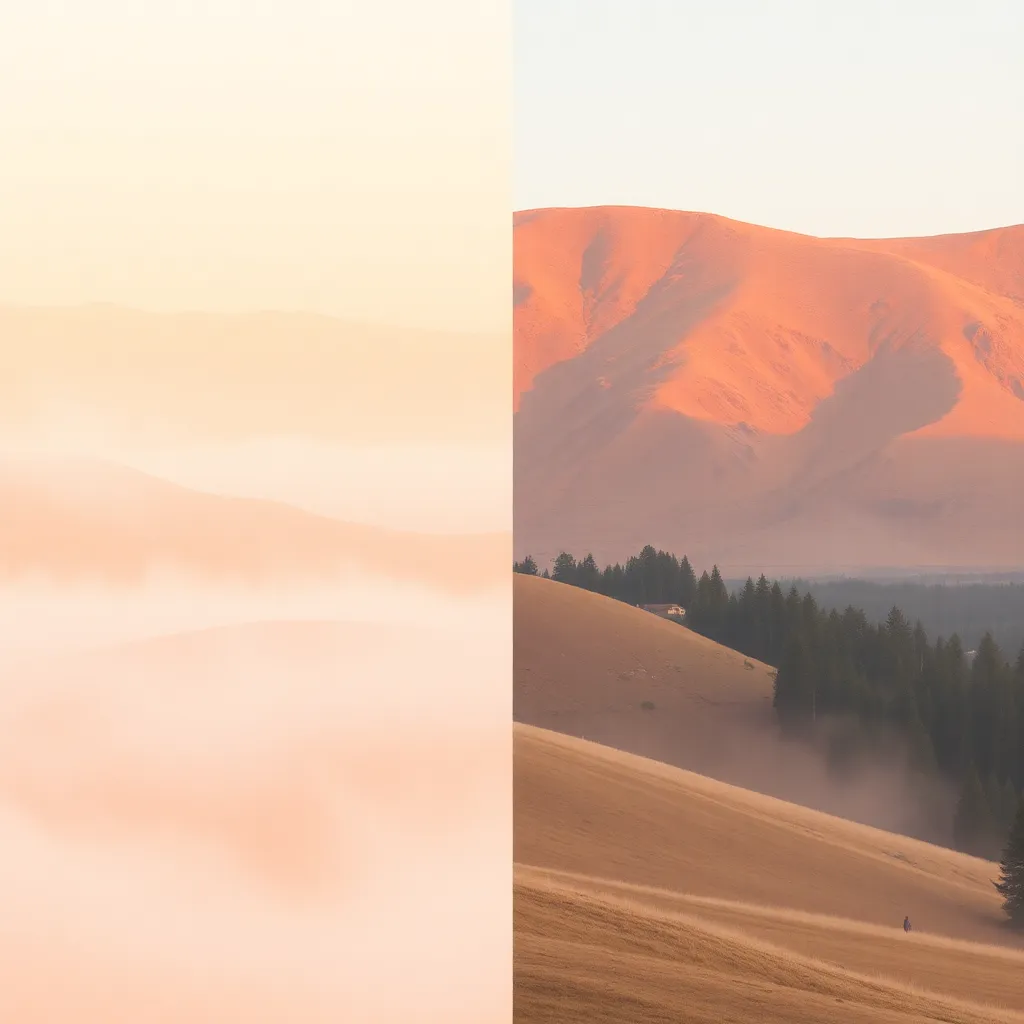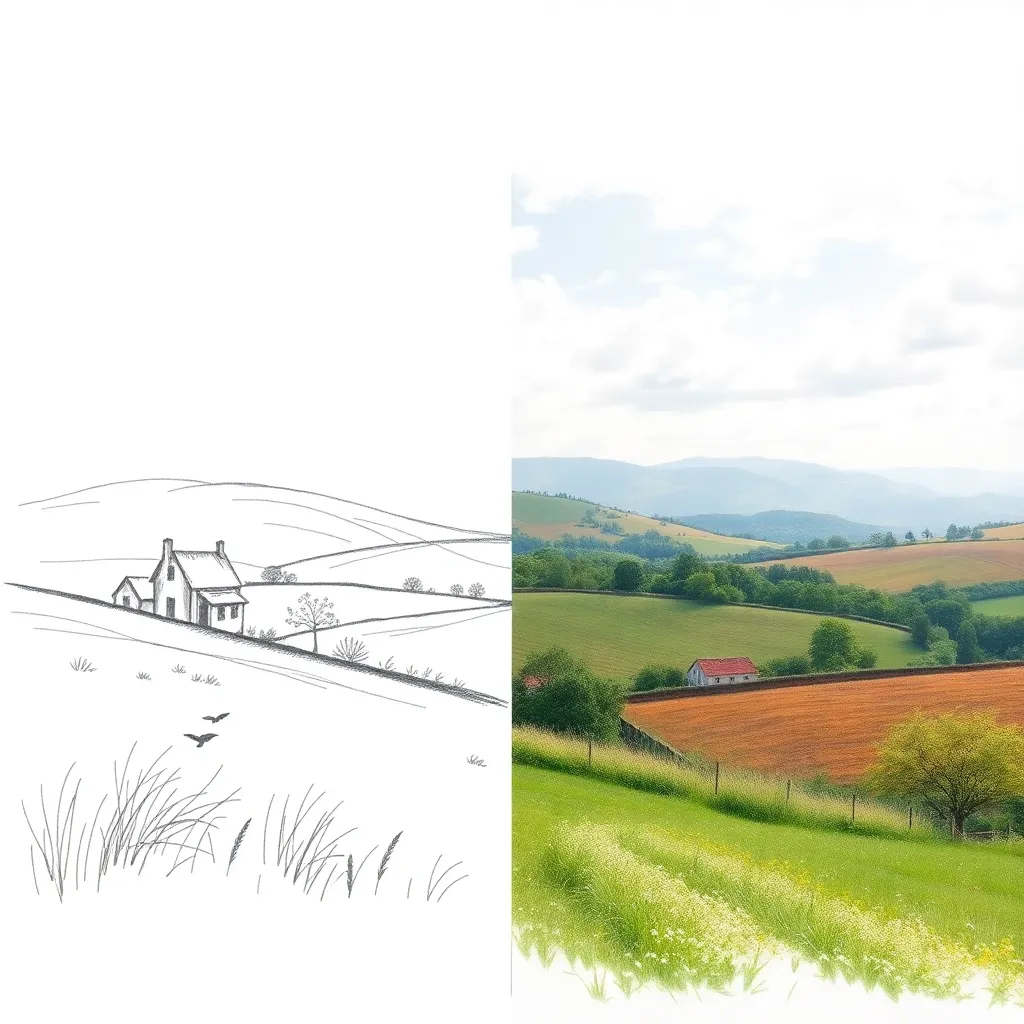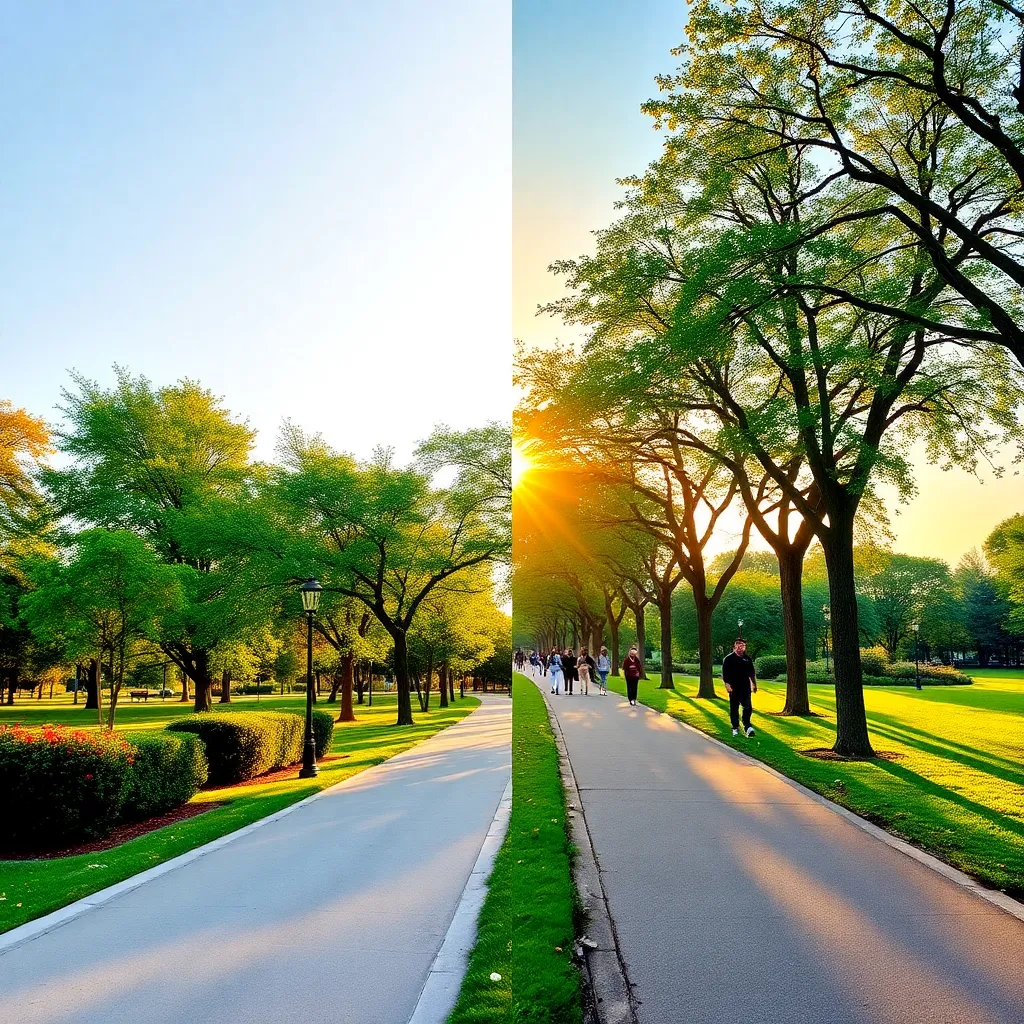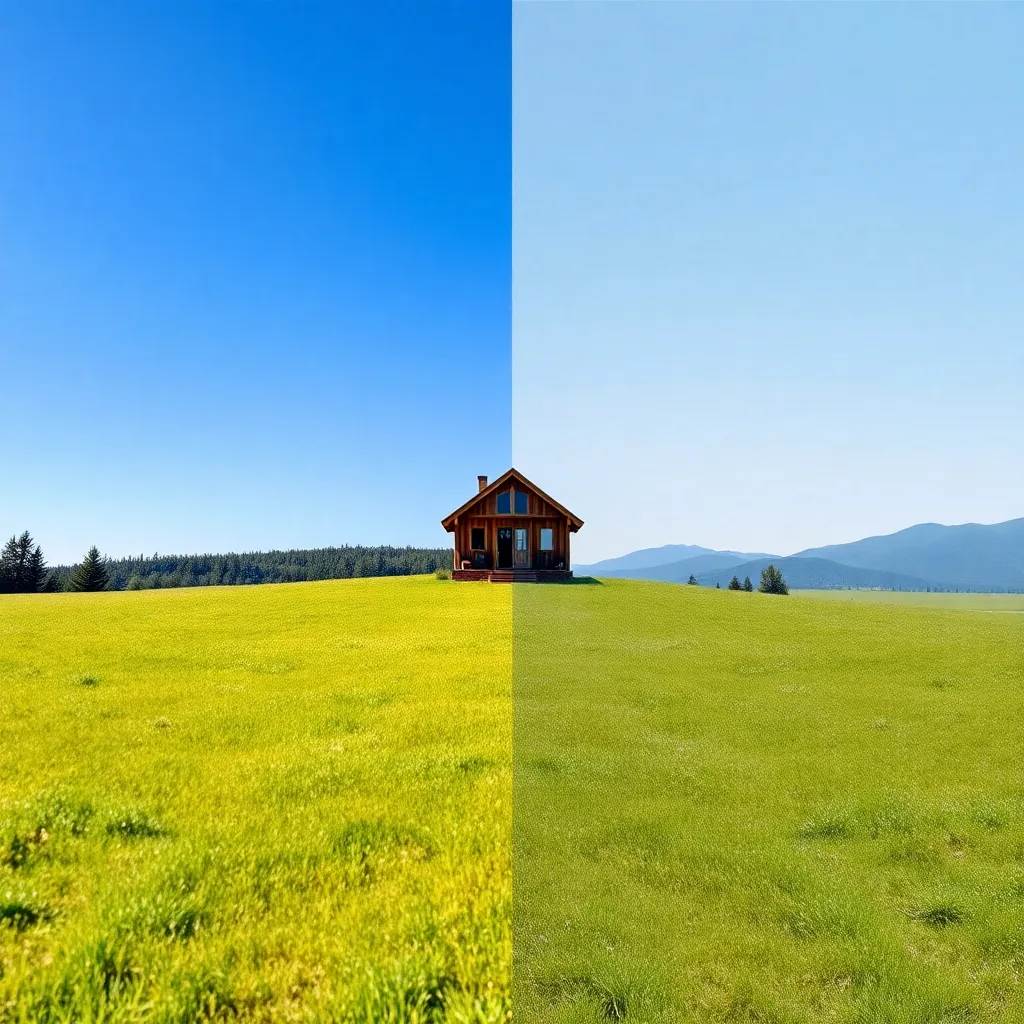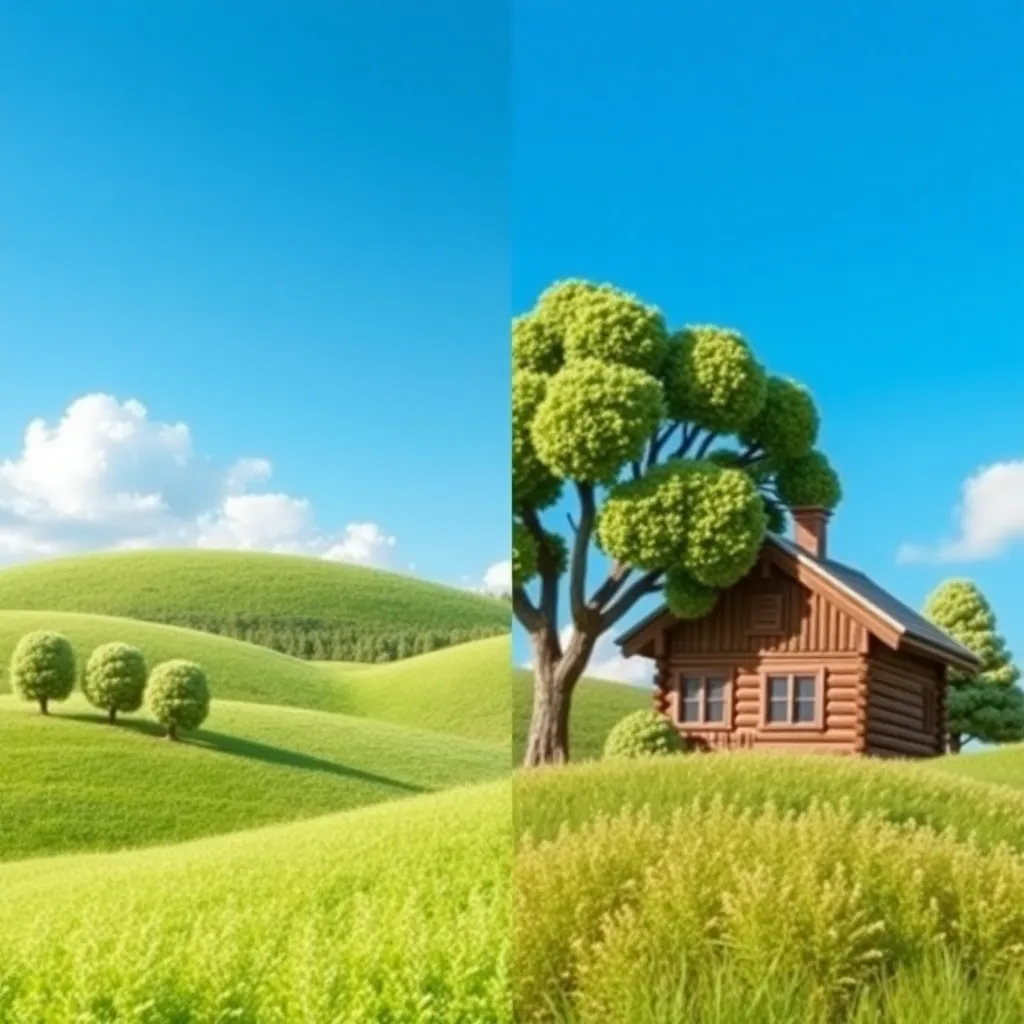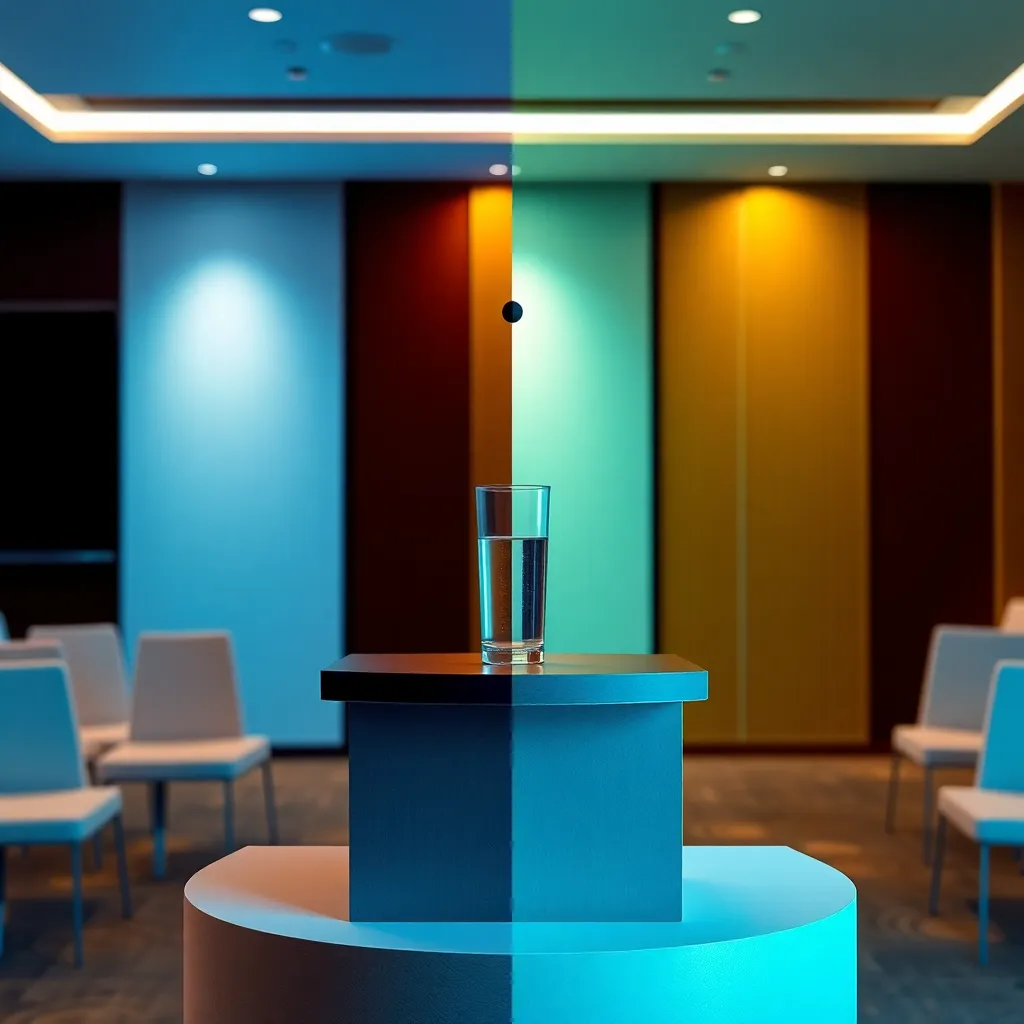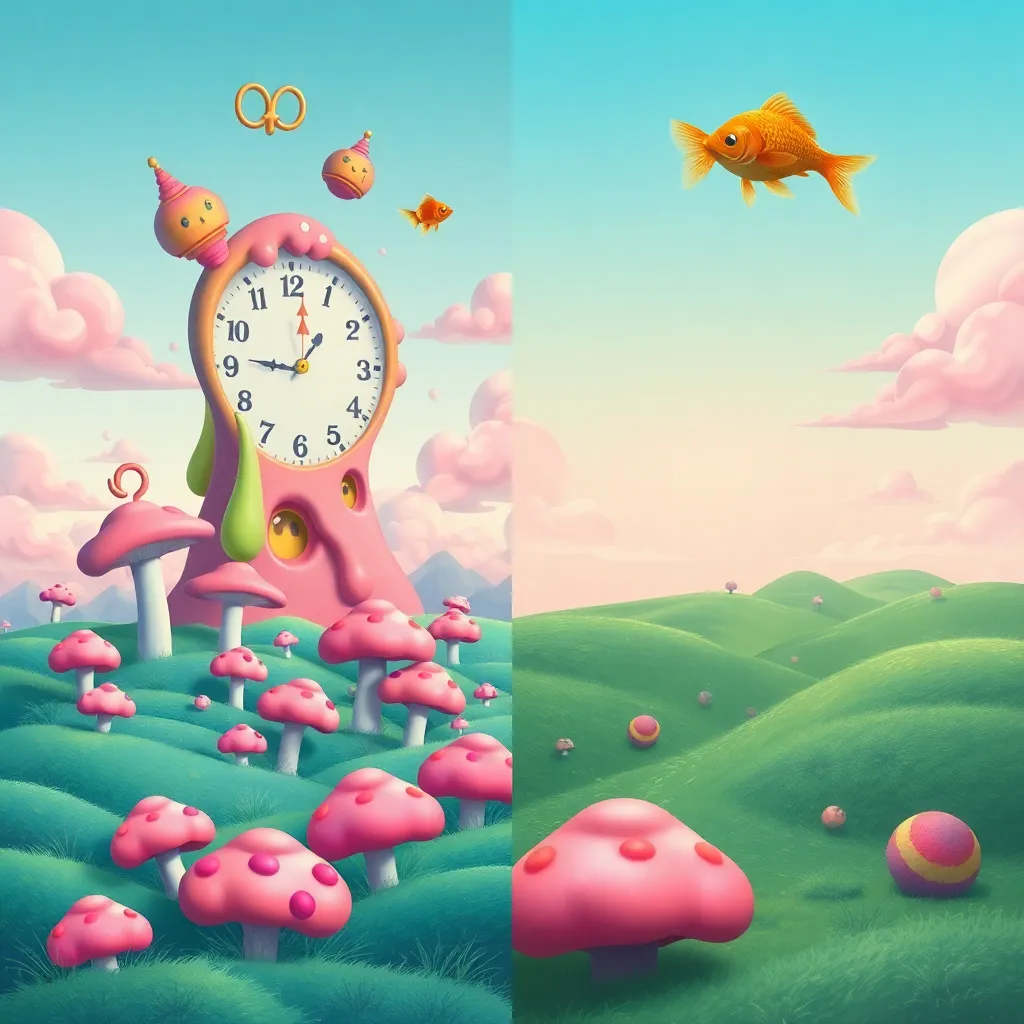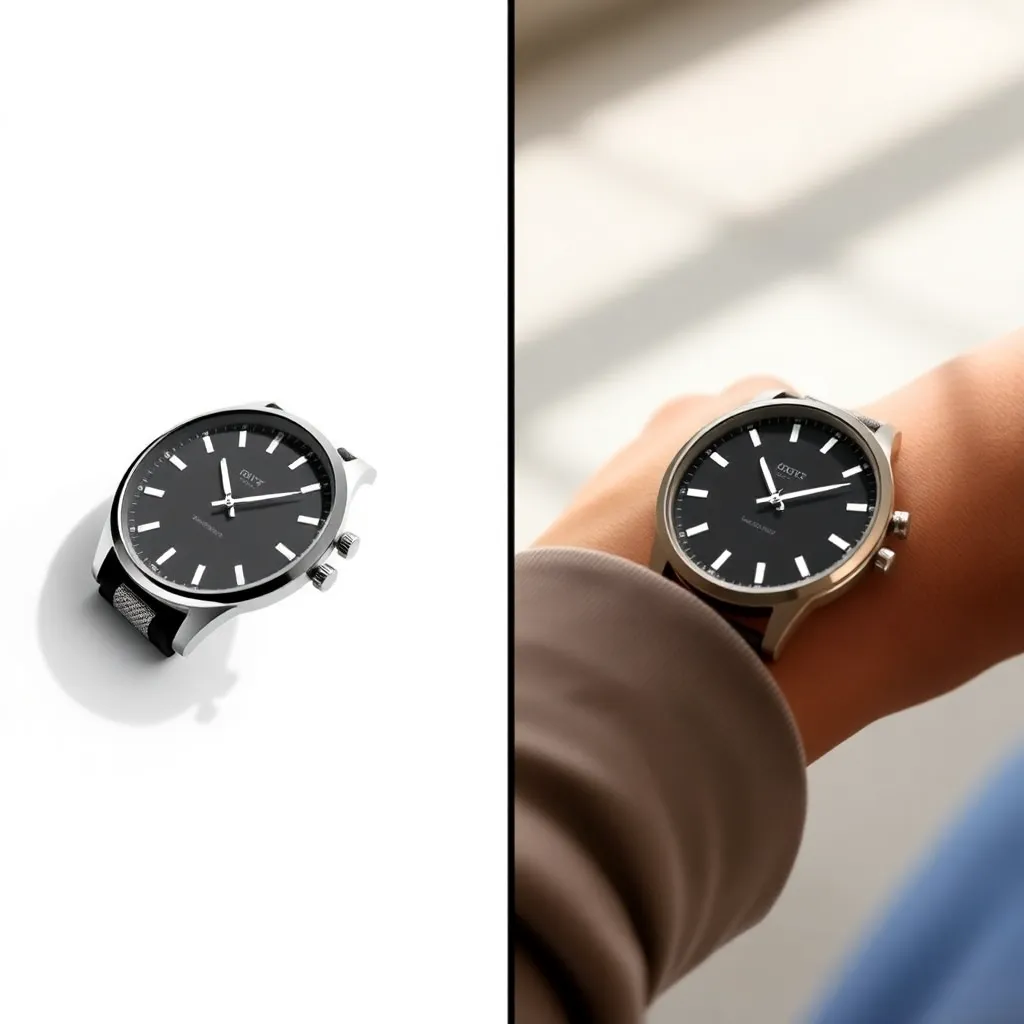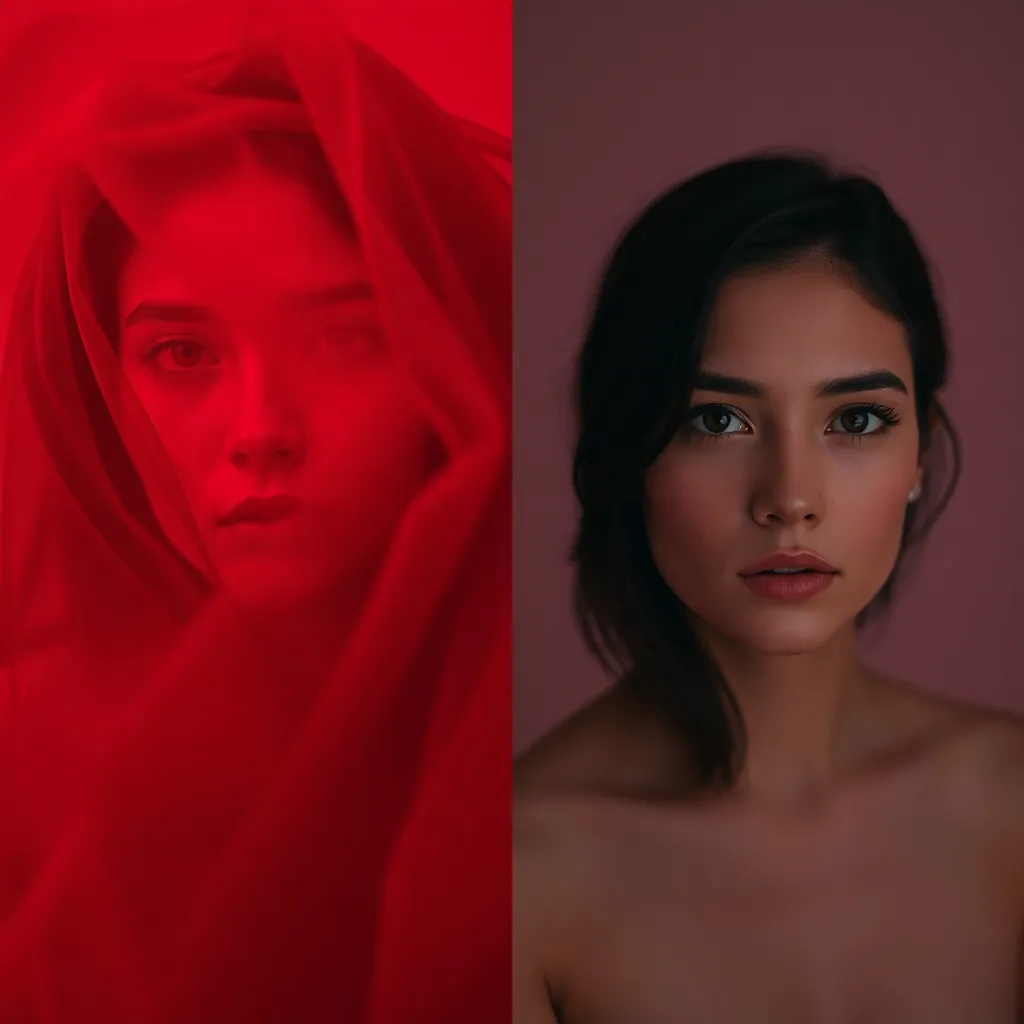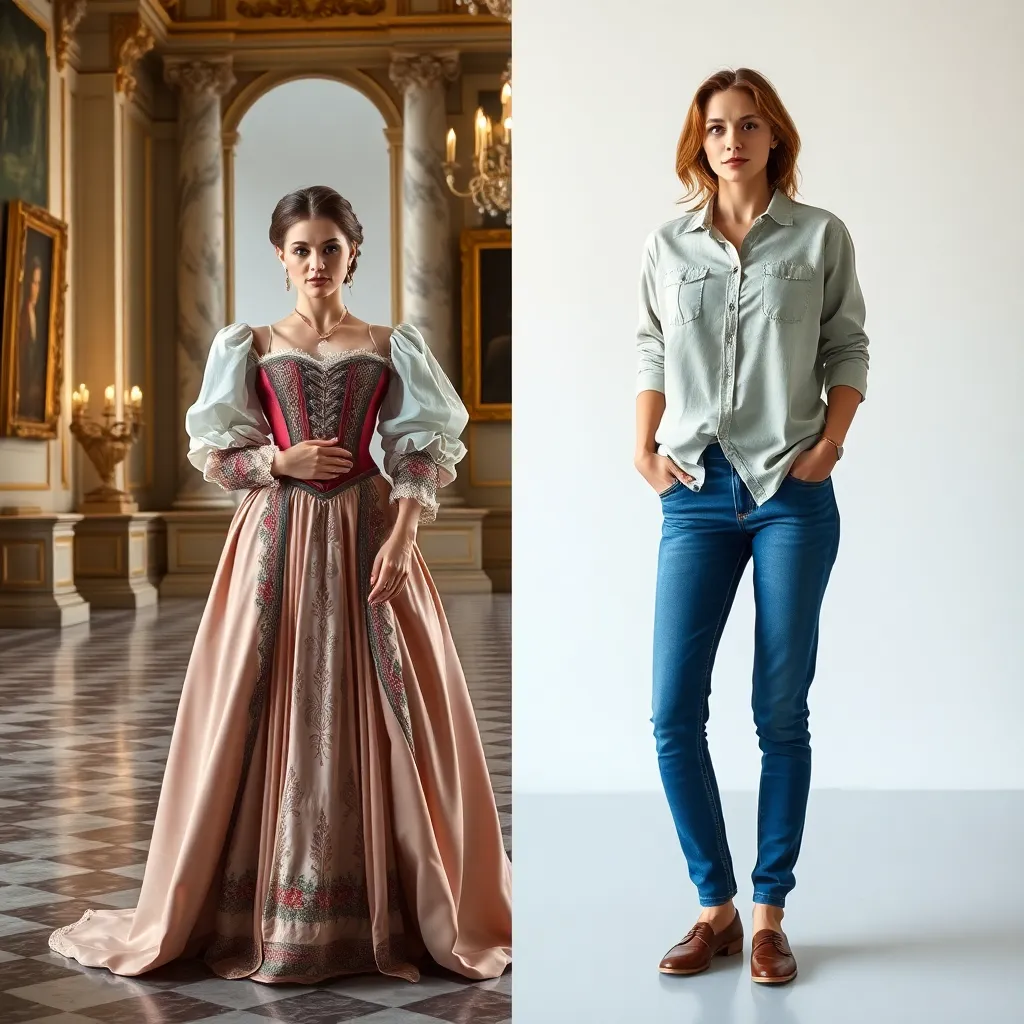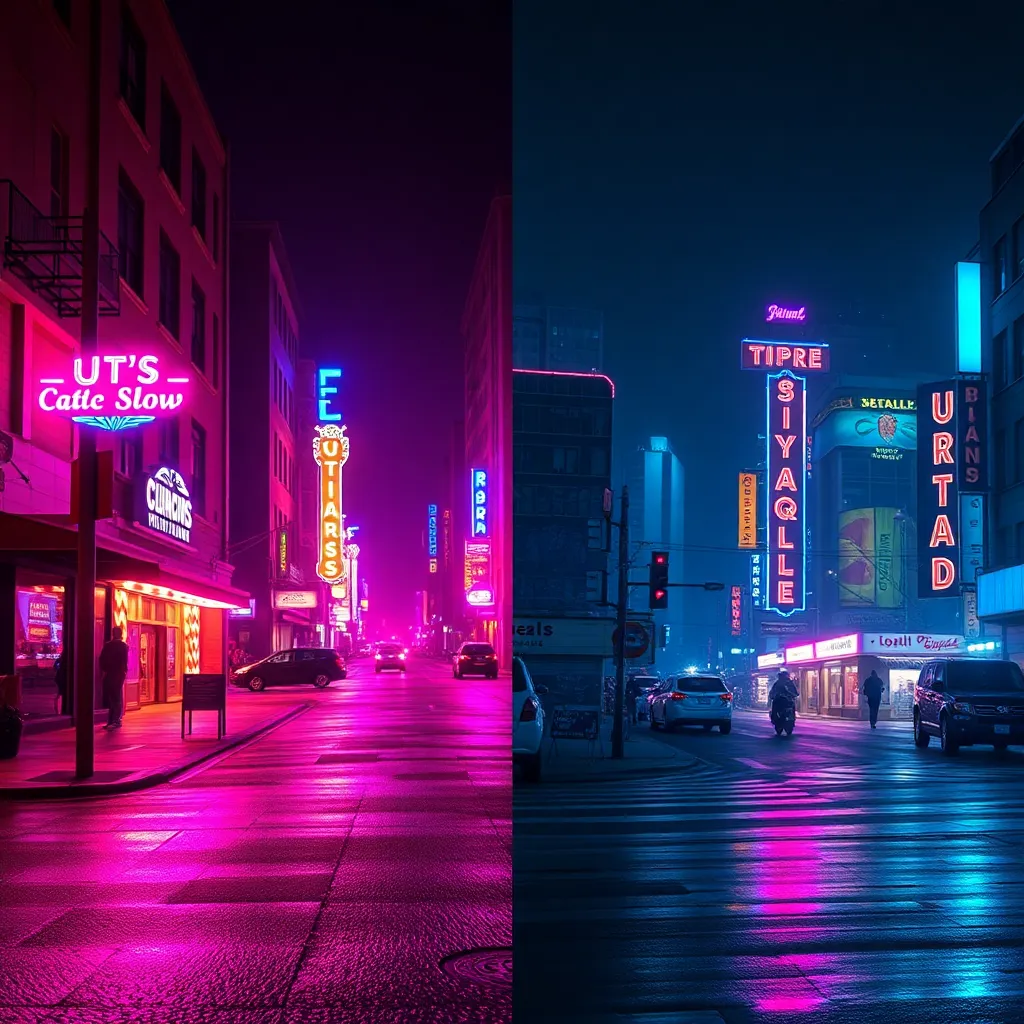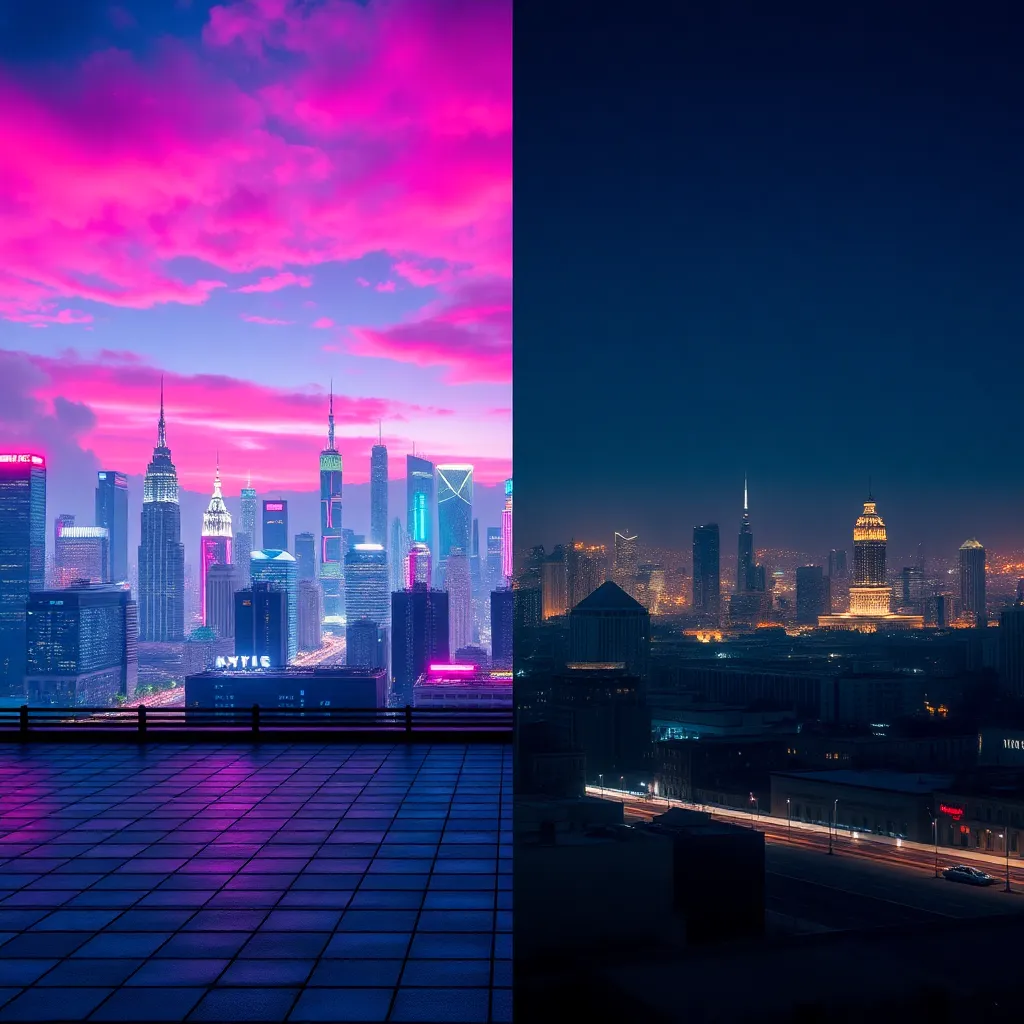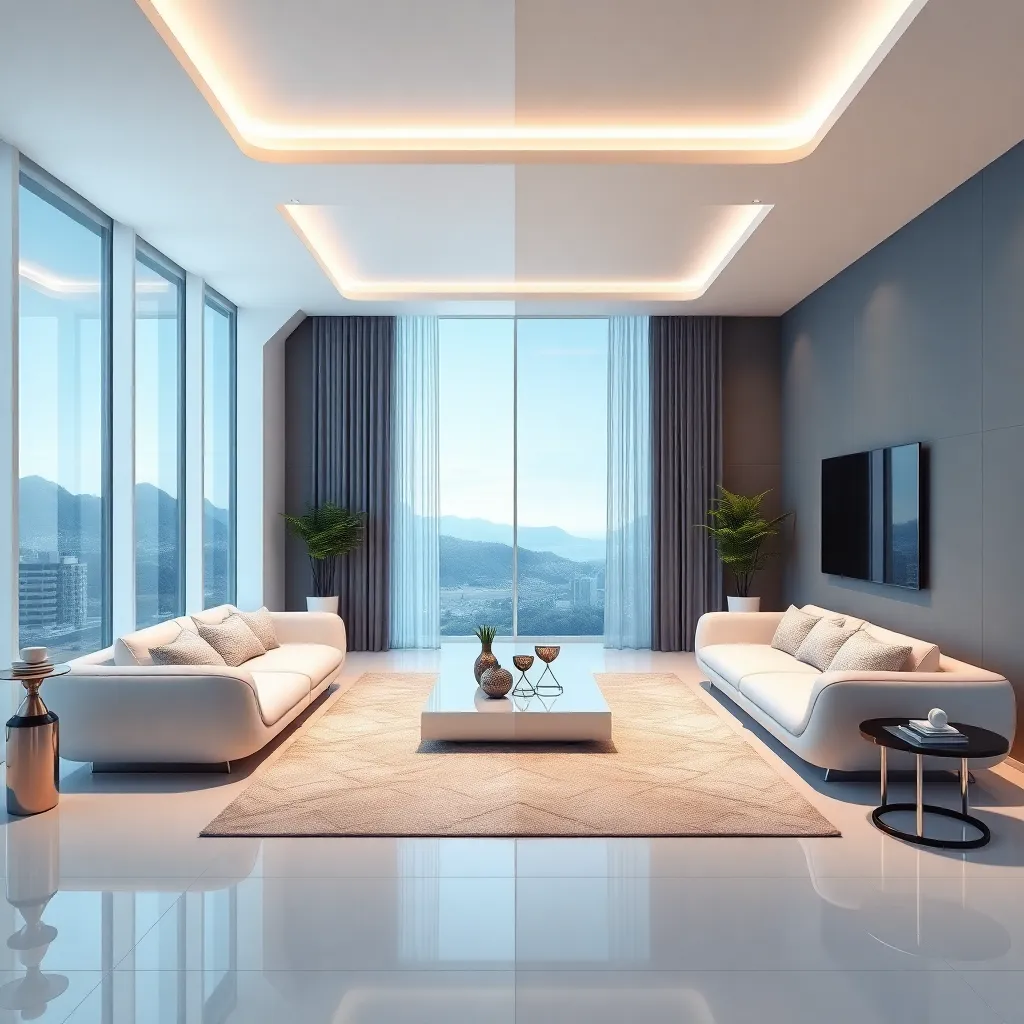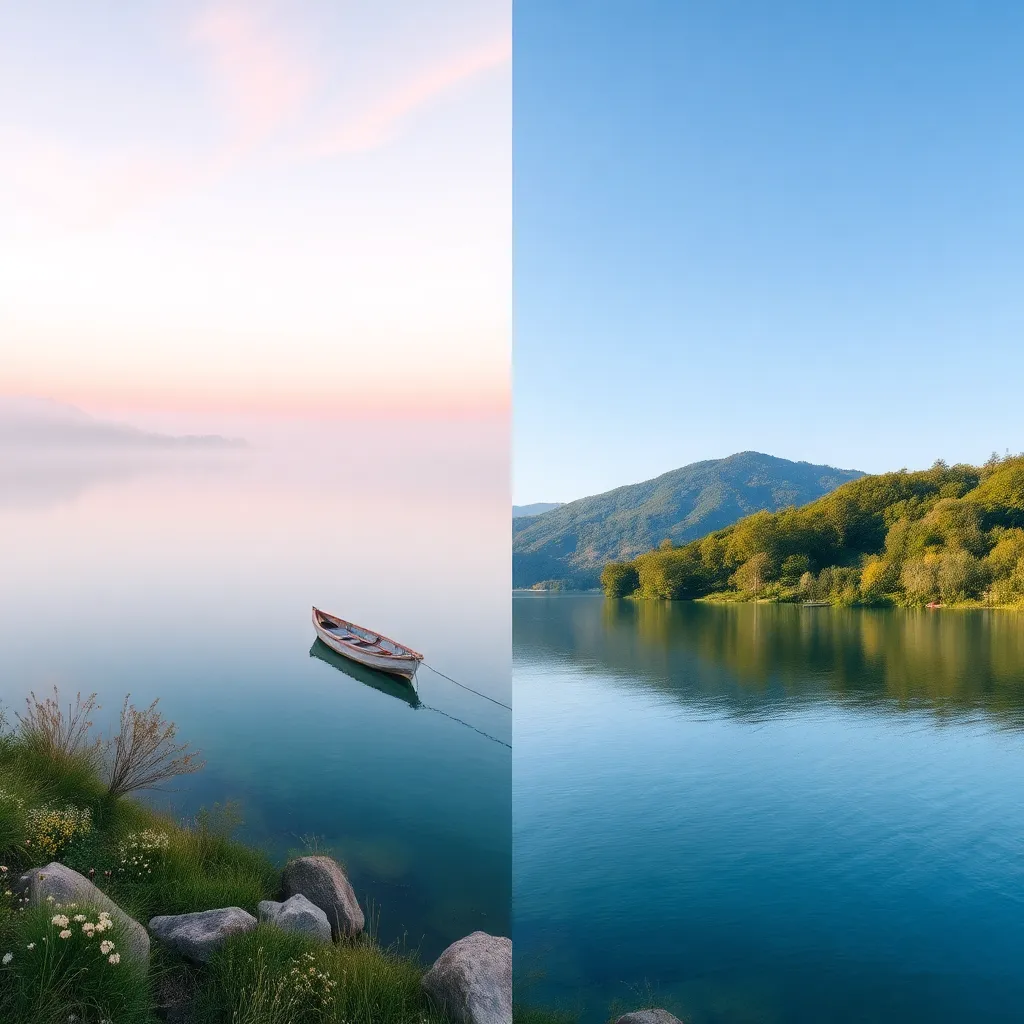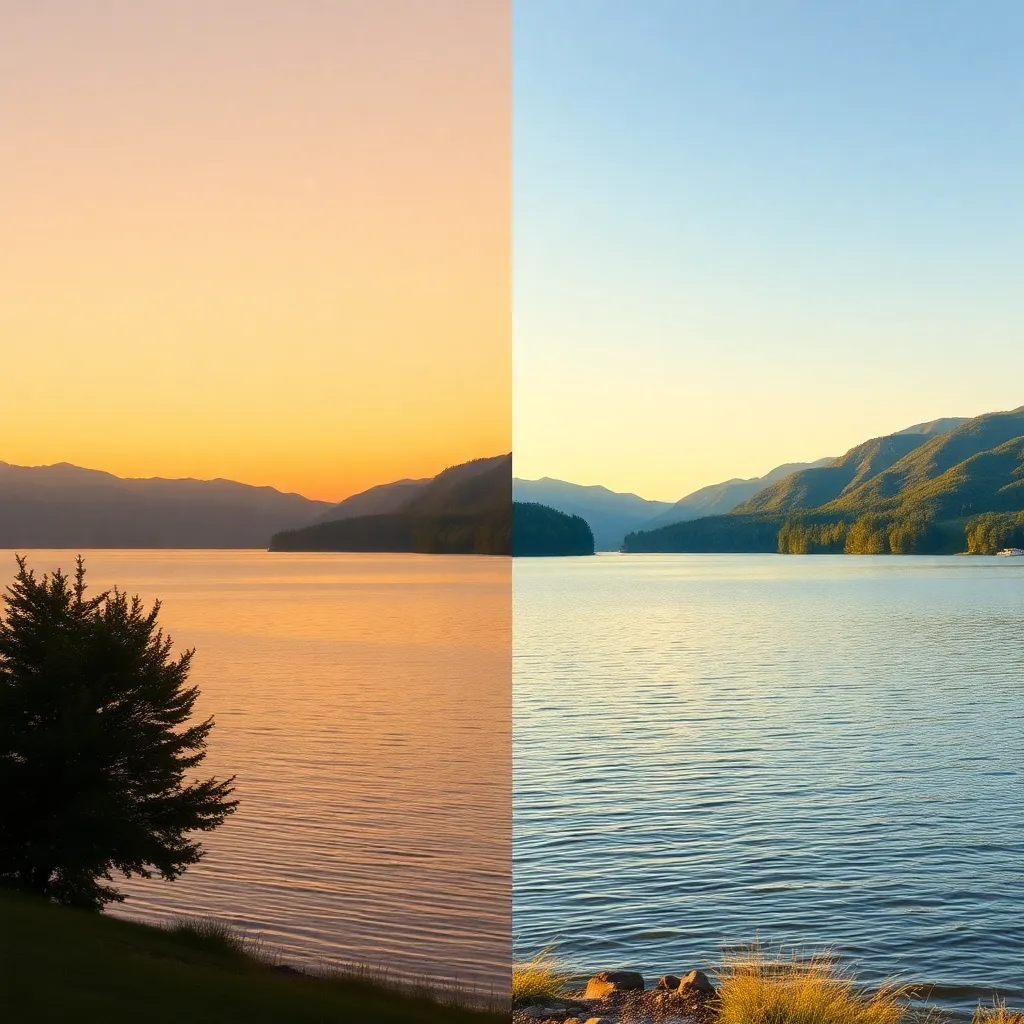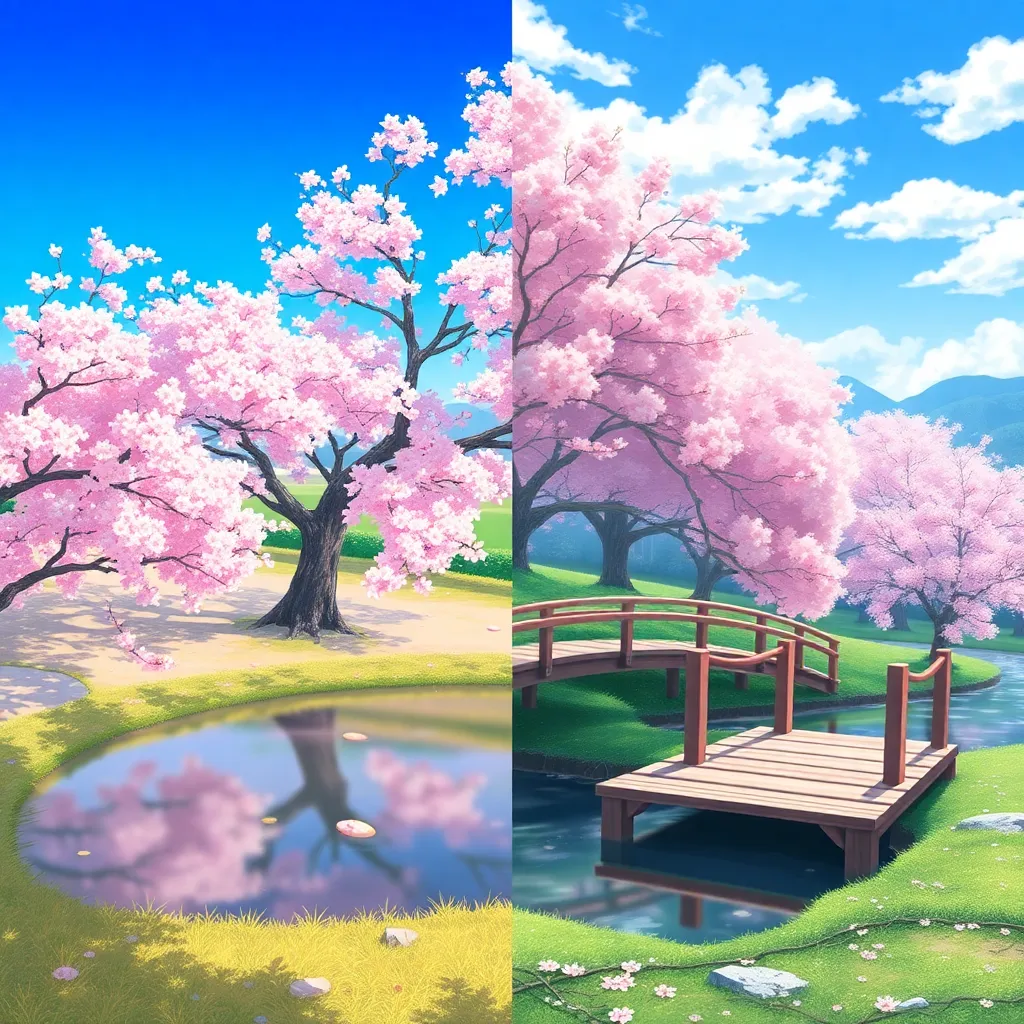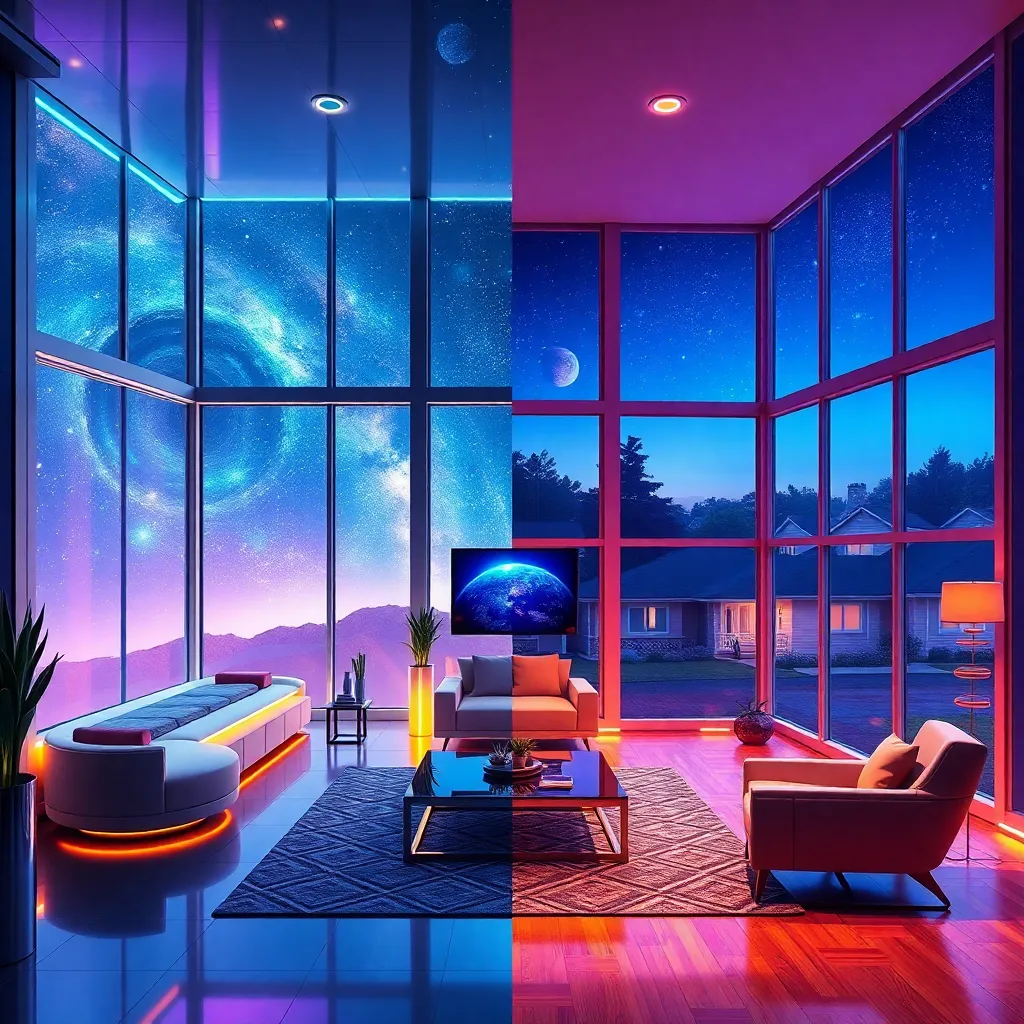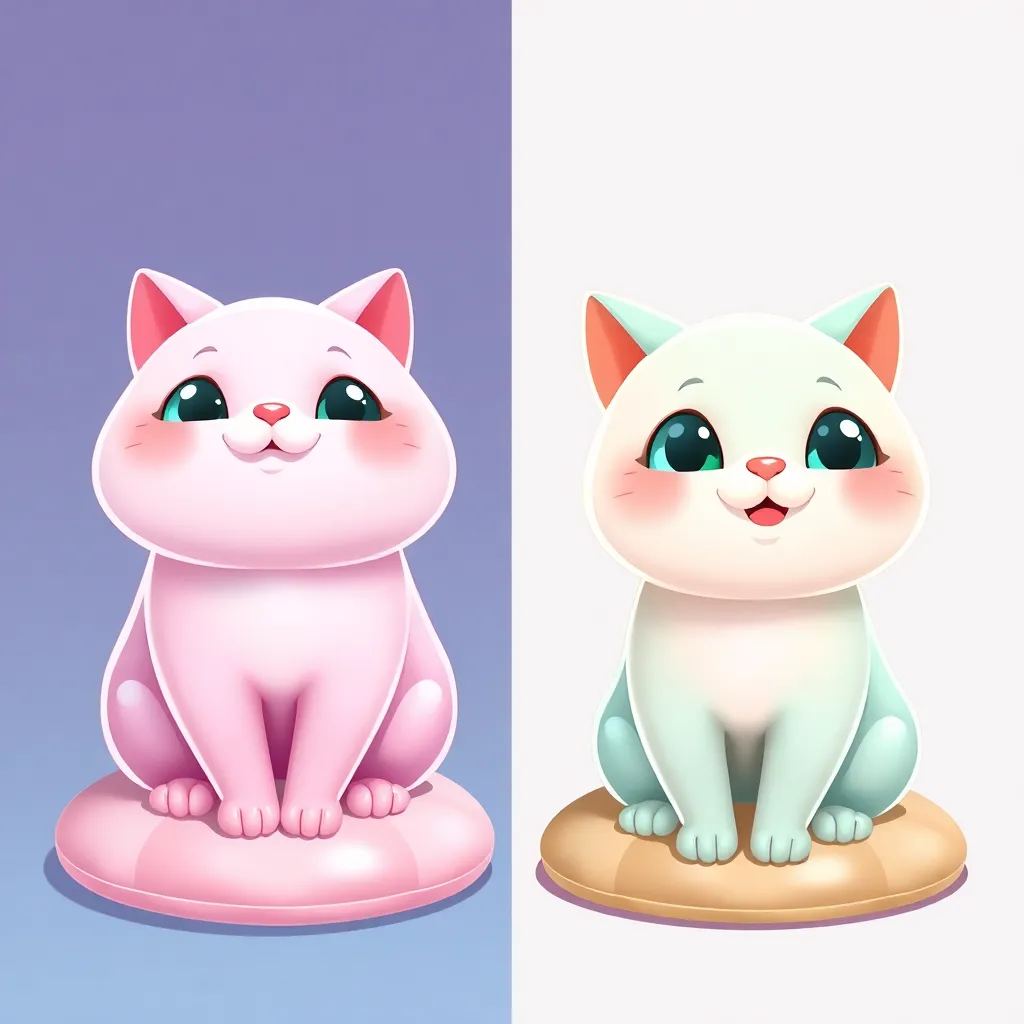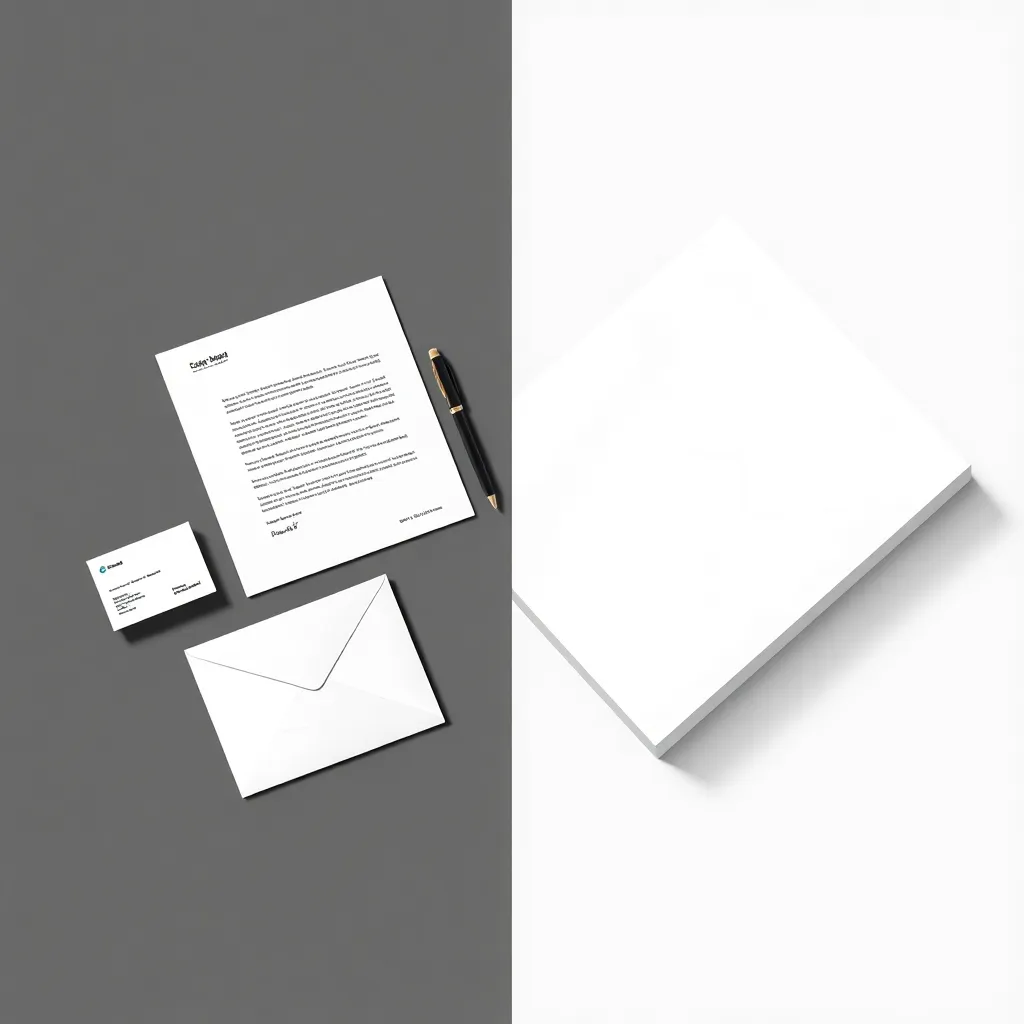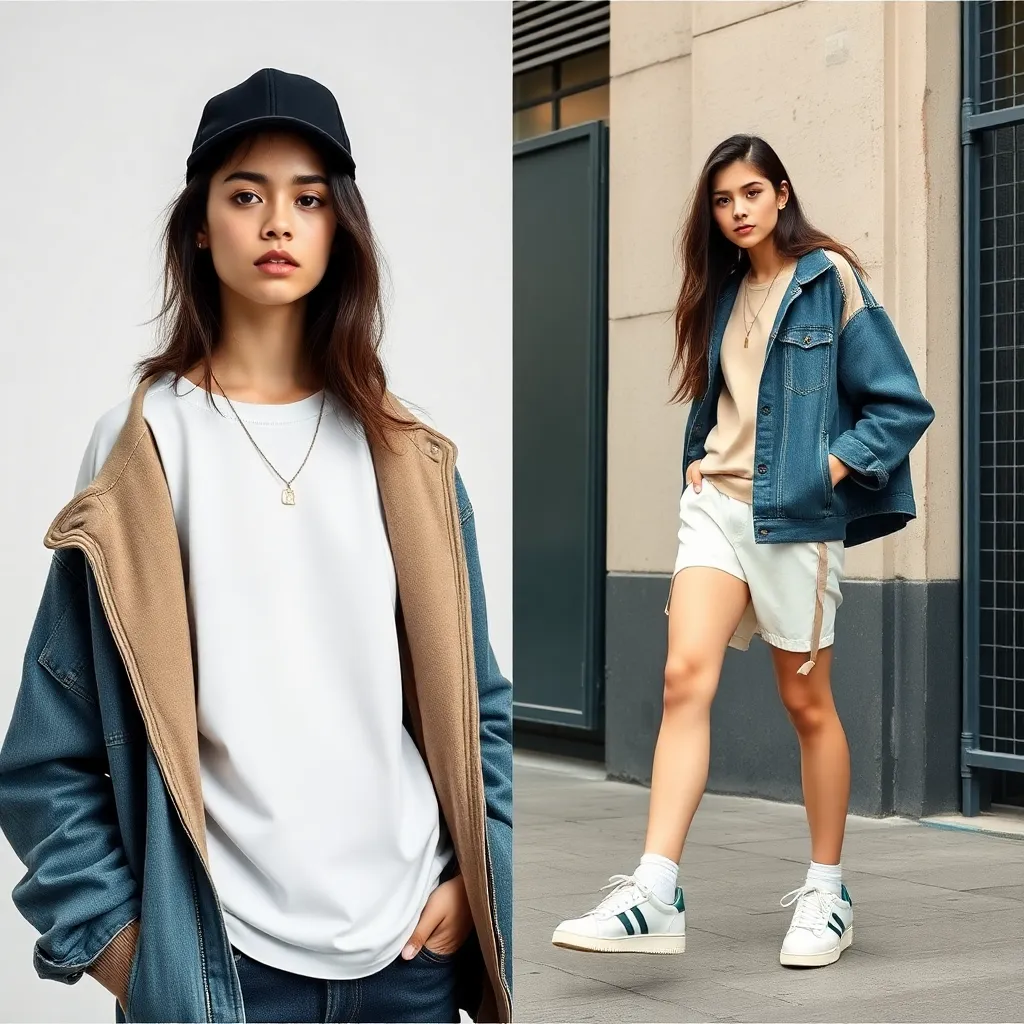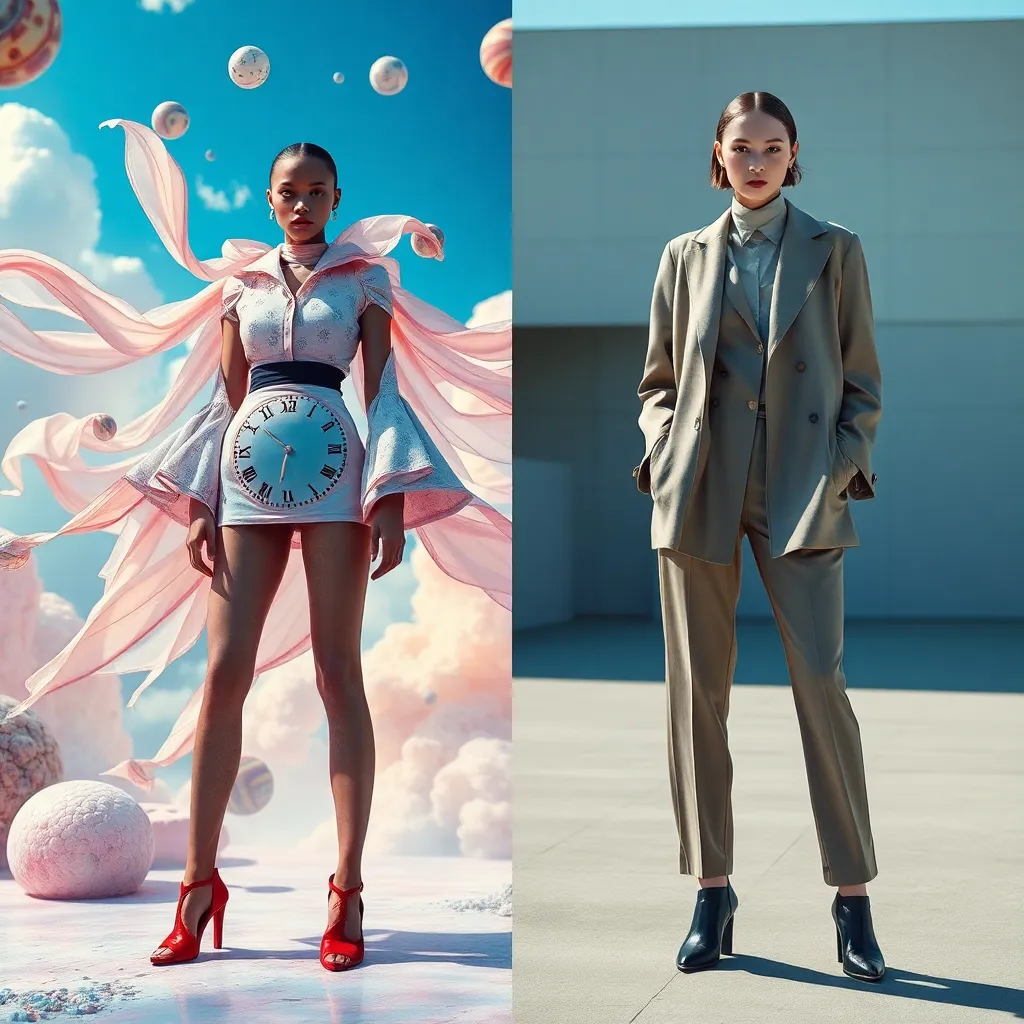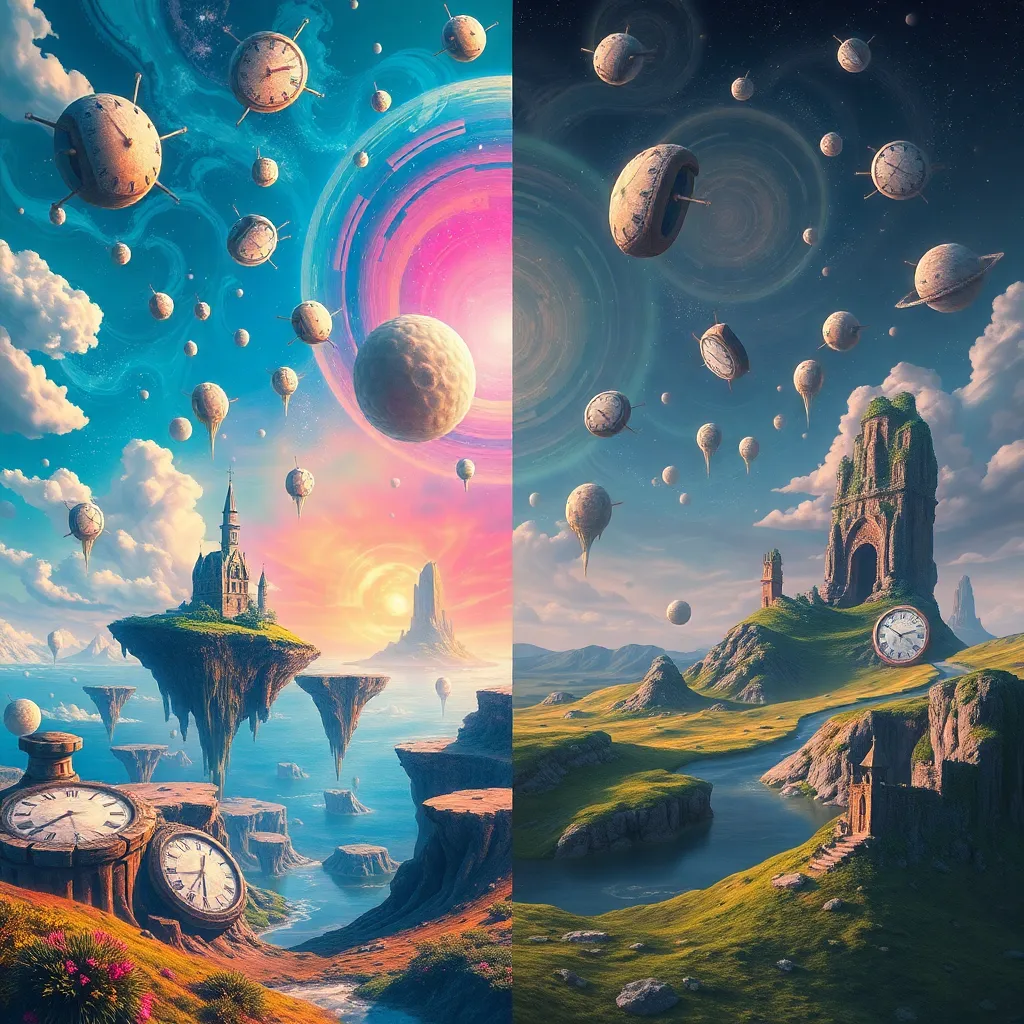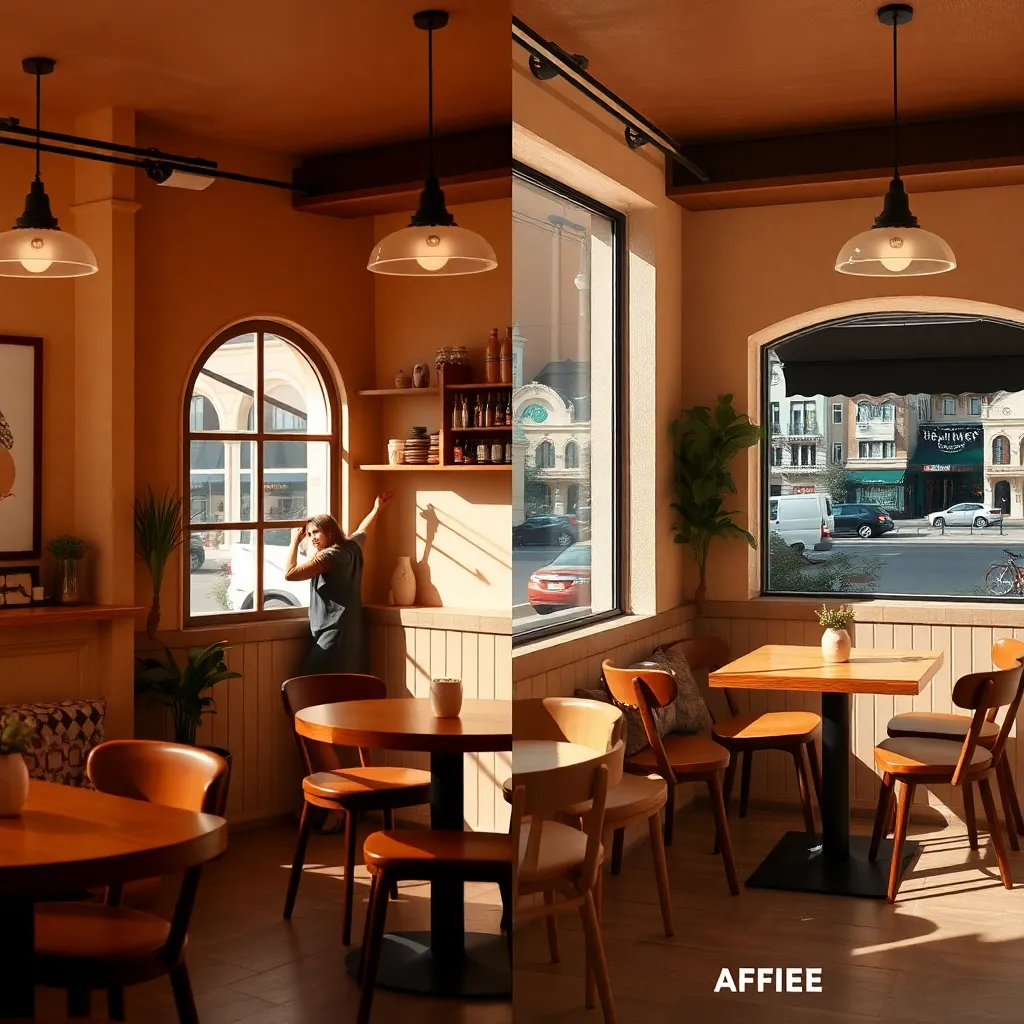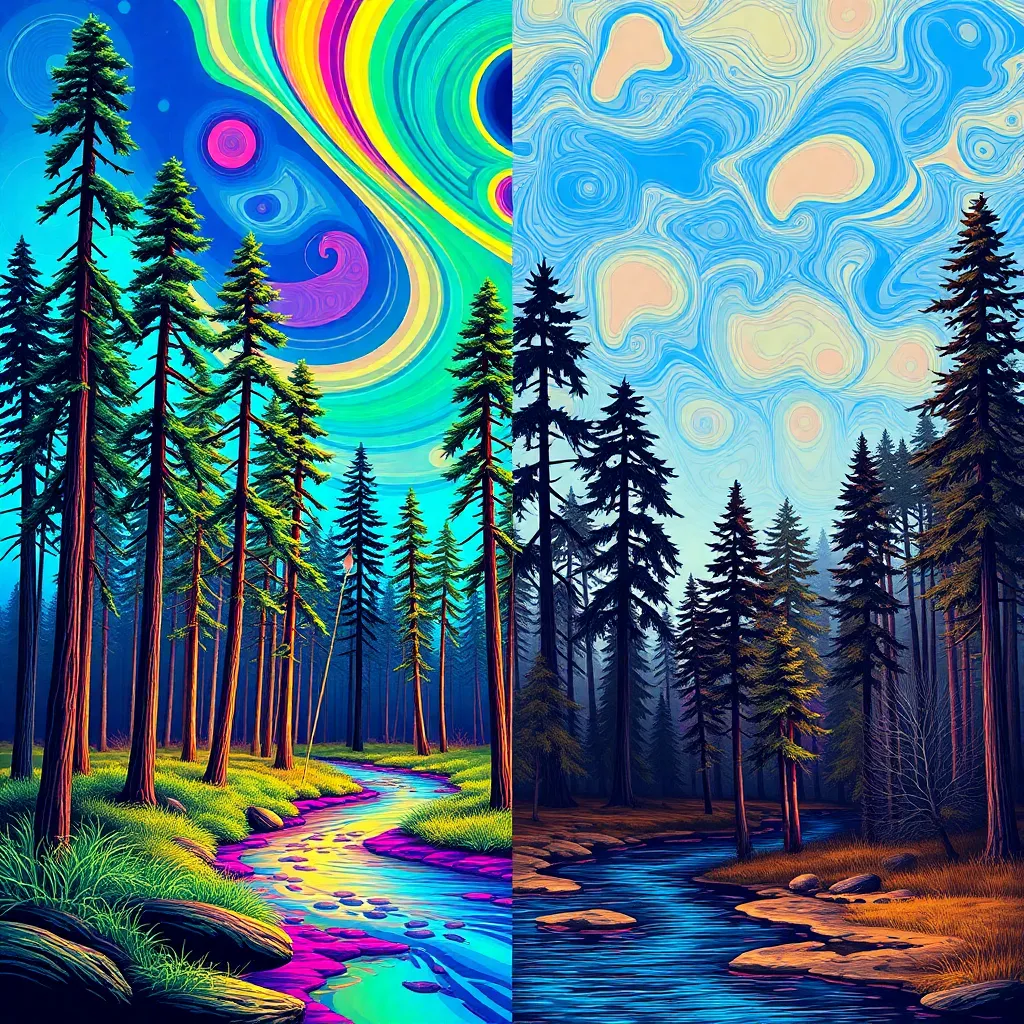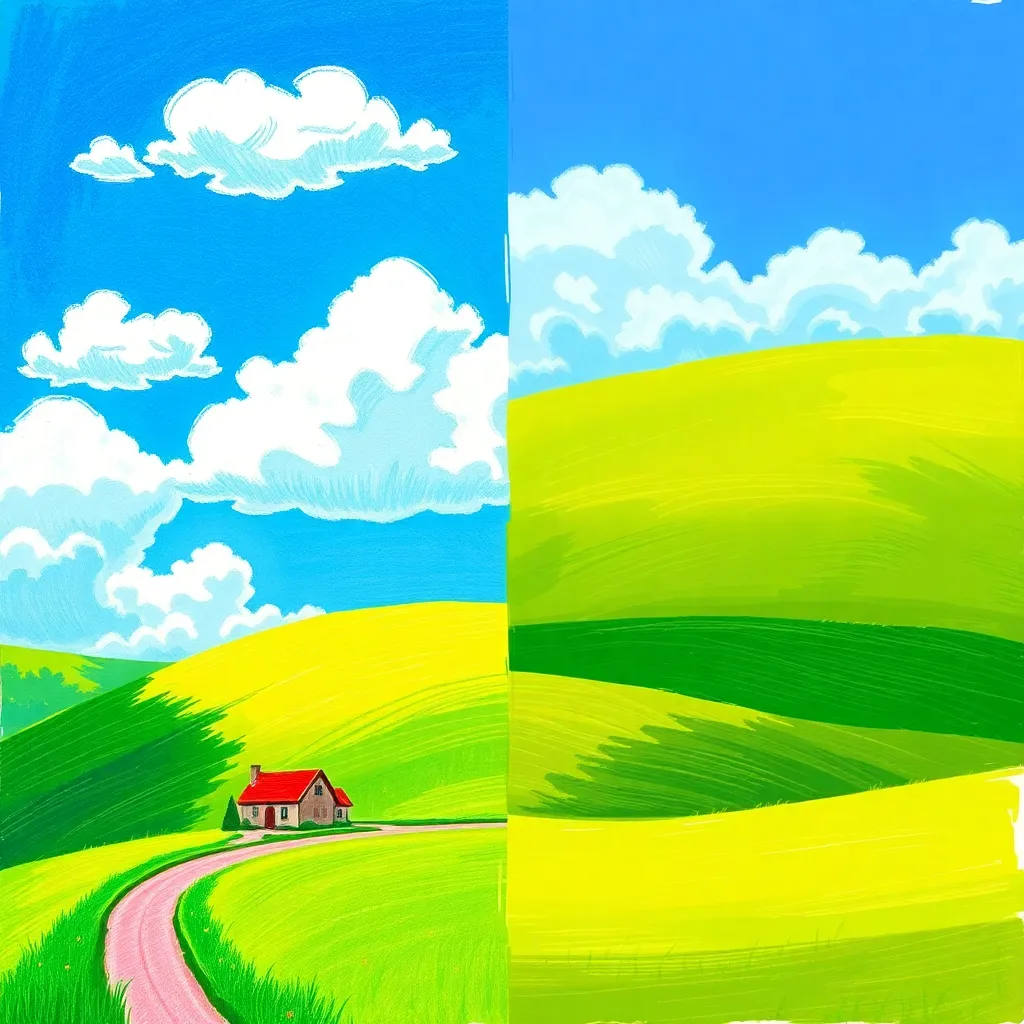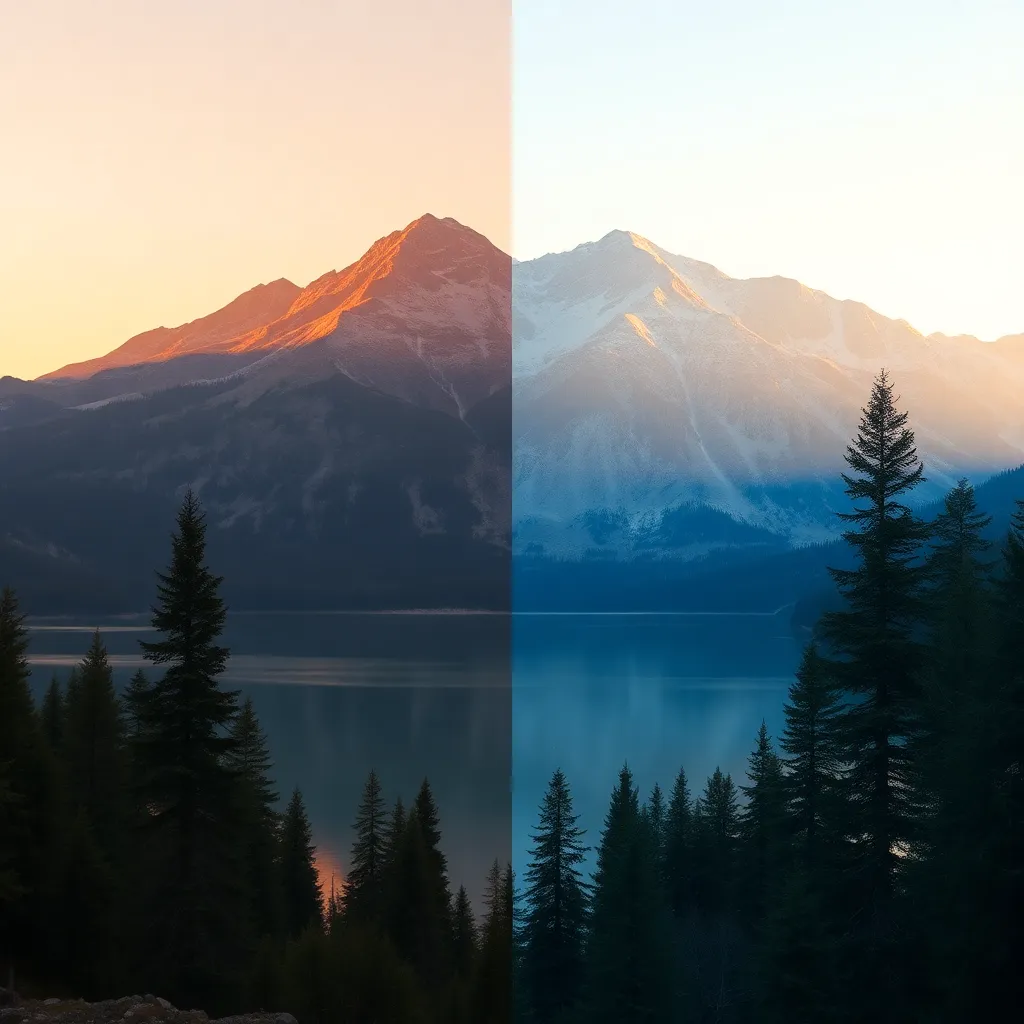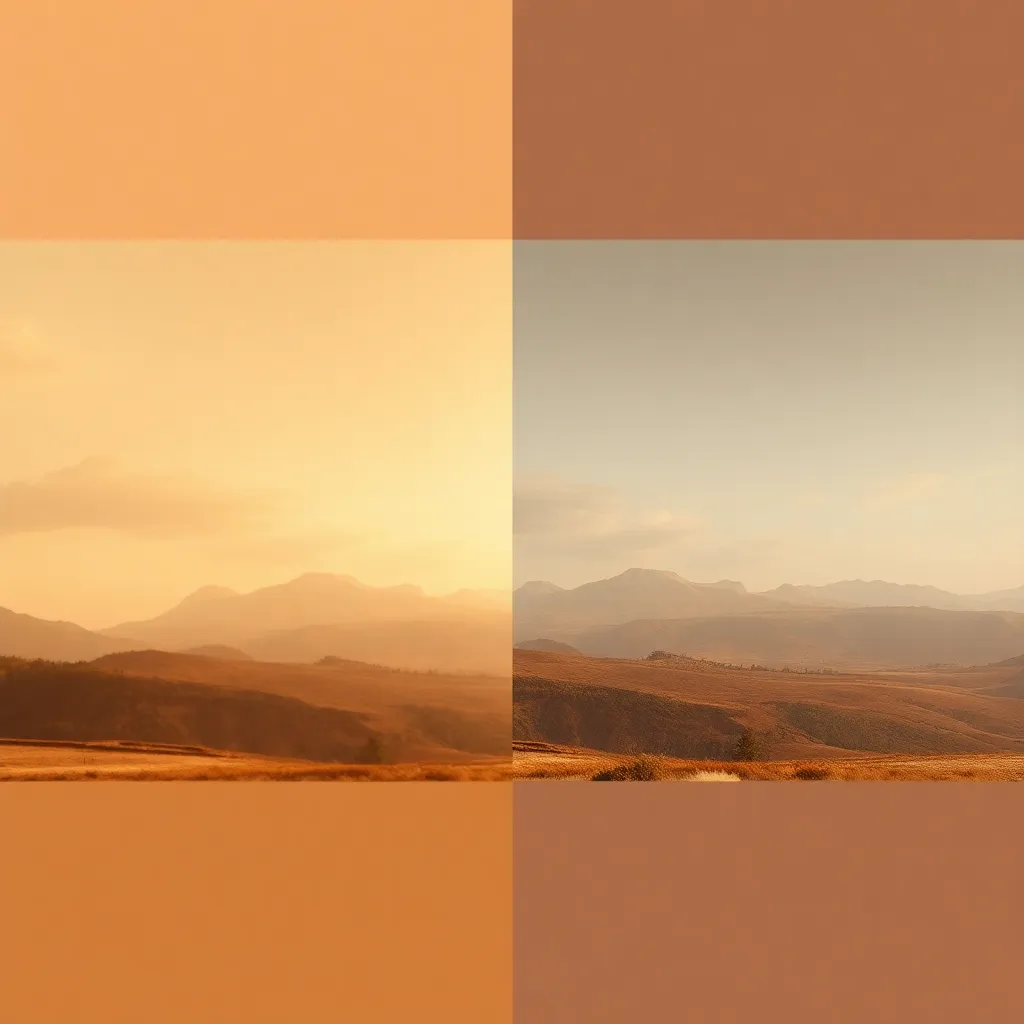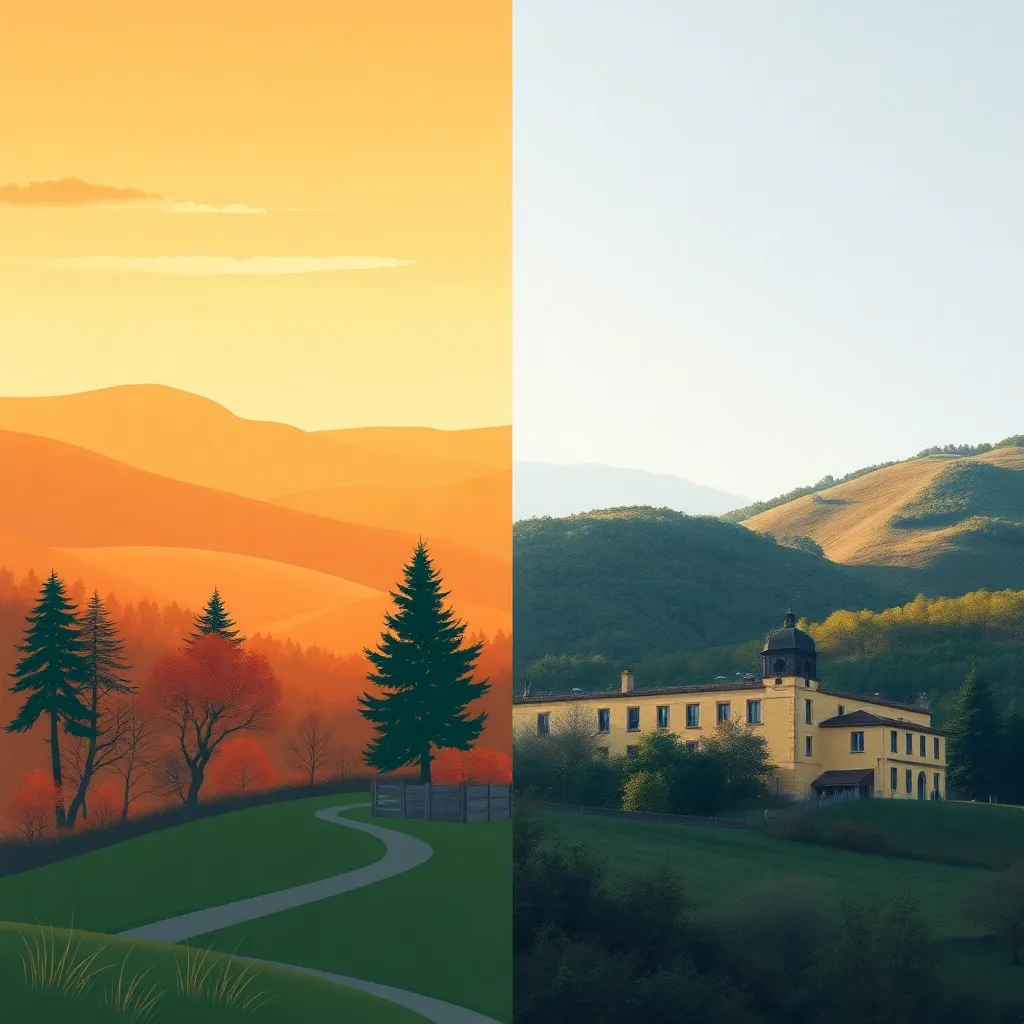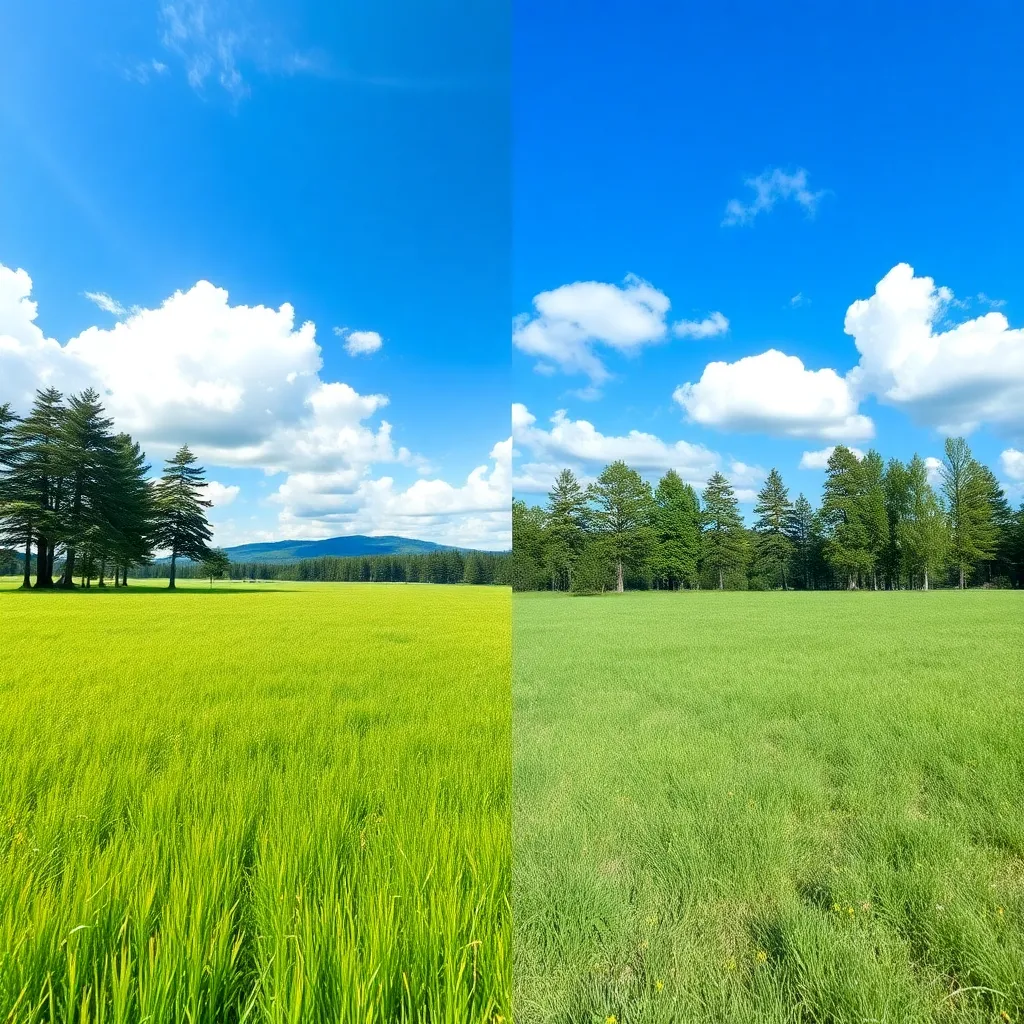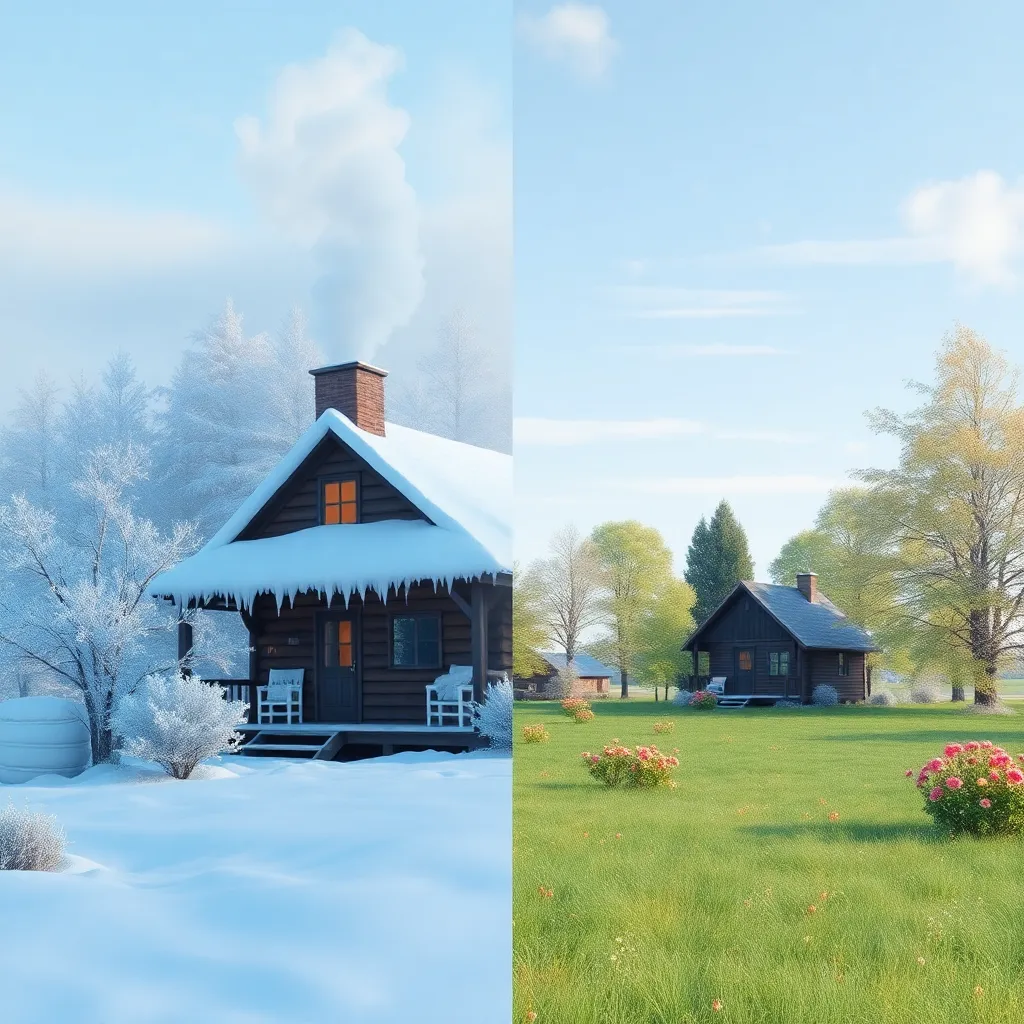Description of the Style: What is Dreamy Minimal 3D Style?
Dreamy Minimal 3D Style is a contemporary visual trend that fuses the simplicity of minimalism with the whimsical, ethereal qualities of soft light and pastel tones. At its core, the style leverages 3D rendering techniques to create objects and environments that appear weightless, glowing, and inviting. The forms are clean and uncluttered, often featuring floating elements, gentle gradients, and a color palette dominated by soft pinks, blues, and creams.
History of Dreamy Minimal 3D
The roots of this style stretch back to the minimalist design movement of the 1960s, which emphasized simplicity and the reduction of form. With the advent of modern 3D design tools and rendering technologies, artists began to explore ways to soften the starkness of minimalism using color, light, and digital effects. The Dreamy Minimal 3D style gained traction in the late 2010s, championed by digital artists on platforms like Behance, Dribbble, and Instagram, and fueled by increased demand for calming, modern visuals in tech, wellness, and editorial spaces.
Who is Using Dreamy Minimal 3D Style?
Dreamy Minimal 3D Style is embraced by a spectrum of creative professionals:
- Tech companies use it in product advertisements and app landing pages to convey innovation and a sense of ease.
- Editorial and commercial designers leverage it for magazine covers, illustrations, and campaign visuals to attract and soothe viewers.
- Startups and brands in wellness, productivity, and lifestyle sectors utilize the style’s calming effect to build trust and positive associations.
- Children’s publishers adopt it for book covers and illustrations, capitalizing on its playful, magical undertones.
- Interior designers and architects use 3D renders in this style to present serene, aspirational living spaces.
- Fashion brands employ it for posters and digital campaigns, merging futuristic vibes with high-art sensibilities.
How Does Dreamy Minimal 3D Style Enhance Photos?
Dreamy Minimal 3D style transforms ordinary visuals into captivating, emotionally resonant imagery in several ways:
1. Soothing Atmosphere
The use of pastel hues and gentle gradients creates a calming effect, making images feel welcoming and stress-free—a quality highly sought after in today’s fast-paced digital environment.
2. Visual Depth and Curiosity
Three-dimensional forms, floating elements, and soft shadows add depth and interest, encouraging the viewer to explore the image and linger longer.
3. Futuristic Yet Approachable
By blending advanced 3D modeling with minimalism, the style evokes a futuristic vibe that remains friendly and accessible, rather than cold or sterile.
4. Highlighting Key Subjects
Minimal backgrounds focus attention on the primary subject—be it a product, character, or message—making the visual communication clear and effective.
5. Emotional Connection
The dreamy glow, soft focus, and whimsical floating shapes can evoke feelings of nostalgia, wonder, and joy, enhancing the emotional impact of the image.
Use Cases of Dreamy Minimal 3D Style
Tech Product Advertisement
Minimal 3D environments with soft lighting and floating objects make tech products appear innovative, desirable, and easy to use. The style removes visual clutter, allowing the product to shine while associating it with calm and modernity.
Relaxing Workspace Illustration
For productivity, wellness, or remote work brands, dreamy minimal 3D workspaces communicate relaxation, focus, and inspiration. The serene setting appeals to users seeking balance in their digital or physical environments.
Fantasy Landscape for Meditation Apps
This style is a natural fit for backgrounds in meditation, relaxation, and mindfulness apps. The gentle gradients, floating shapes, and soft mists help users feel at ease and encourage a sense of escapism.
Futuristic Fashion Poster
In fashion, Dreamy Minimal 3D elevates editorial visuals with a high-concept, avant-garde feel. The ethereal glow and floating forms spotlight the clothing and model, making the composition both memorable and stylish.
Children’s Book Cover
The playful use of color, soft lighting, and whimsical 3D elements create magical, inviting scenes that capture the imagination of children and their parents alike.
Modern Home Interior Design Inspiration
For design magazines and lifestyle platforms, Dreamy Minimal 3D renders showcase interiors that feel both aspirational and attainable—clean, cozy, and filled with soft, glowing light.
Pro Tips for Achieving Dreamy Minimal 3D Style
- Choose a Soft Pastel Palette: Stick to light, harmonious colors—mint, blush, lavender, and sky blue—to set a dreamy mood.
- Emphasize Lighting: Use ambient or glowing light sources to create gentle shadows and ethereal highlights.
- Simplify Forms: Focus on clean lines, geometric shapes, and uncluttered compositions to maintain minimalism.
- Incorporate Floating Elements: Add abstract or geometric forms that appear to float, reinforcing the sense of weightlessness and magic.
- Balance Negative Space: Give your compositions room to breathe; avoid overcrowding elements to enhance the calming effect.
- Add Subtle Details: Light gradients, soft glows, and gentle reflections can add depth and polish without overwhelming the viewer.
In conclusion, Dreamy Minimal 3D Style is a powerful visual trend that combines the best of modern minimalism with soft, inviting, and imaginative elements. Its versatility makes it ideal for a wide range of creative projects—from tech and editorial to interior design and children’s publishing. By mastering this style, you can create visuals that are not only beautiful but also emotionally engaging and memorable.
